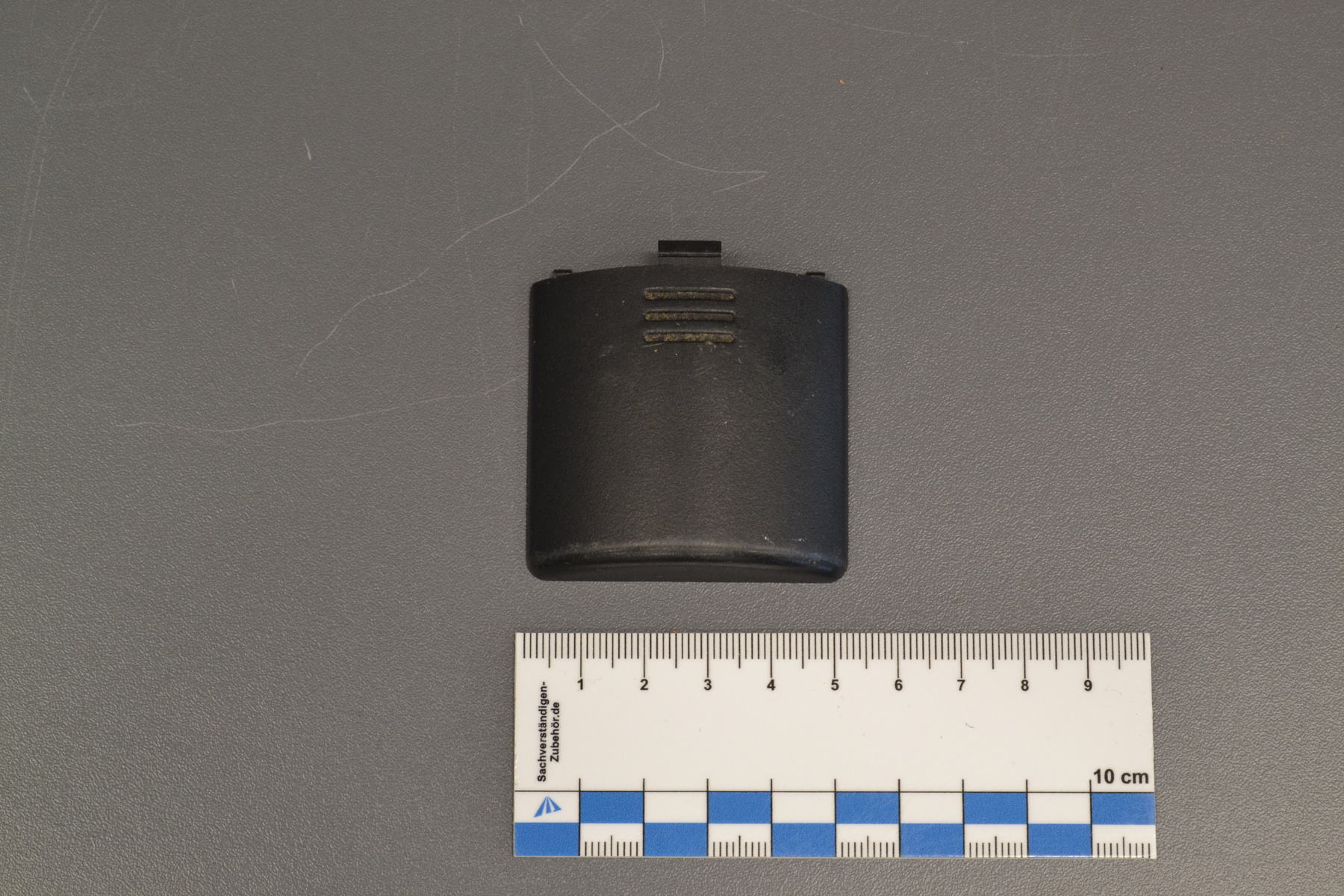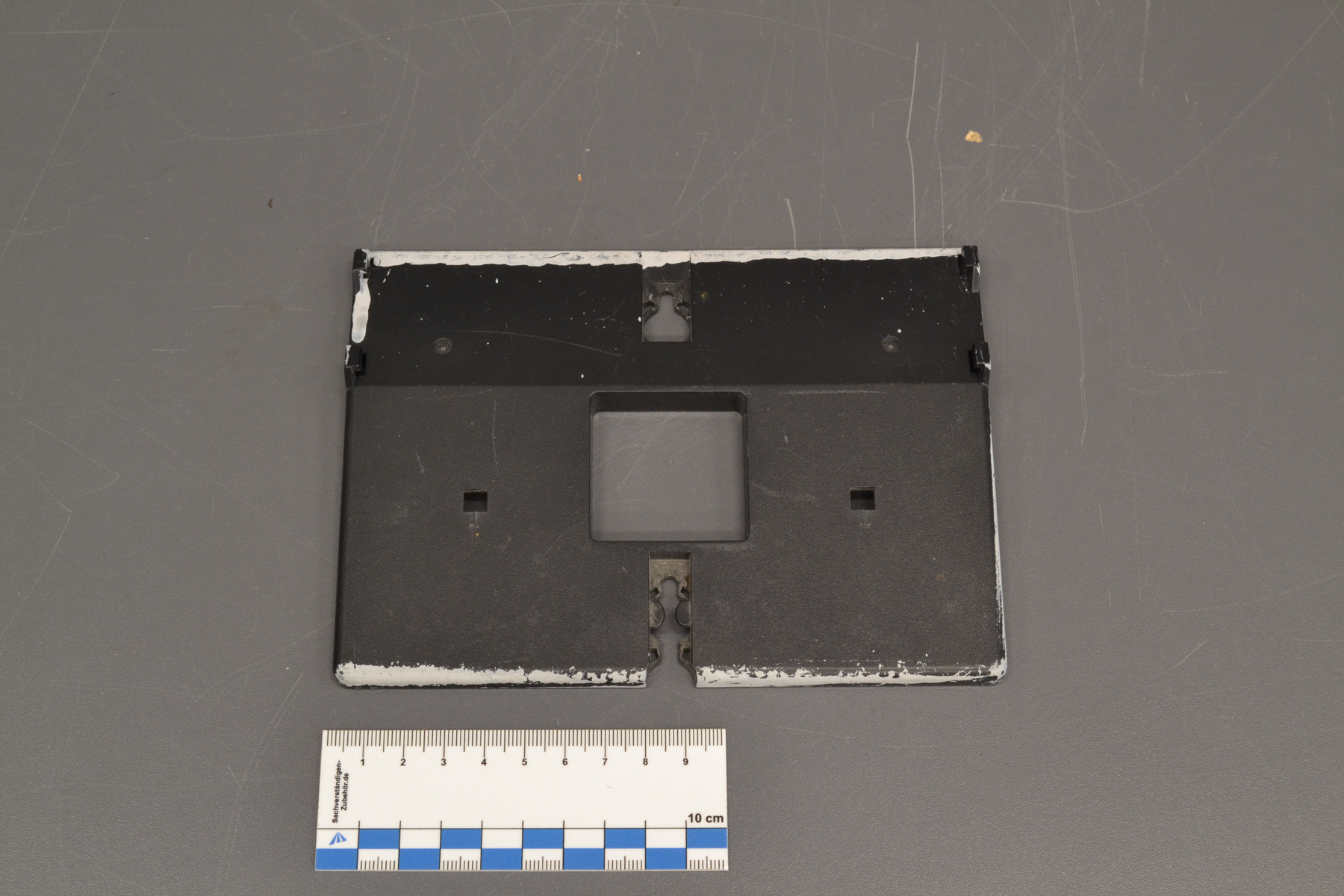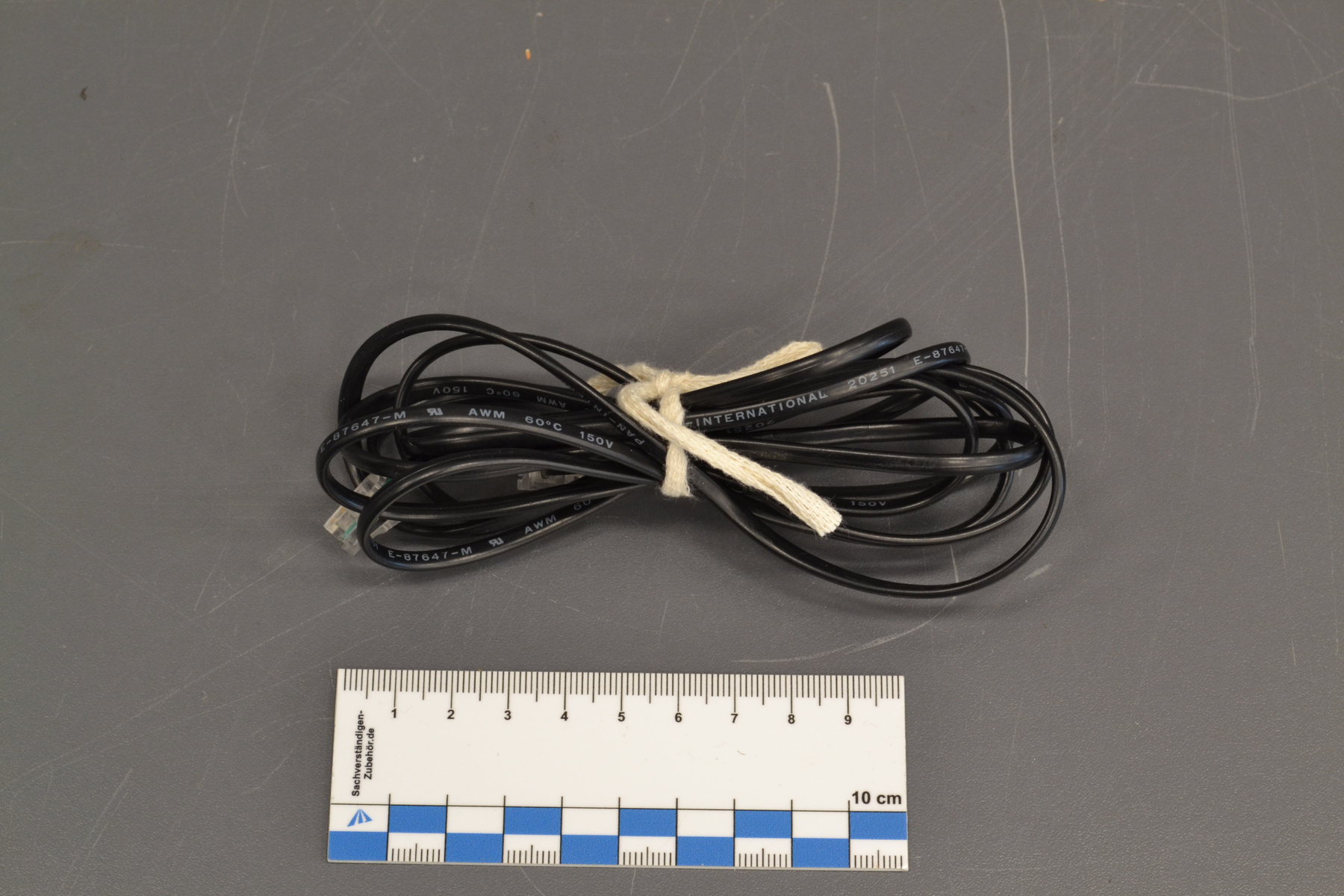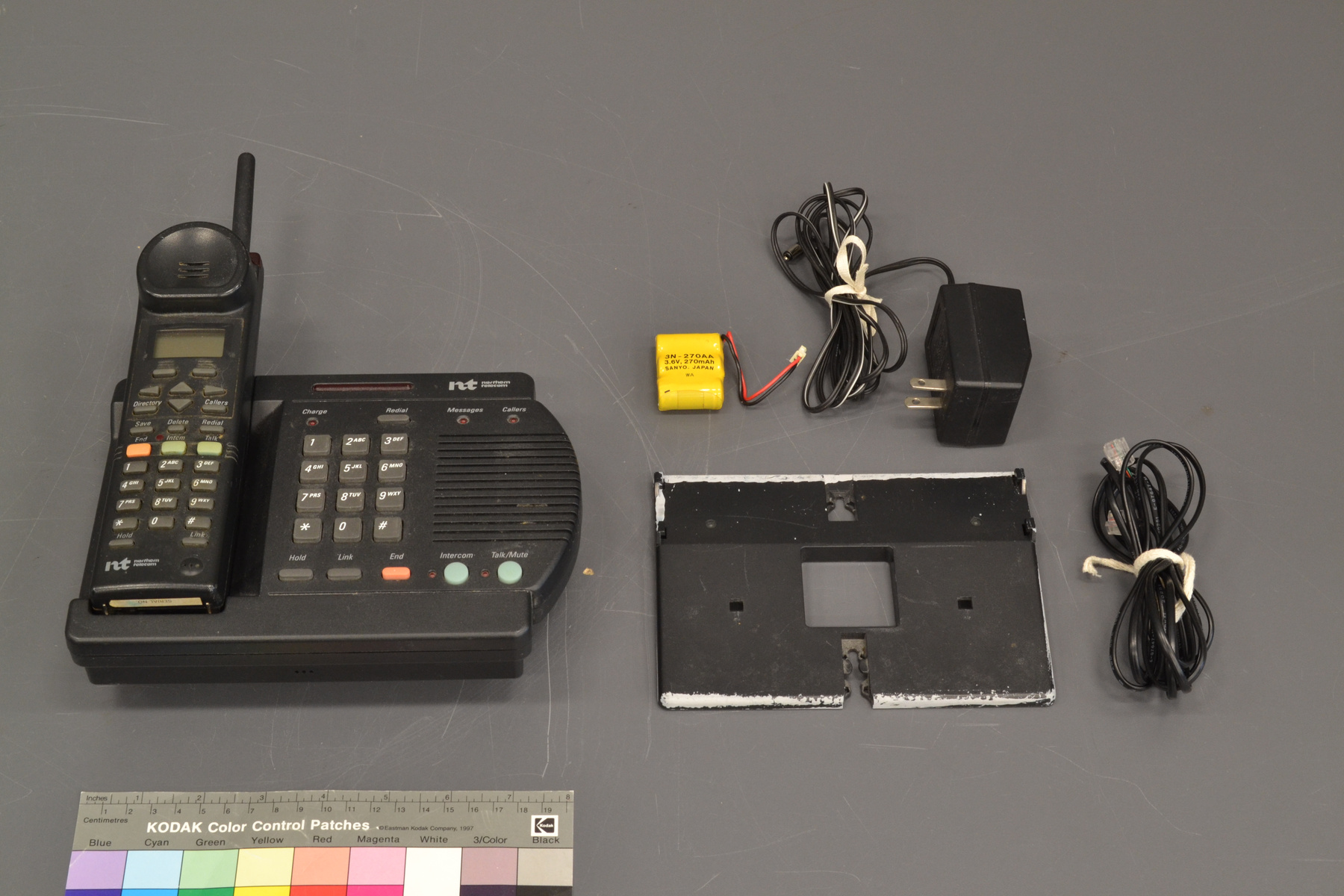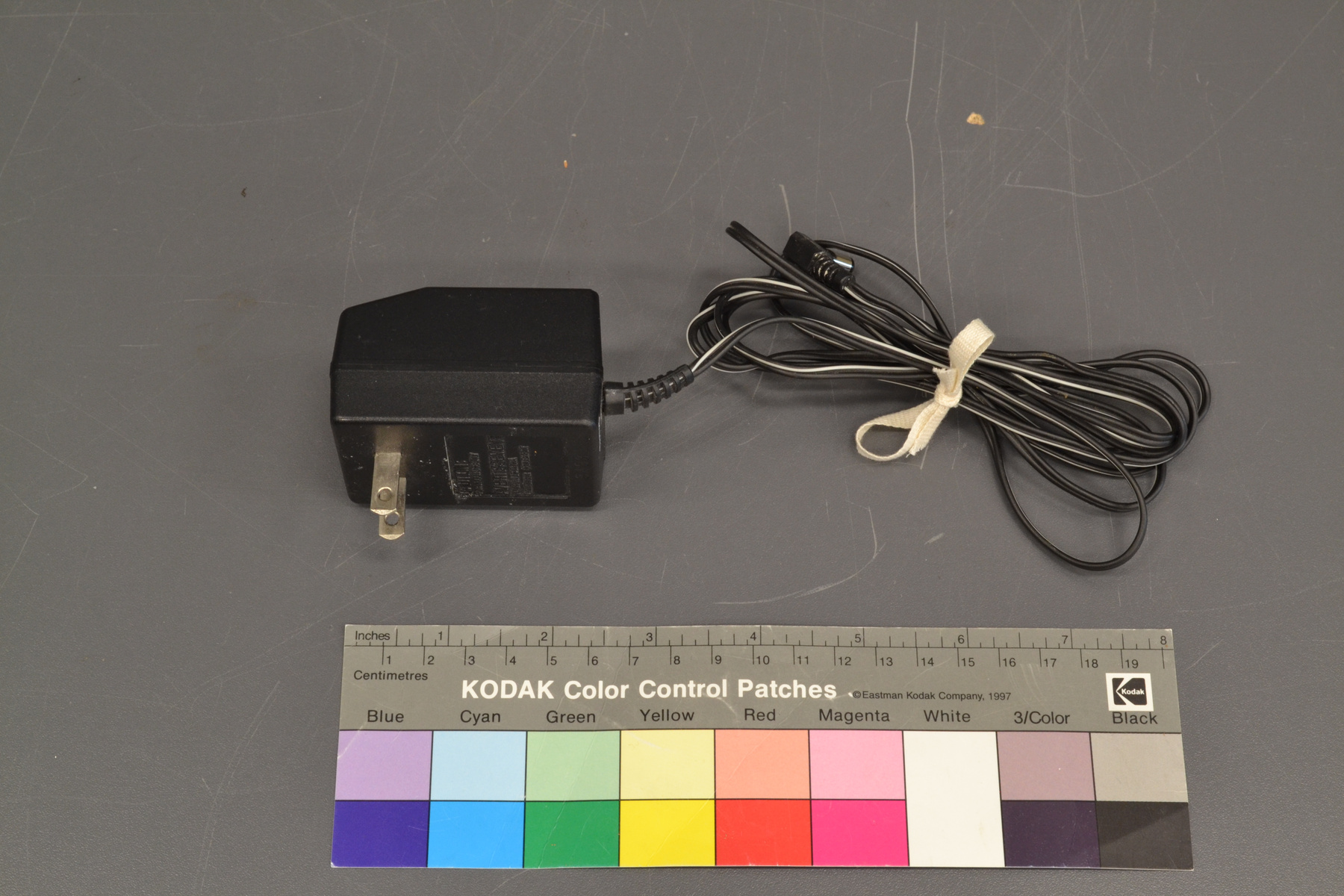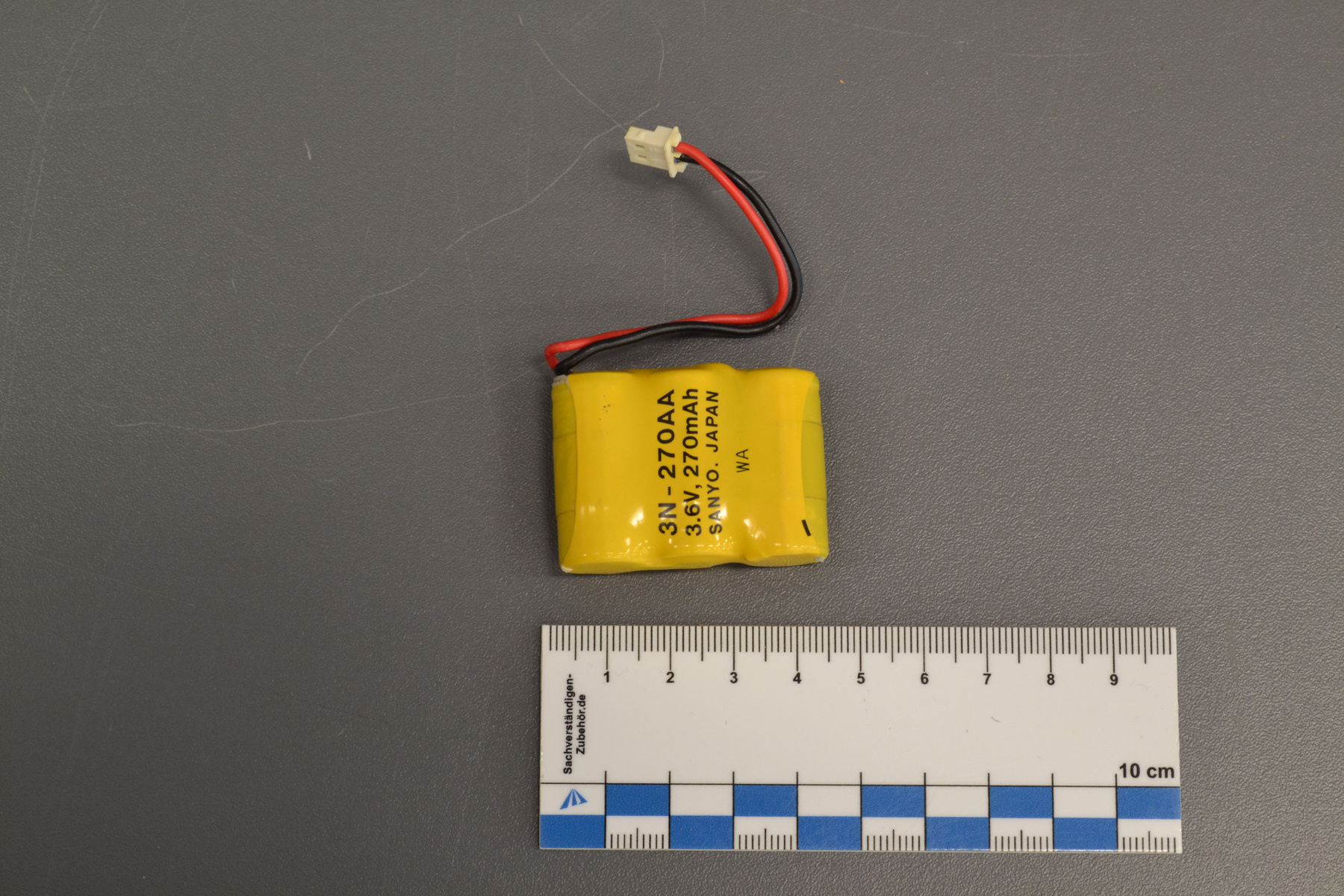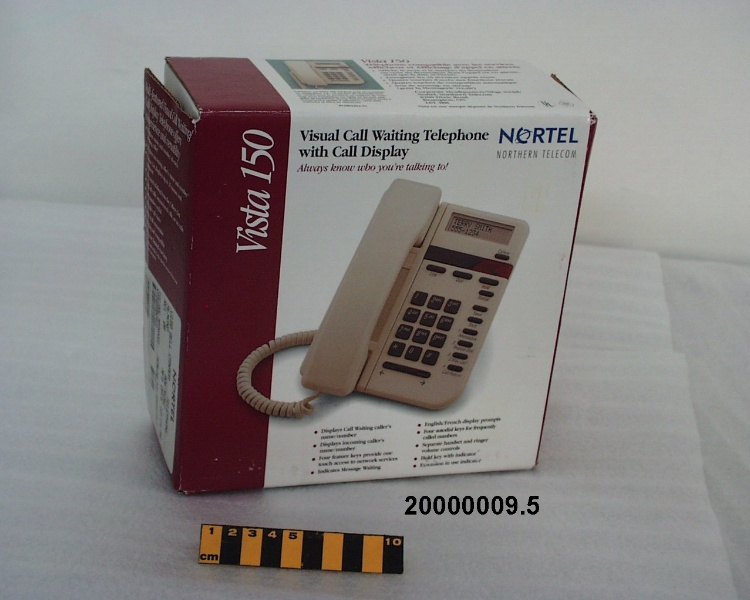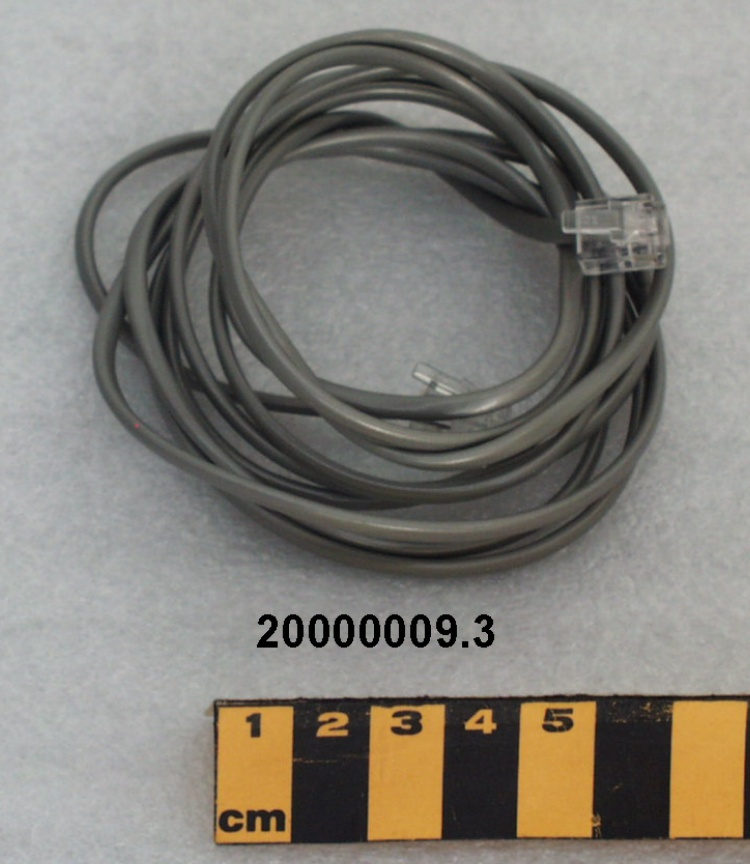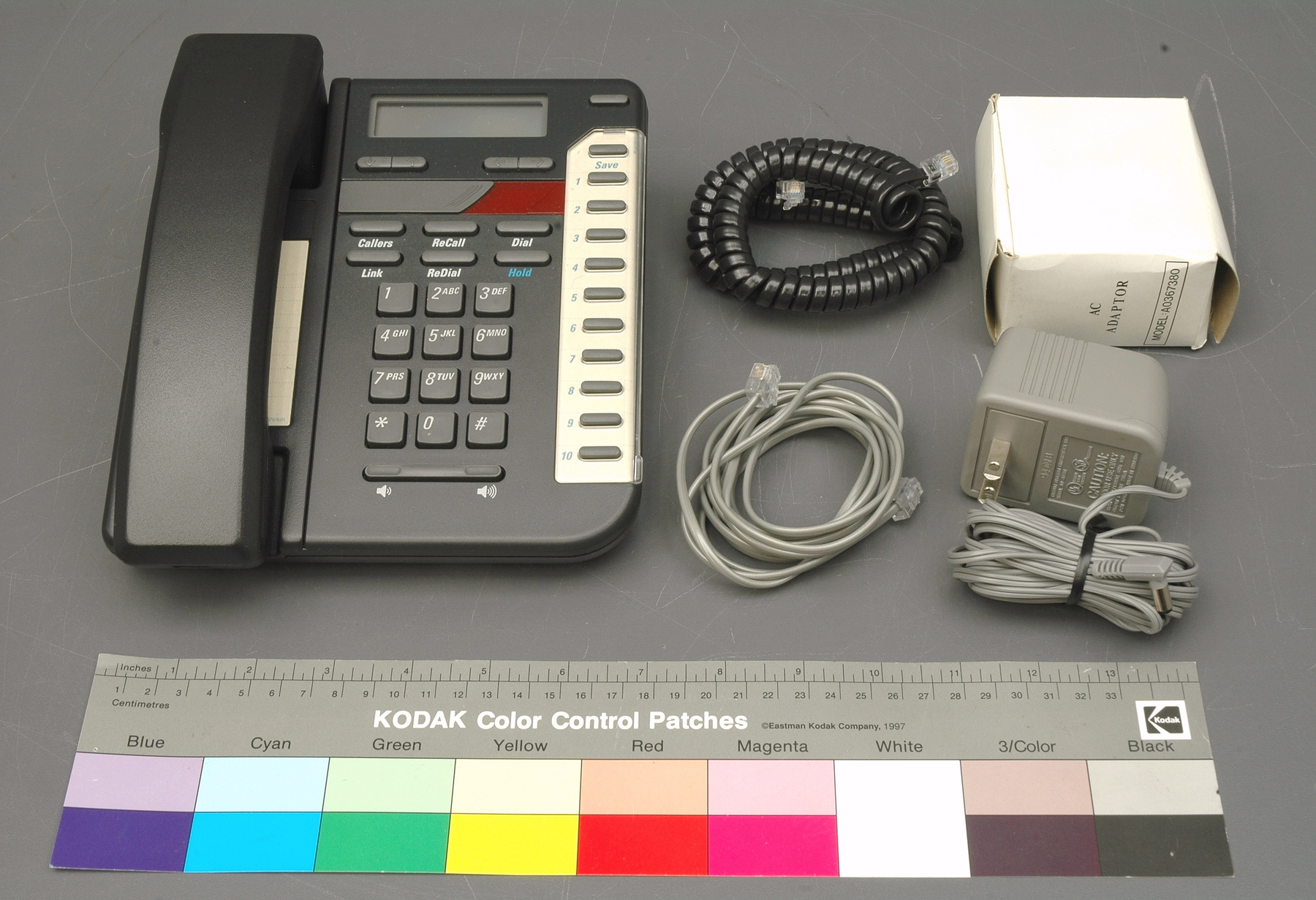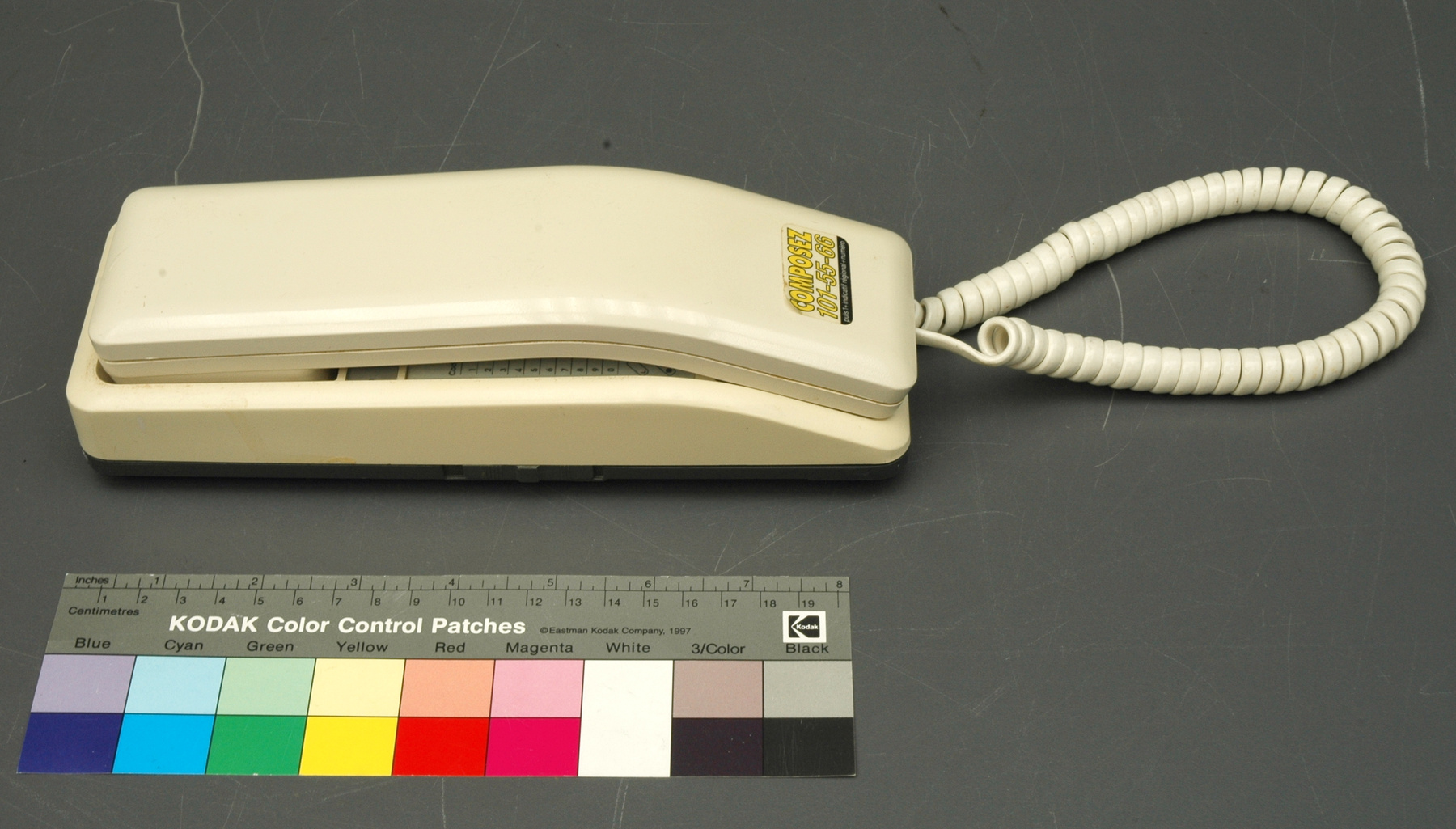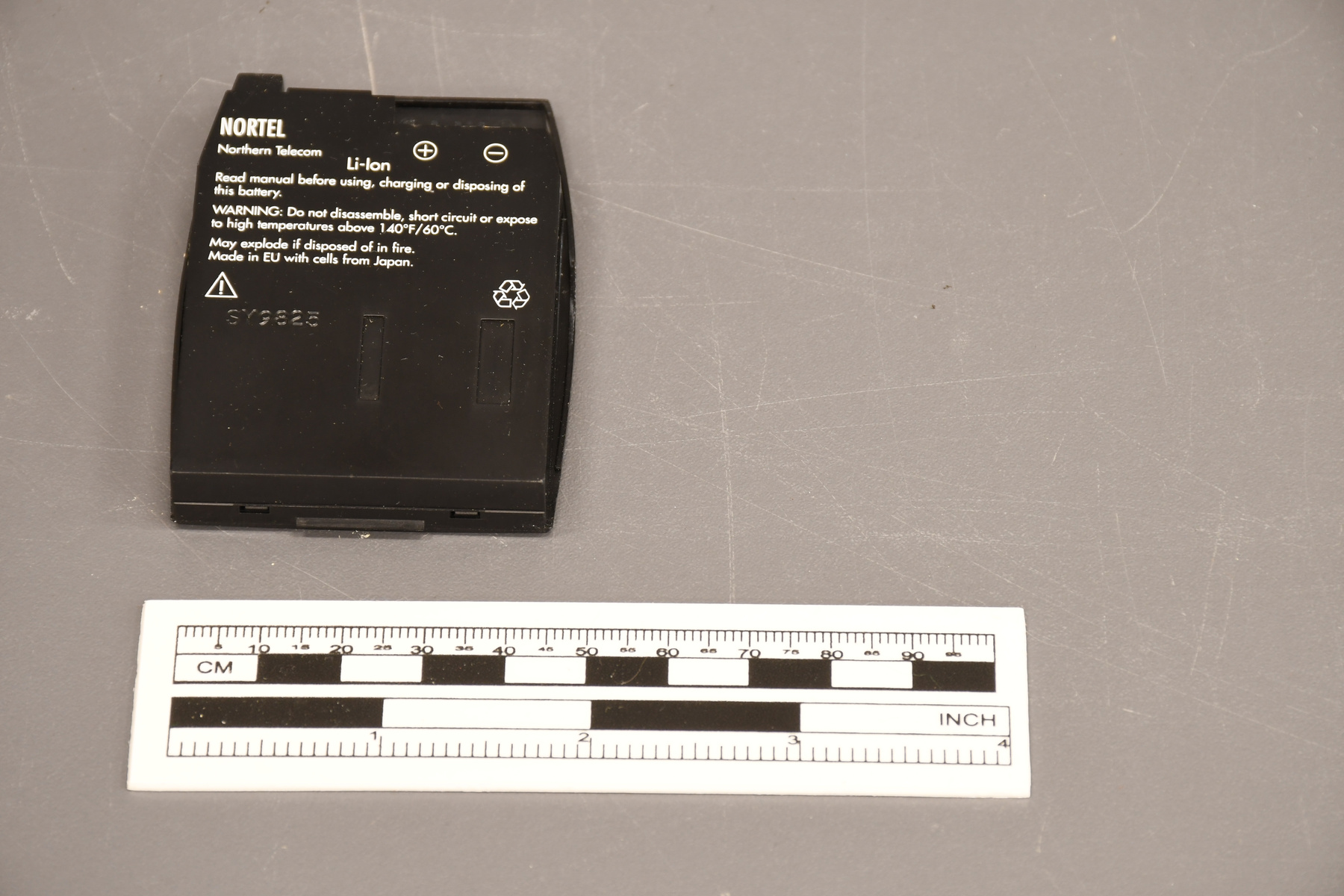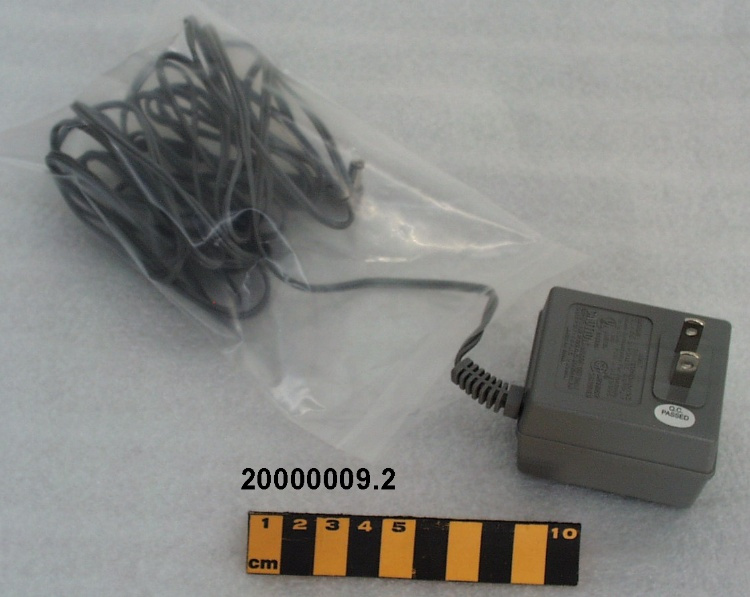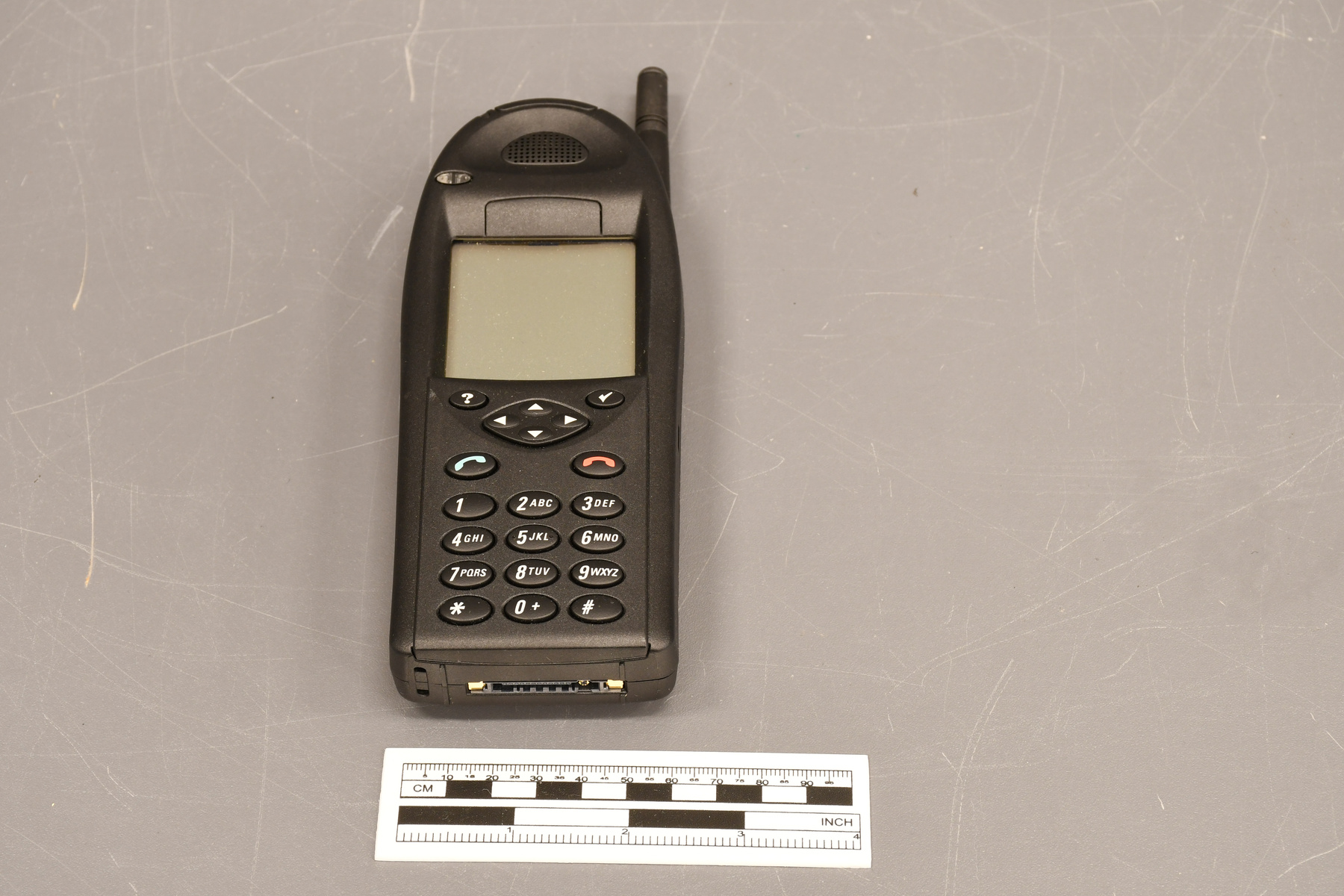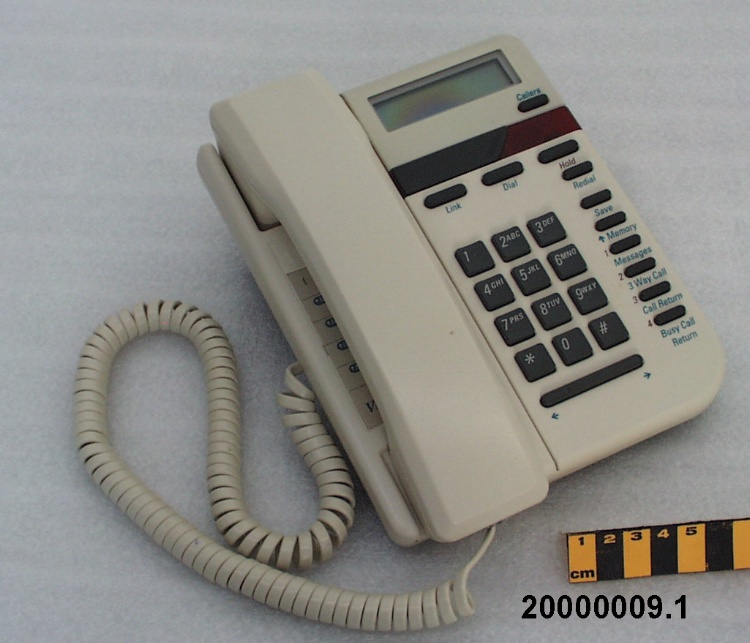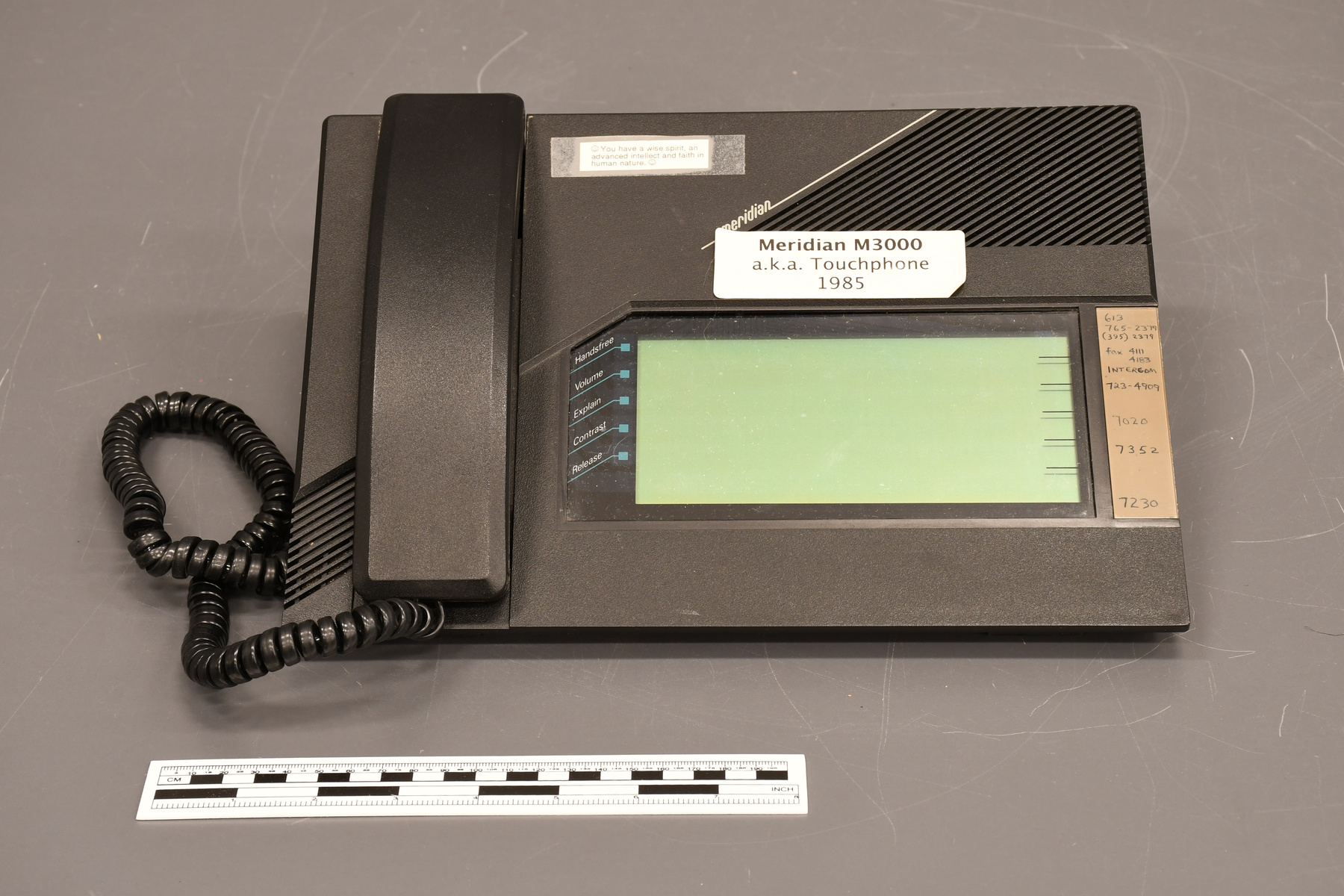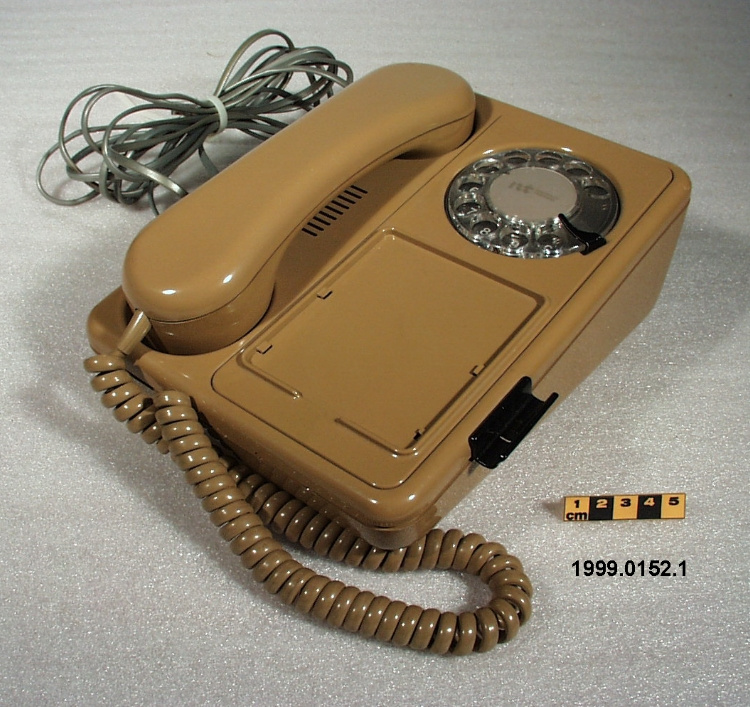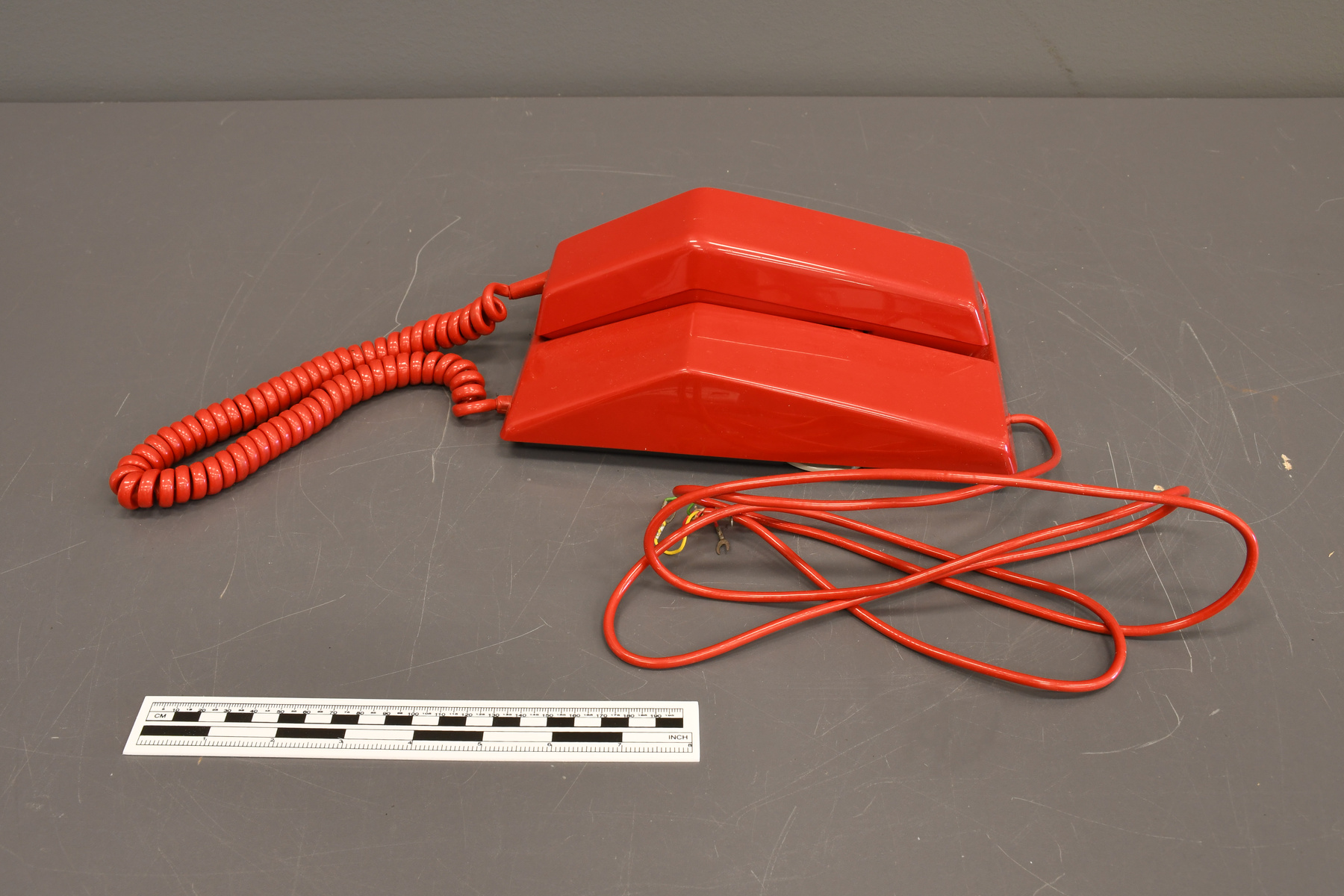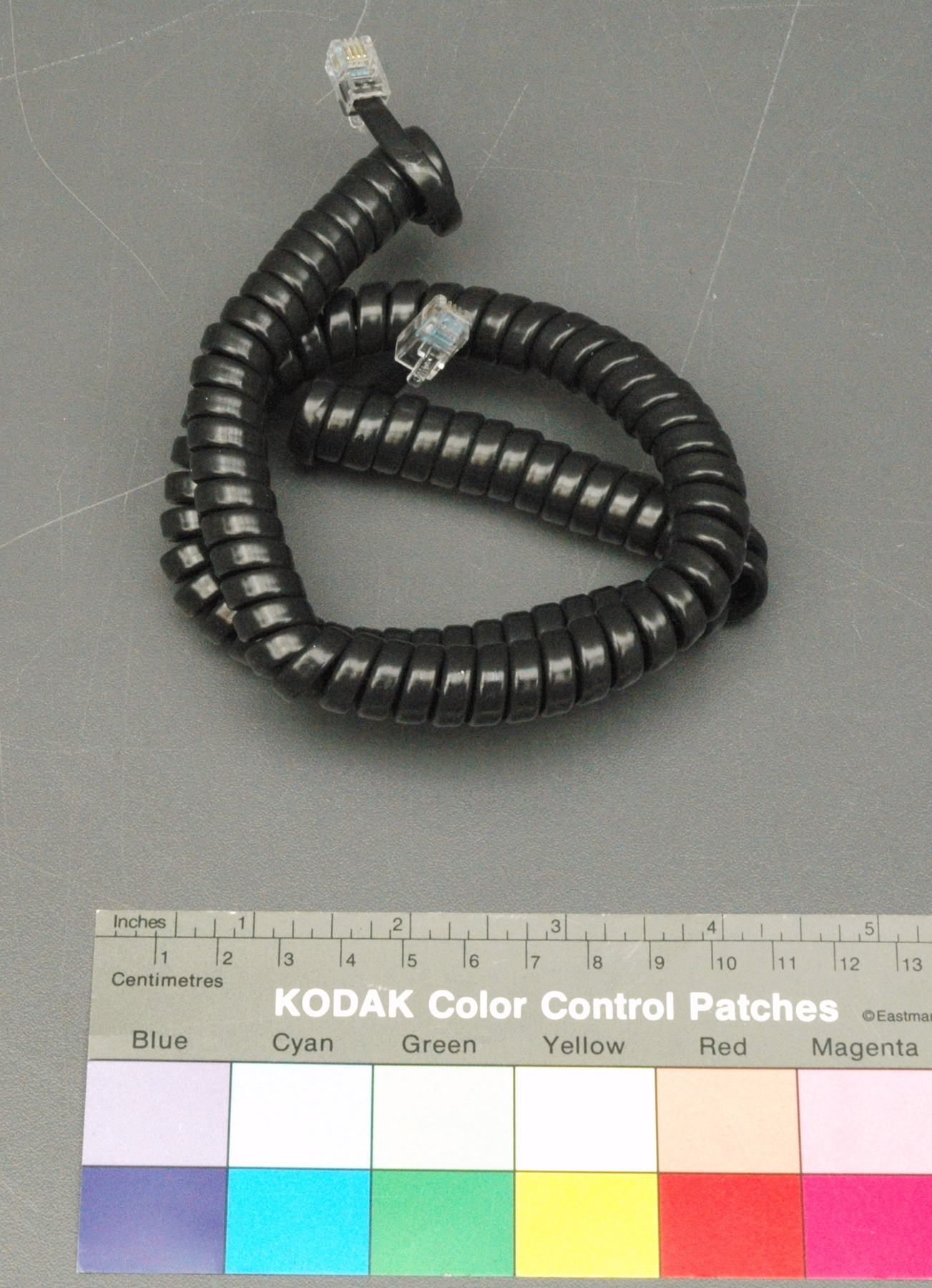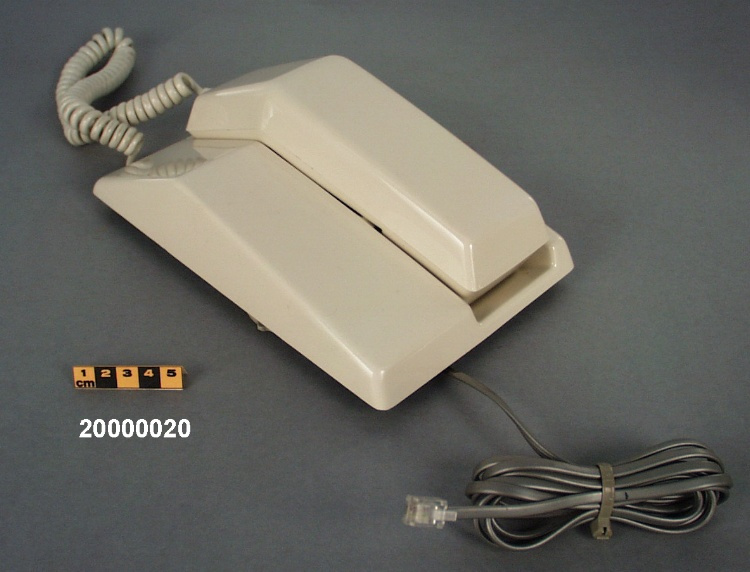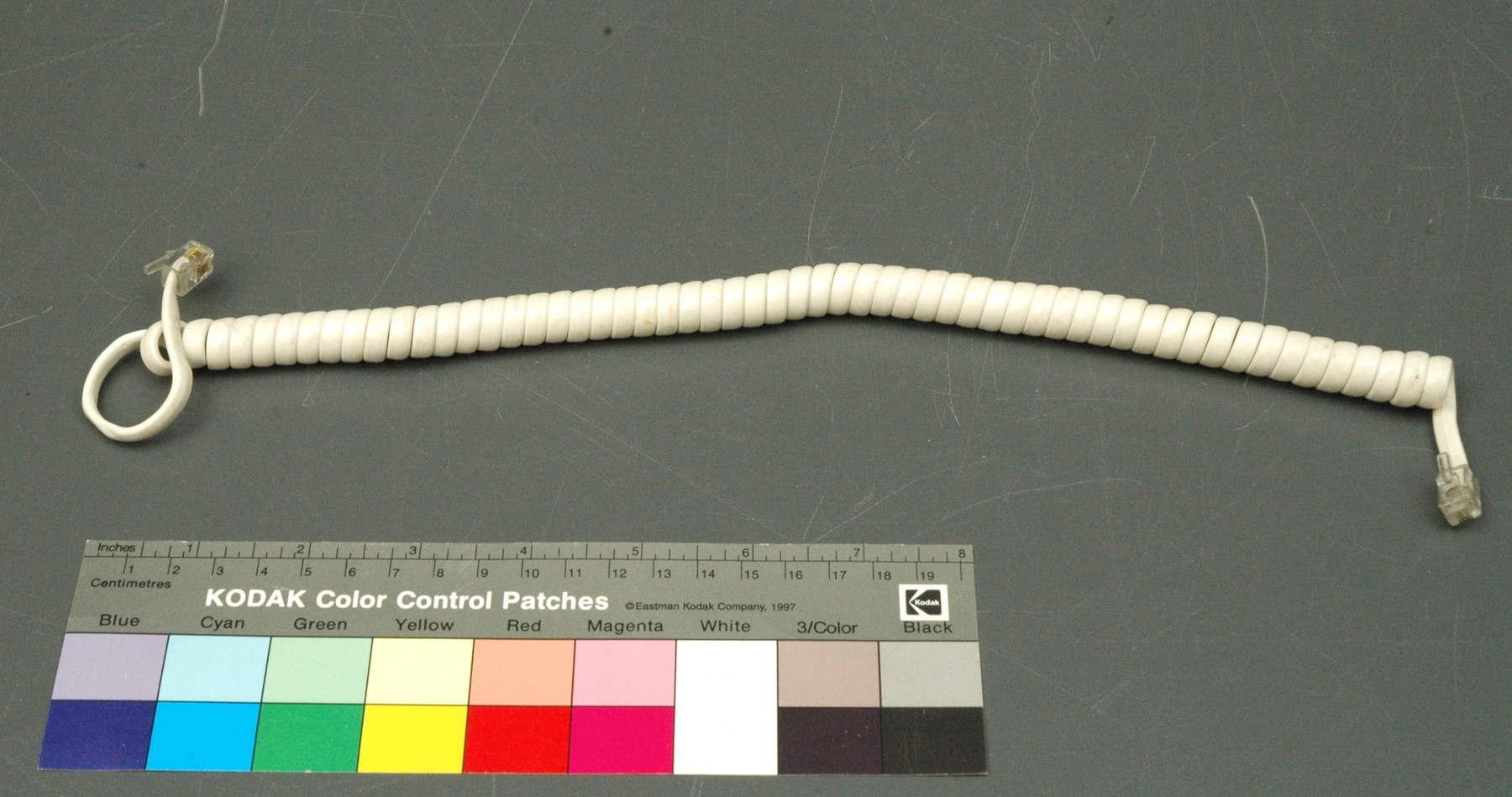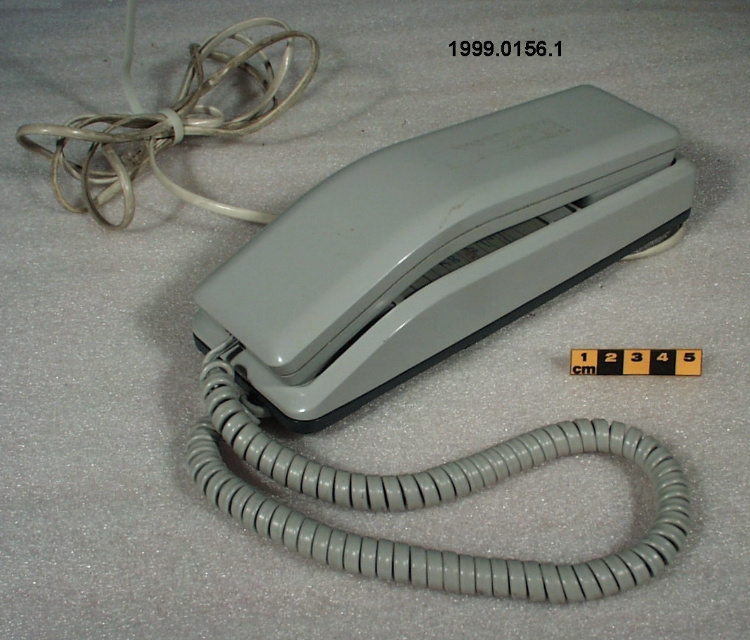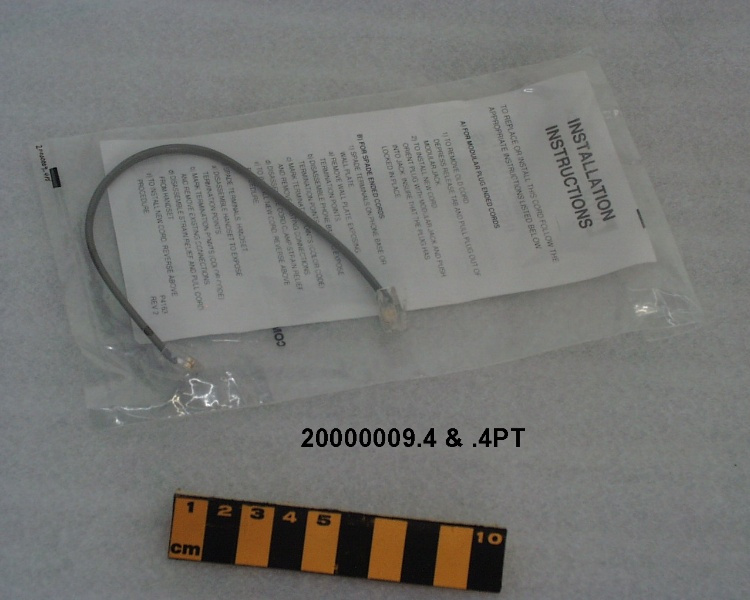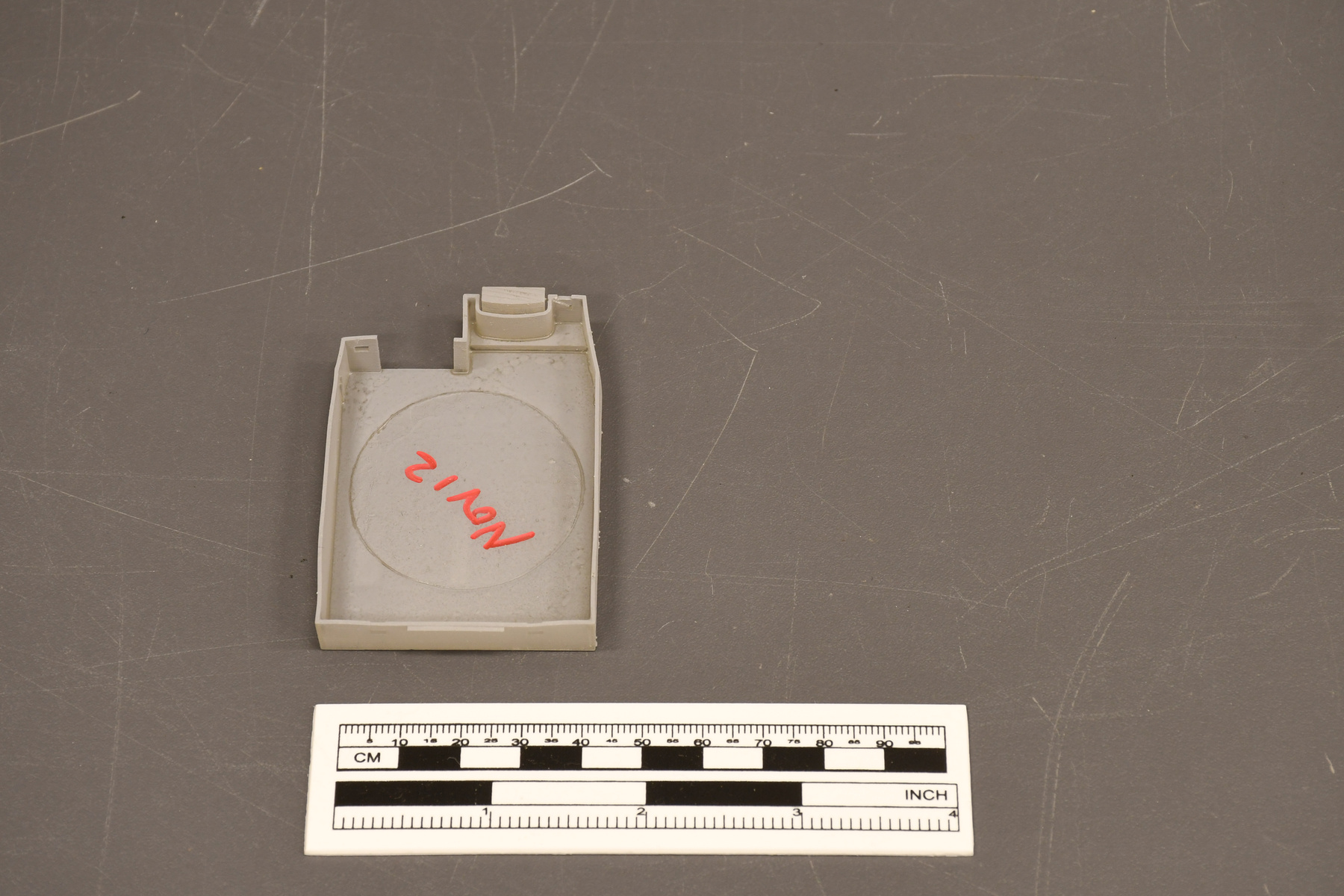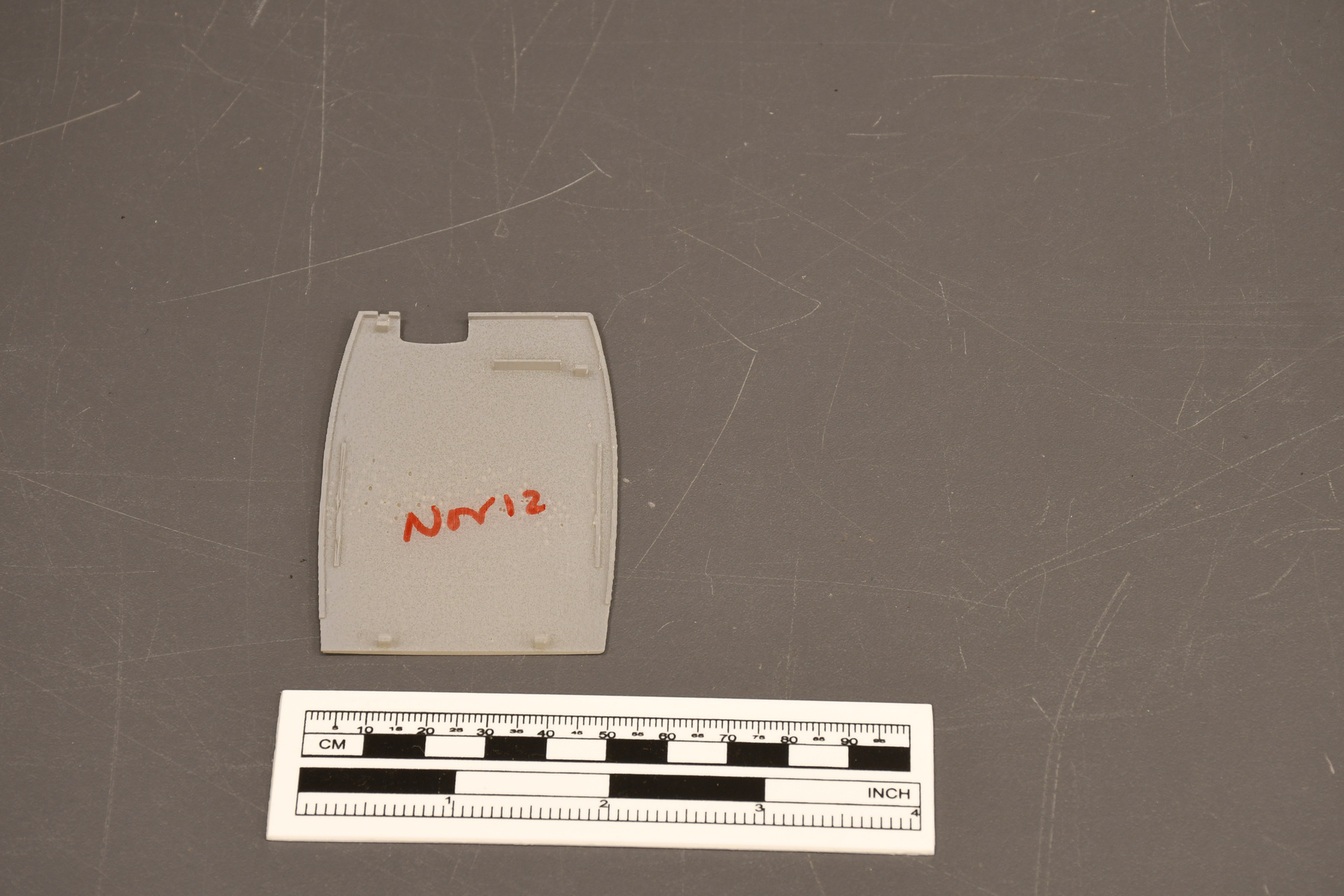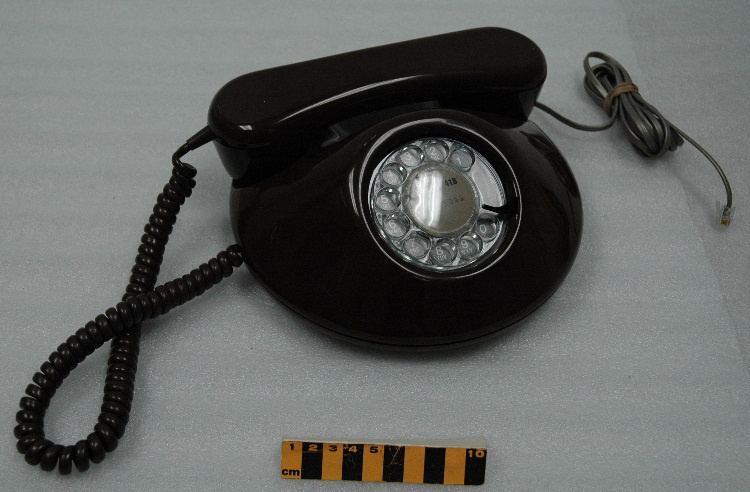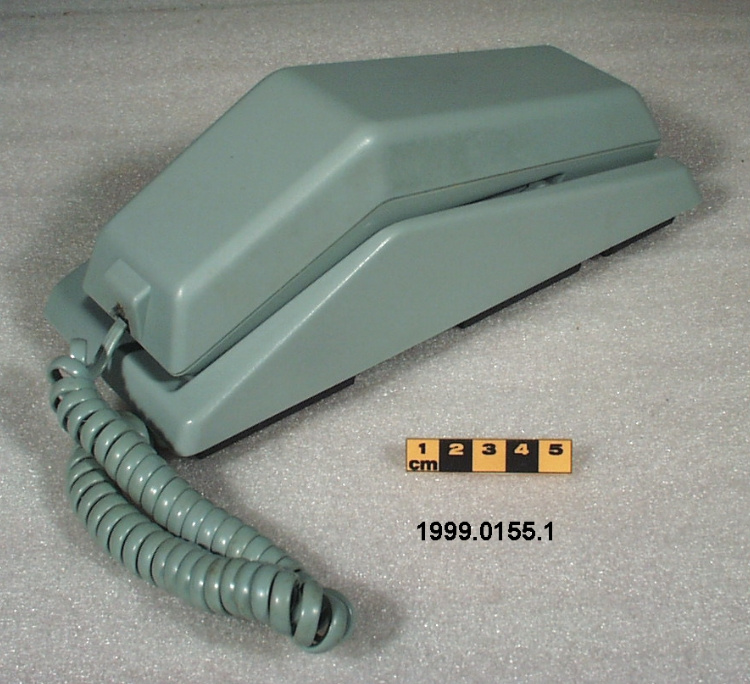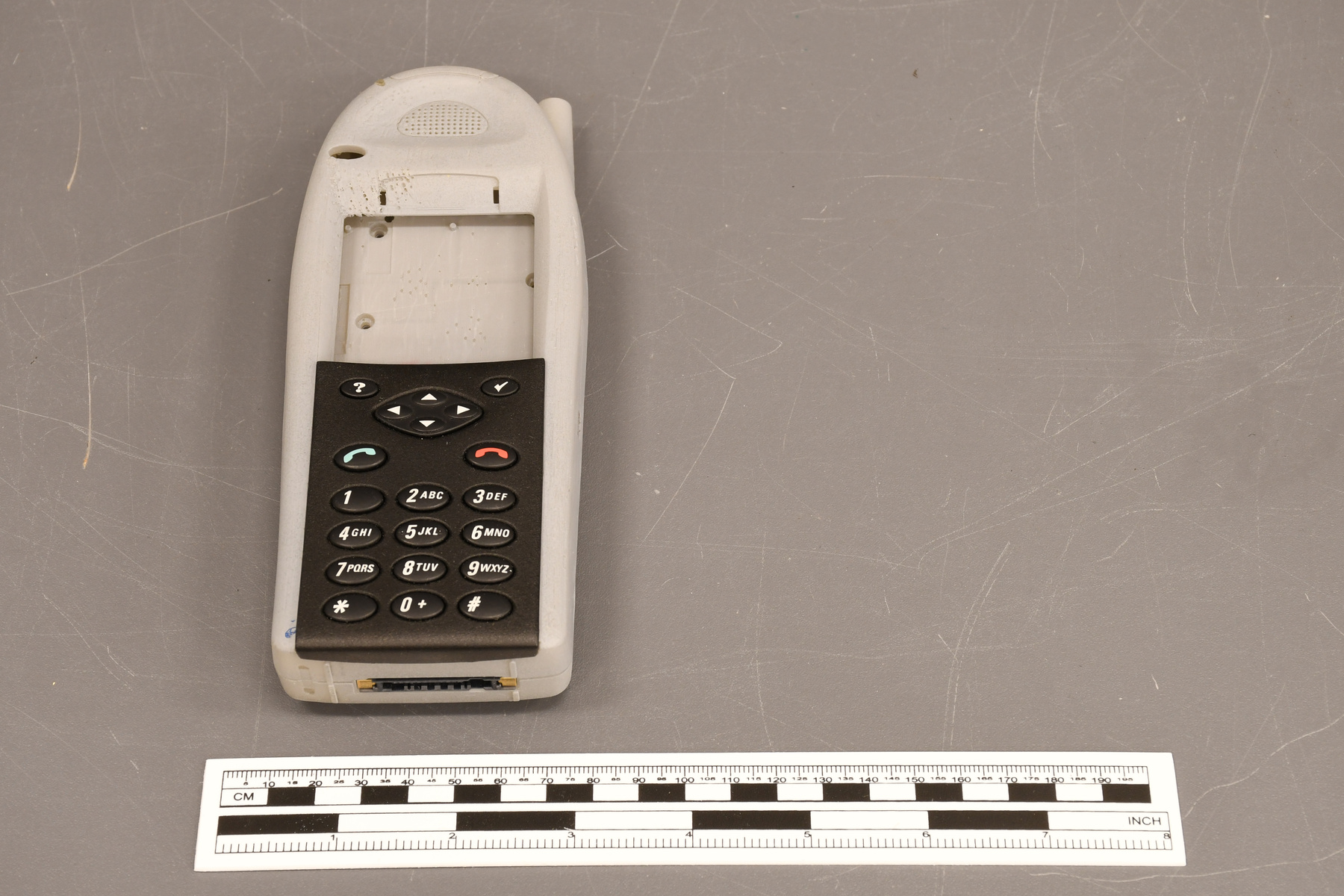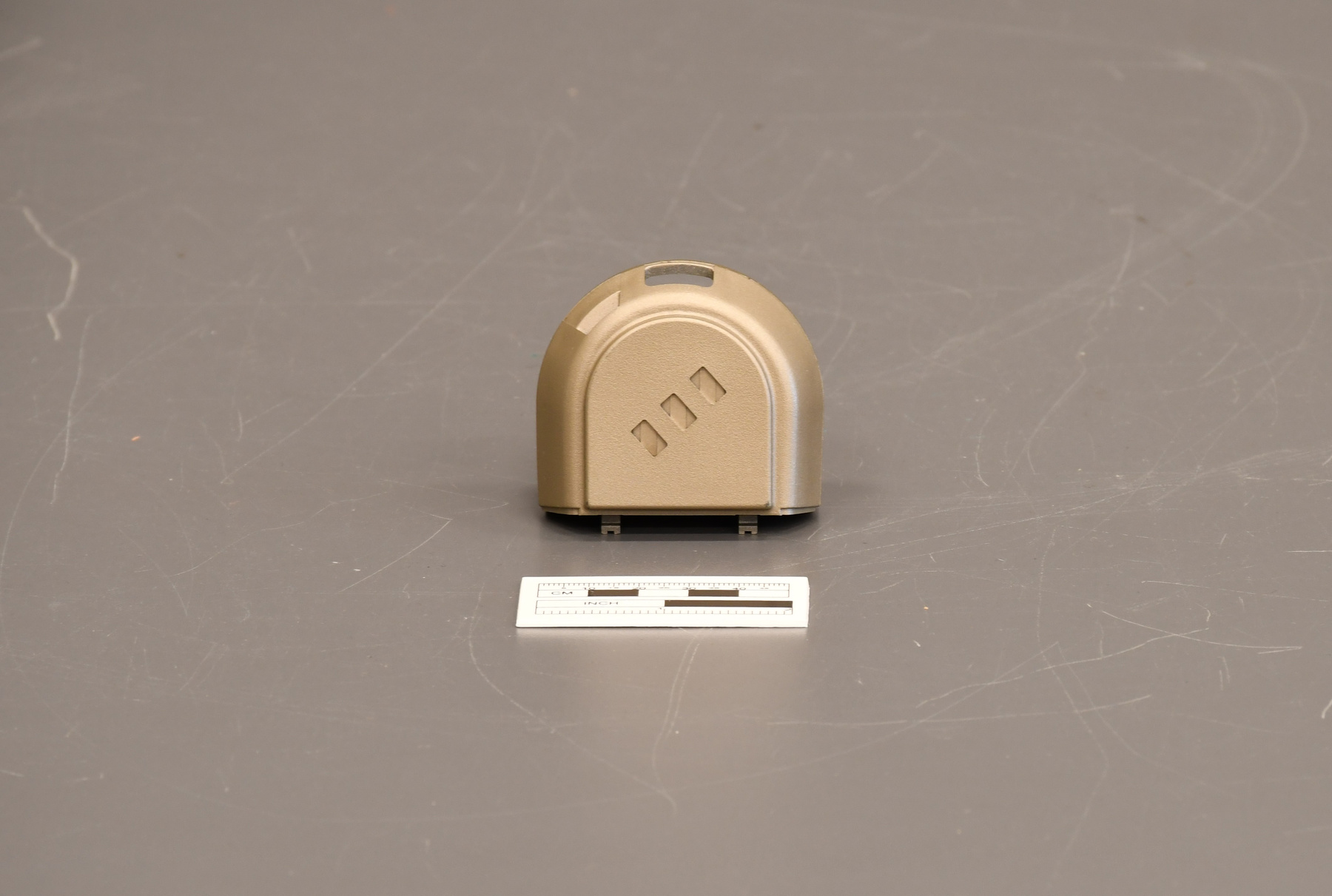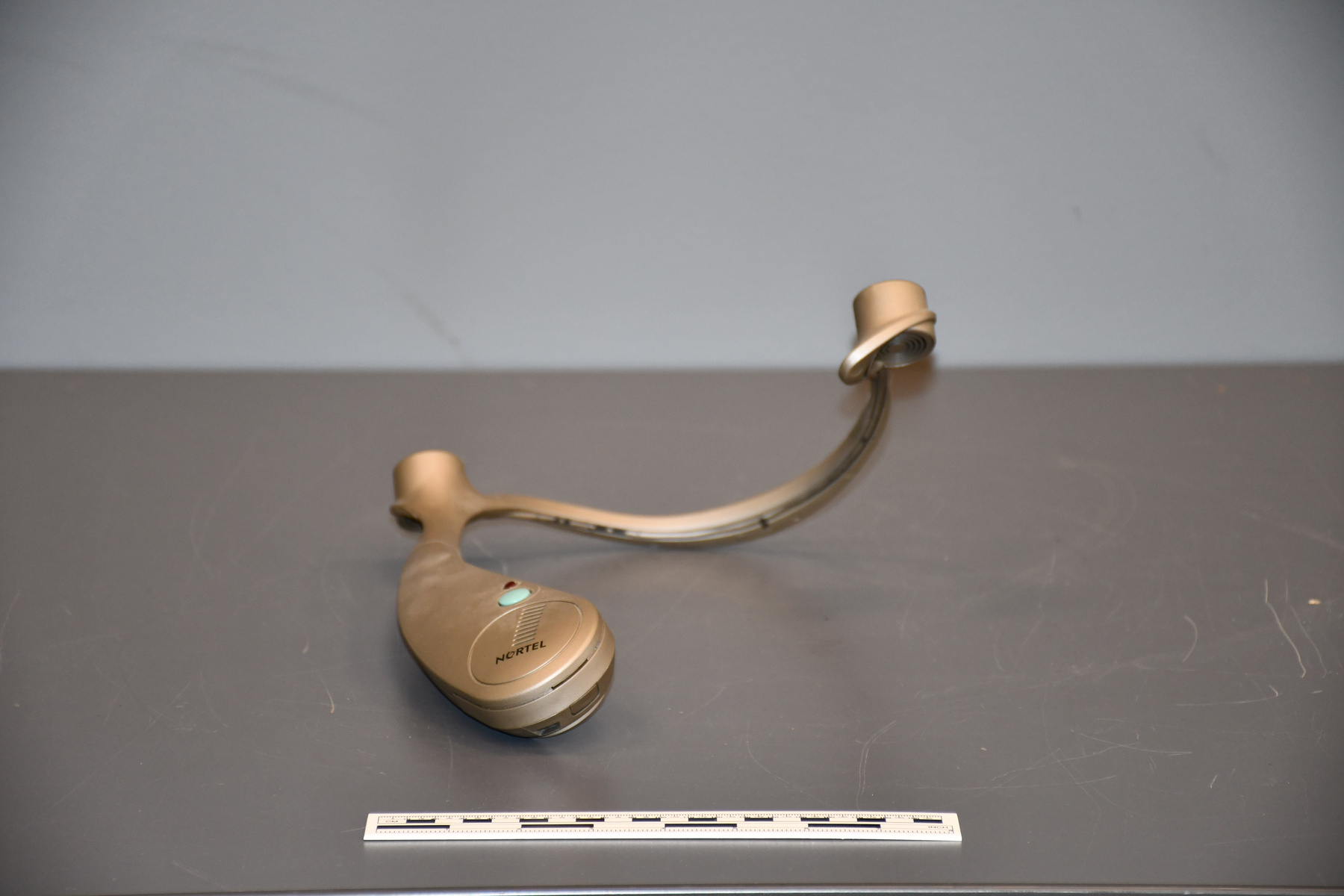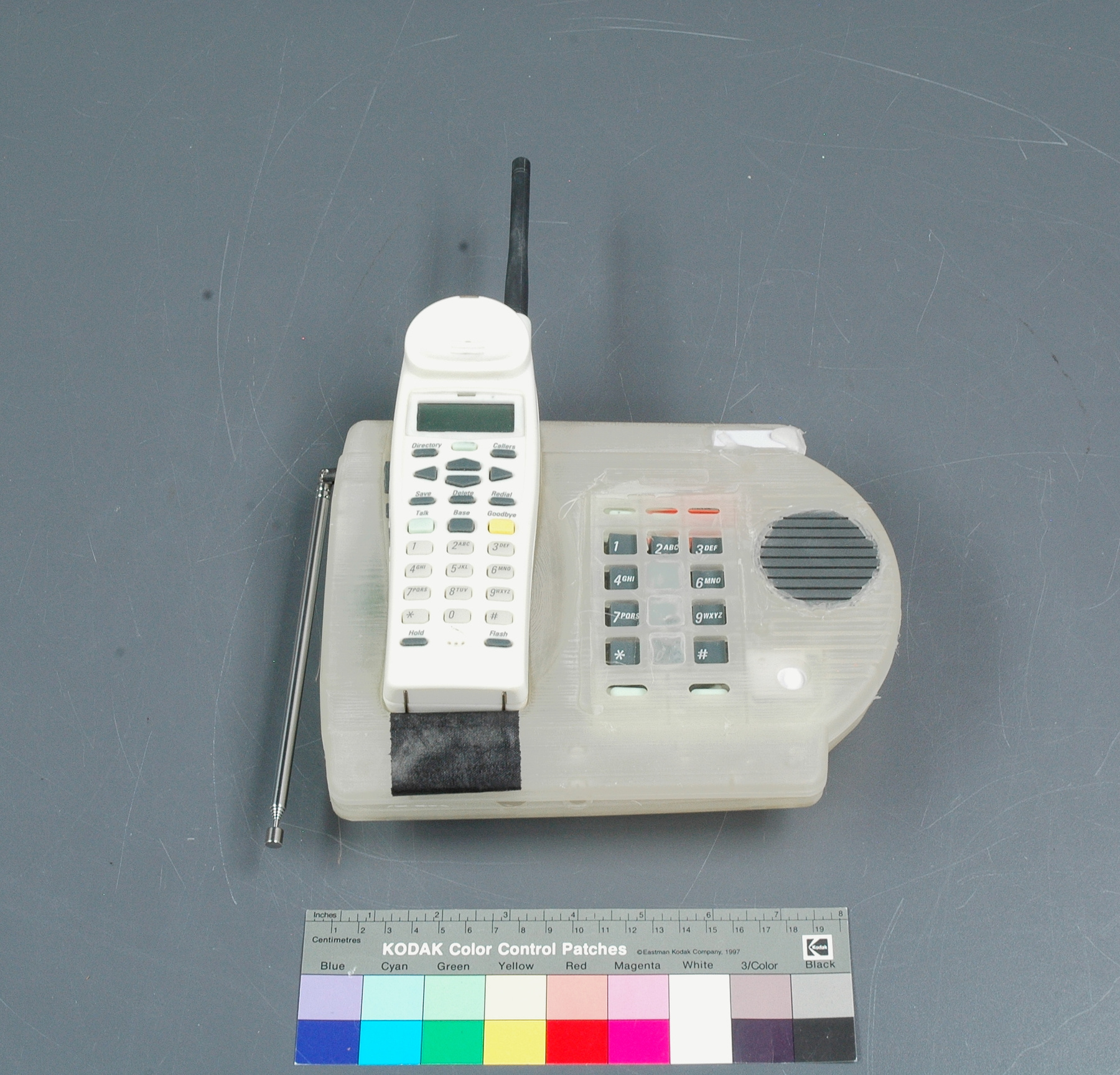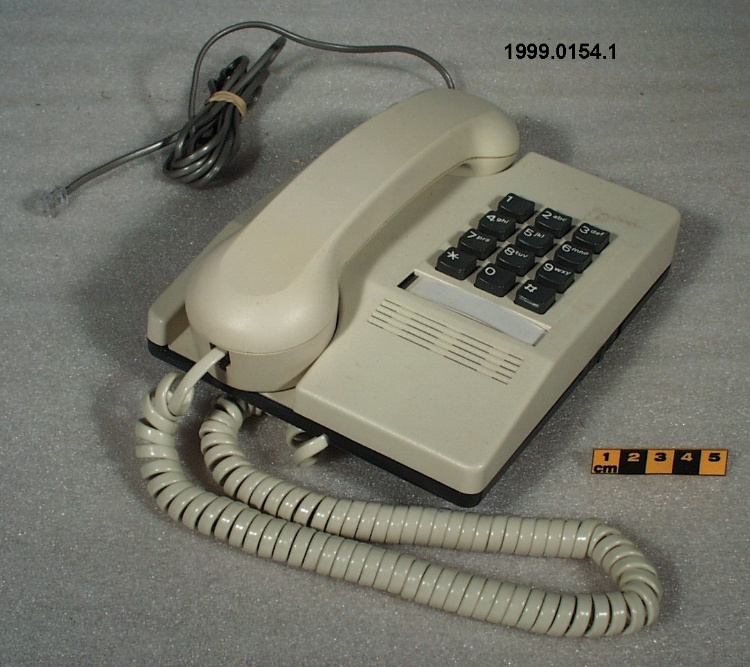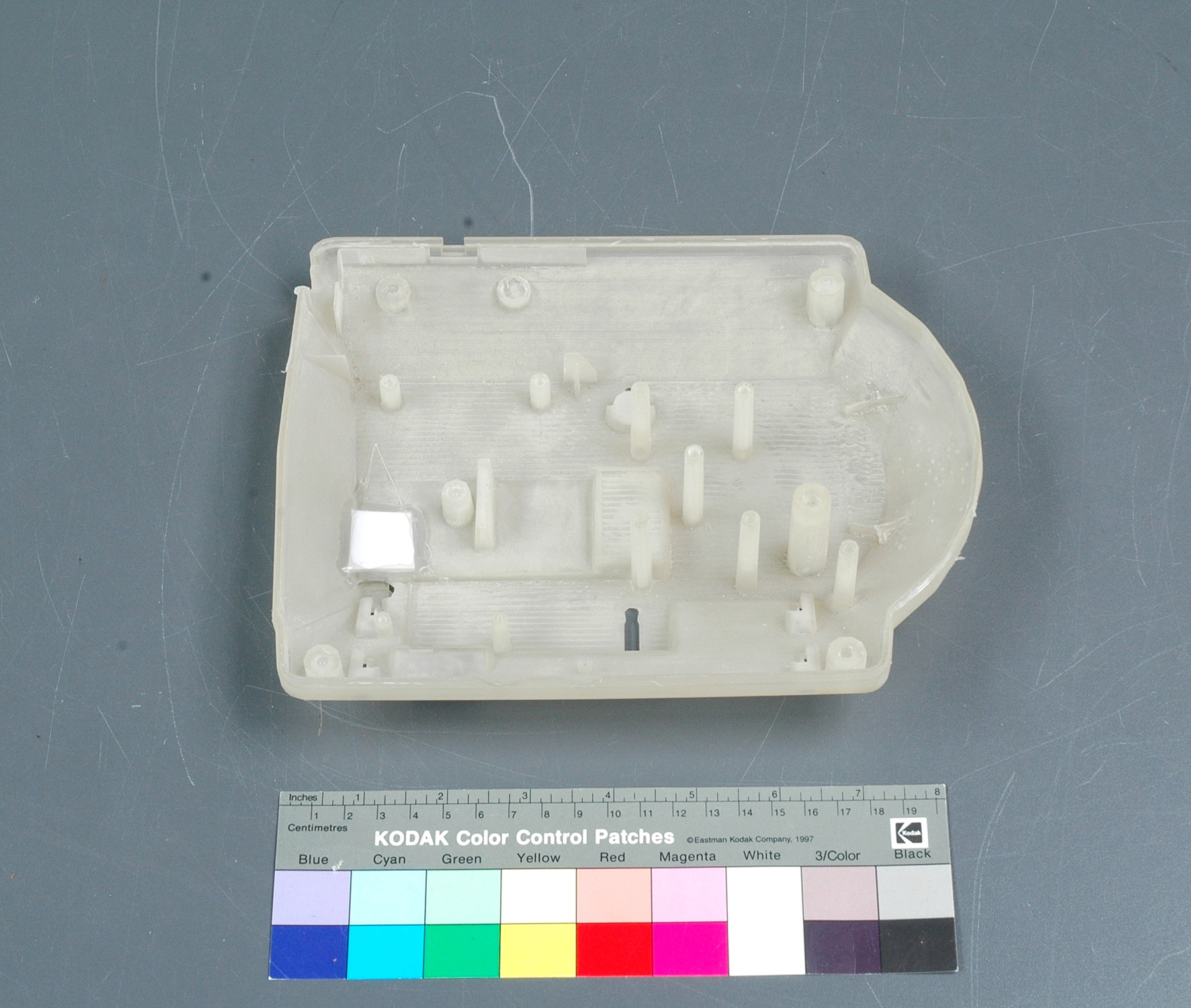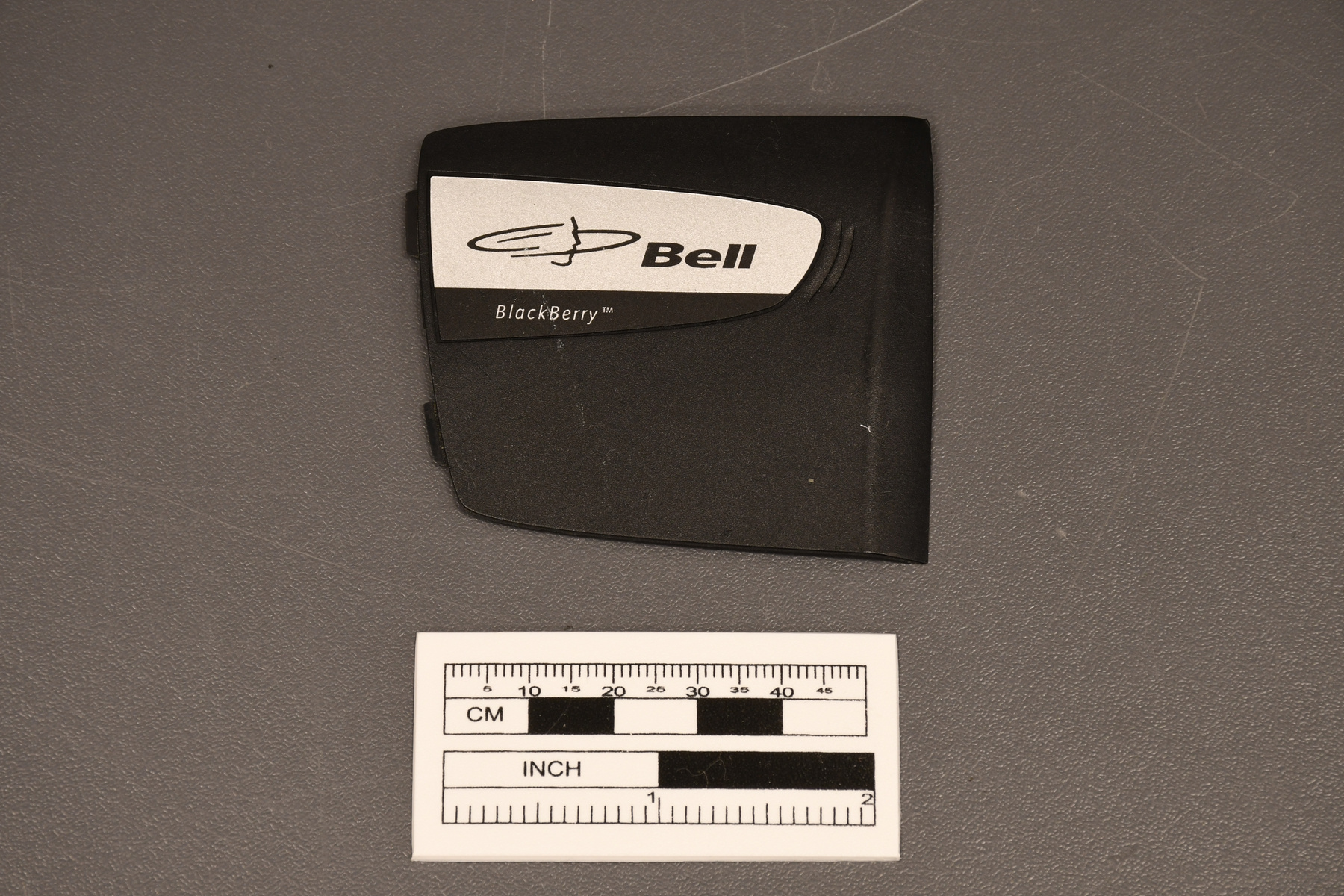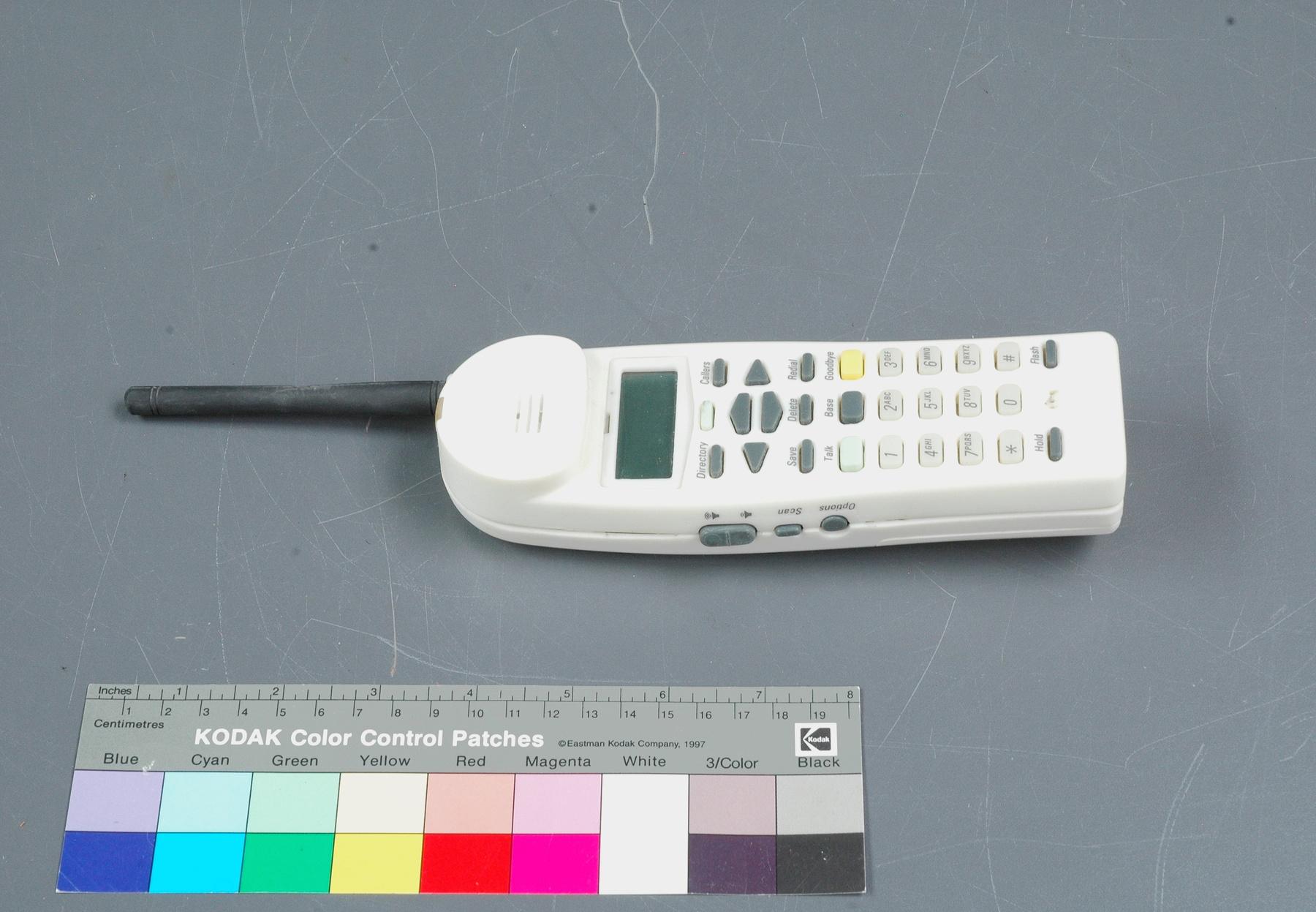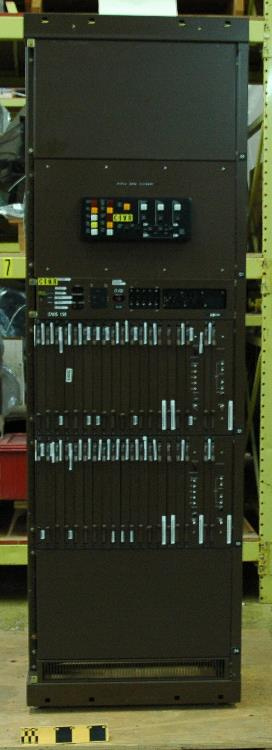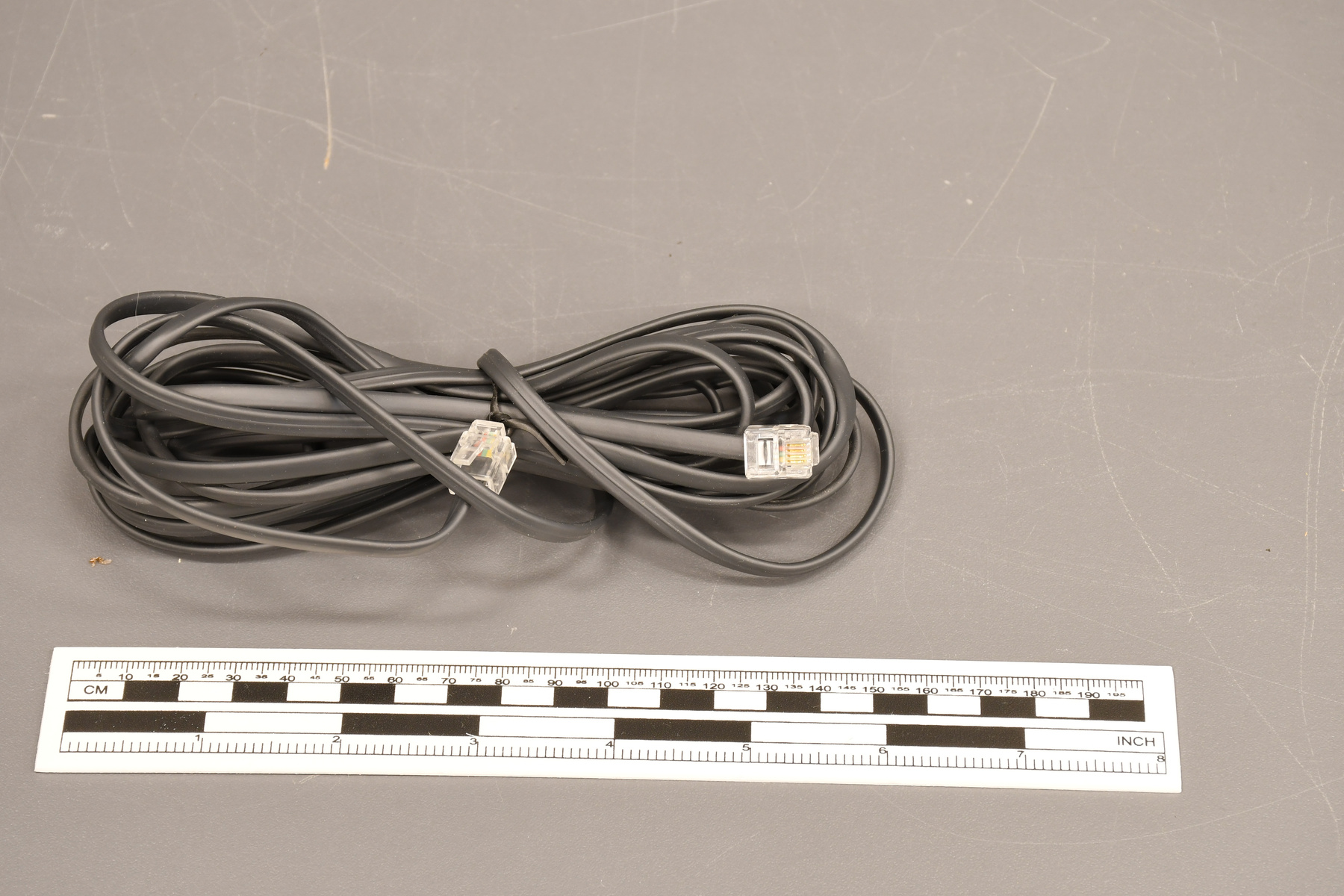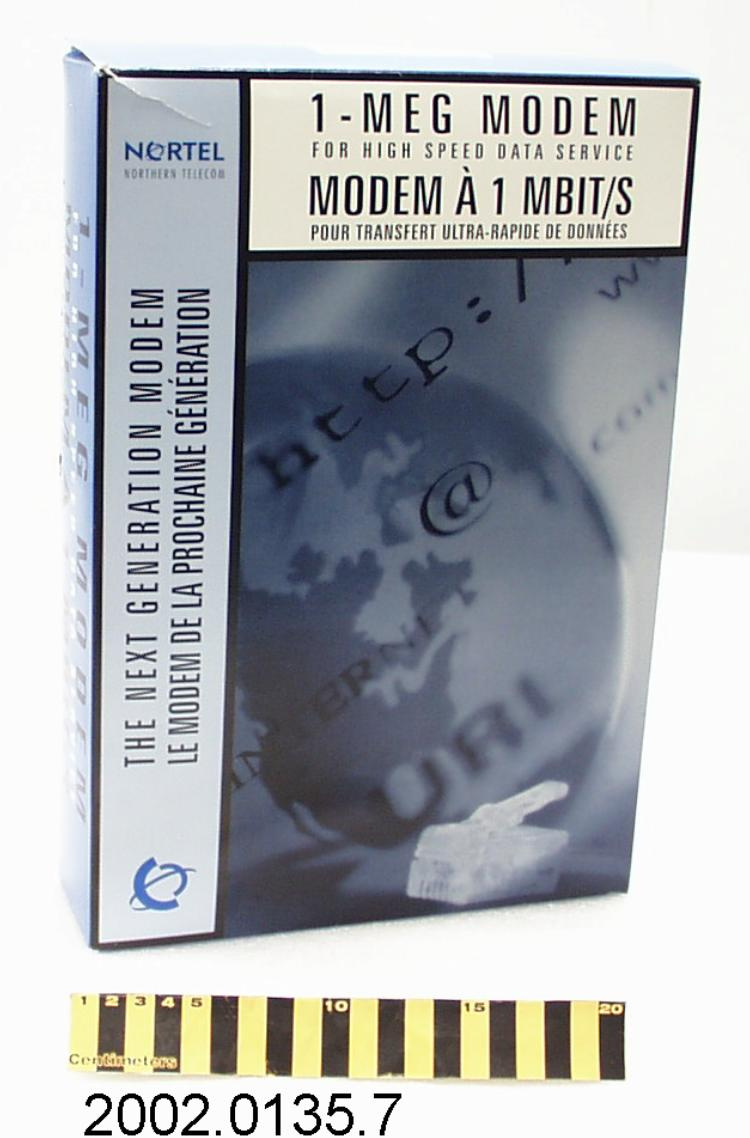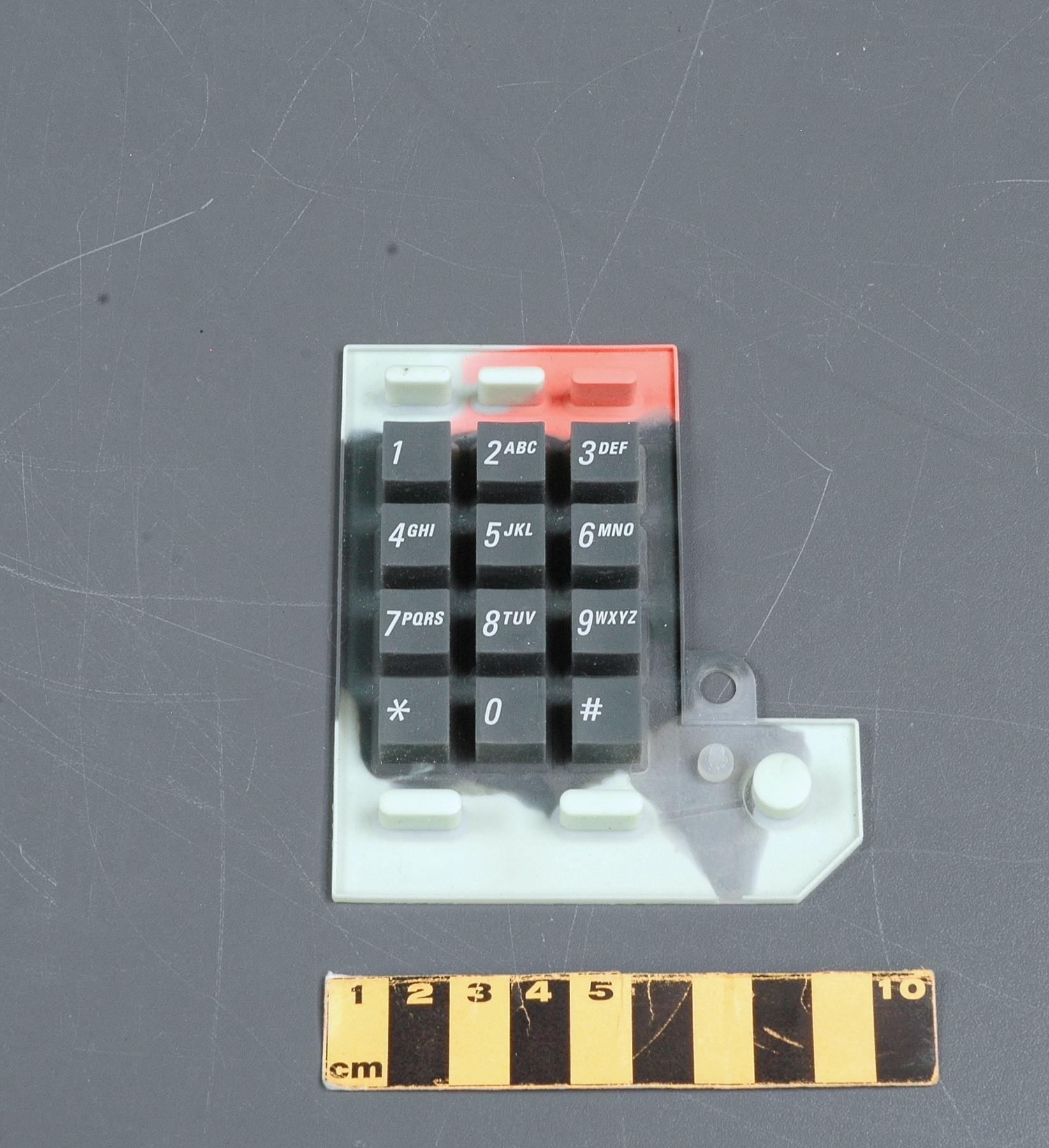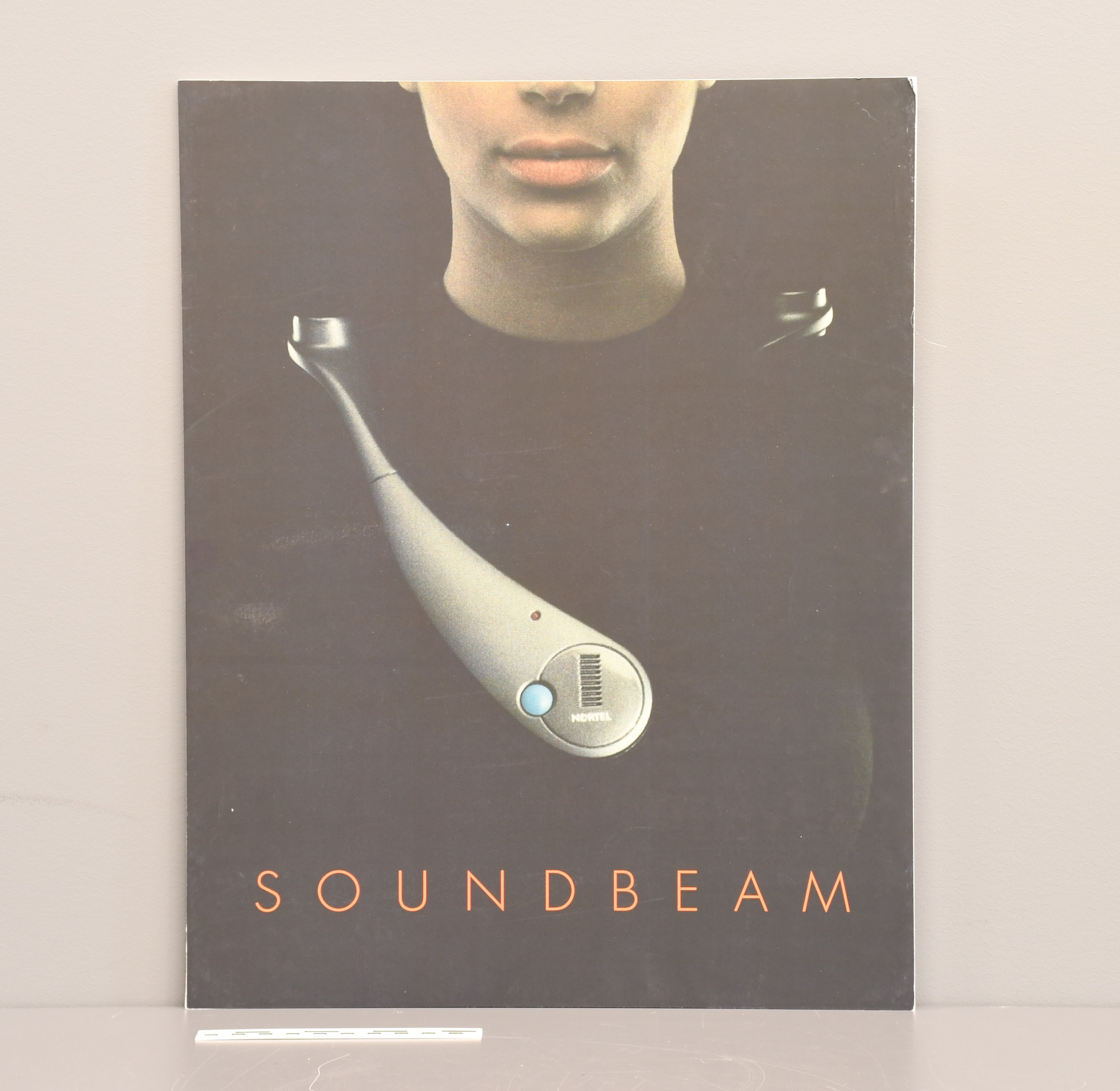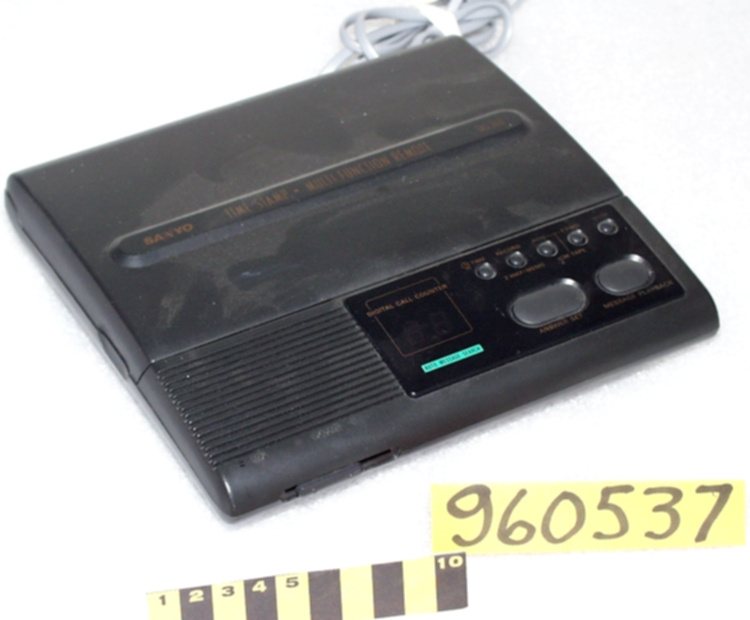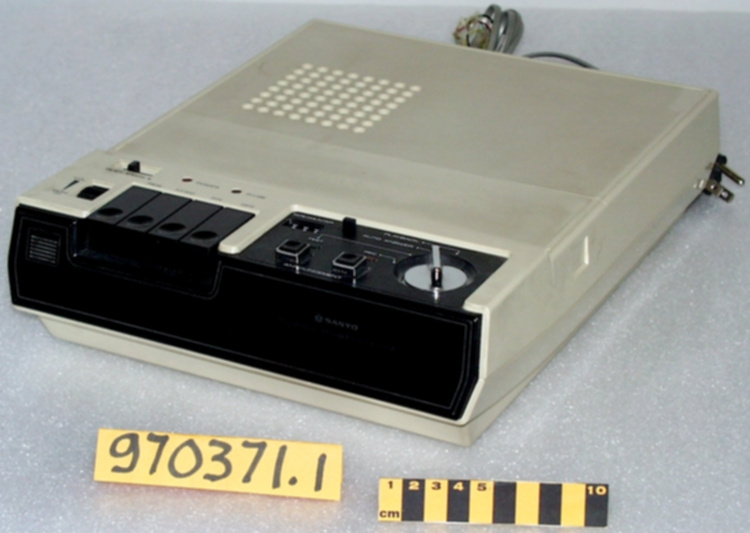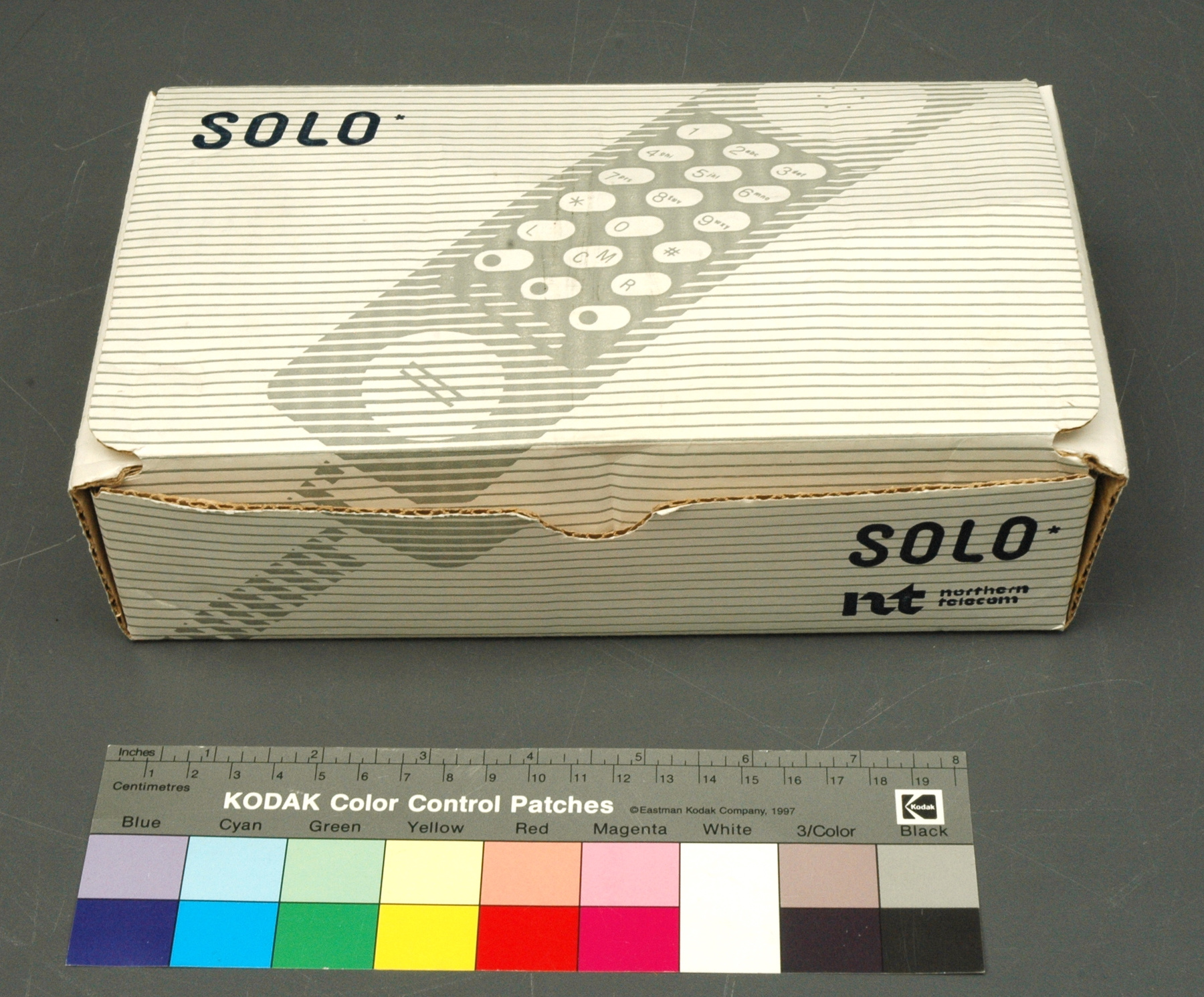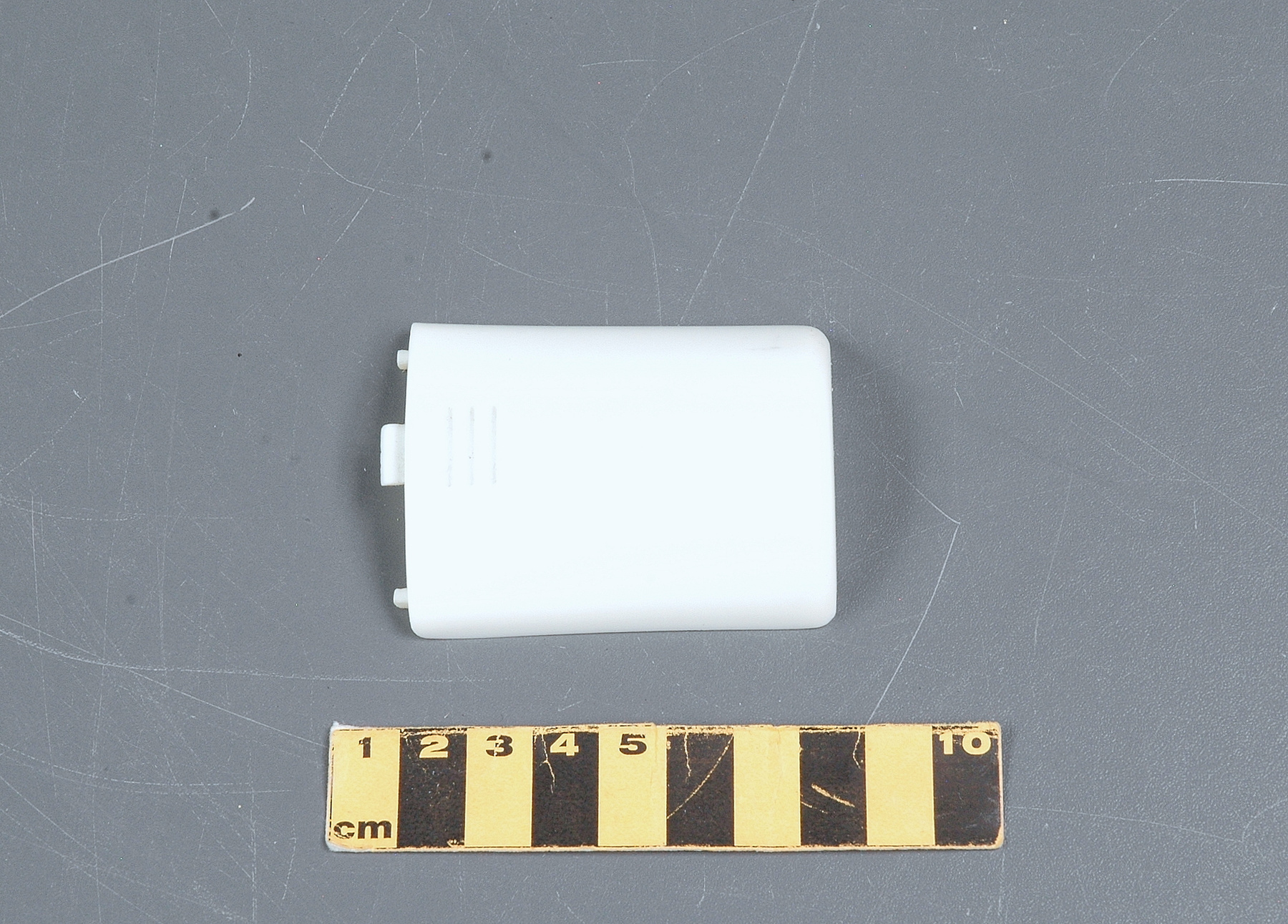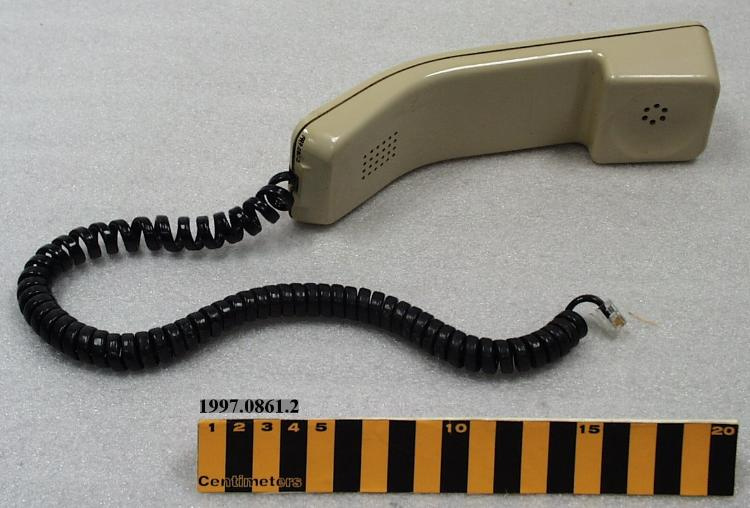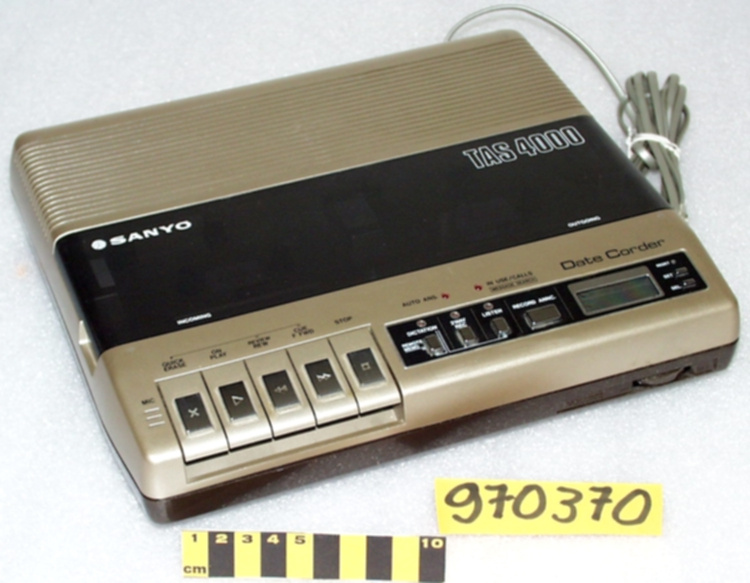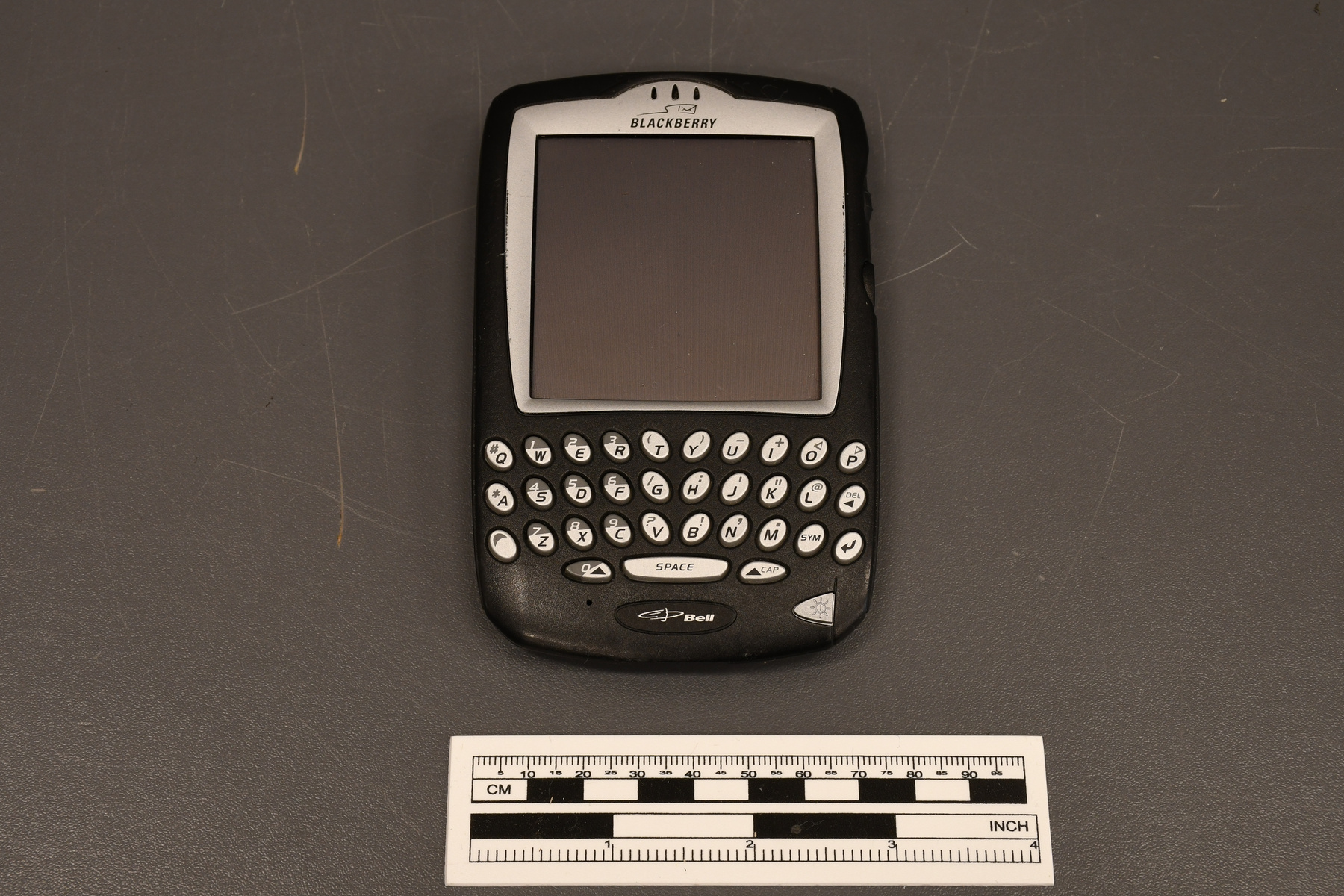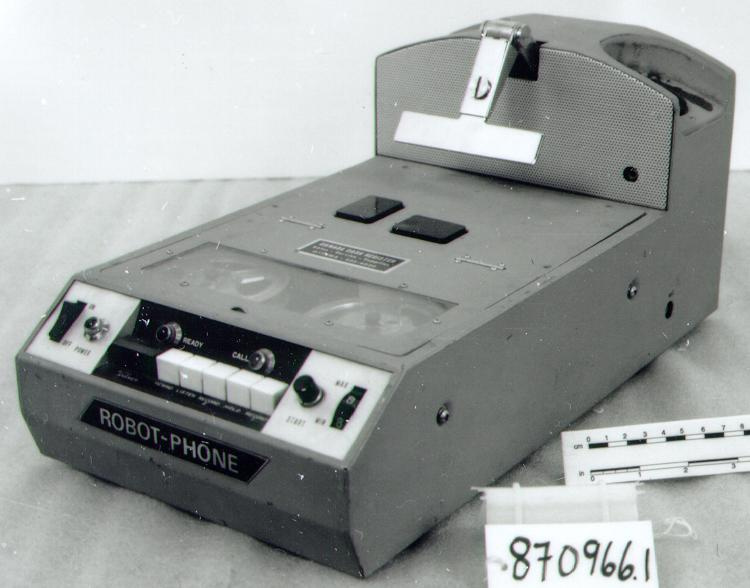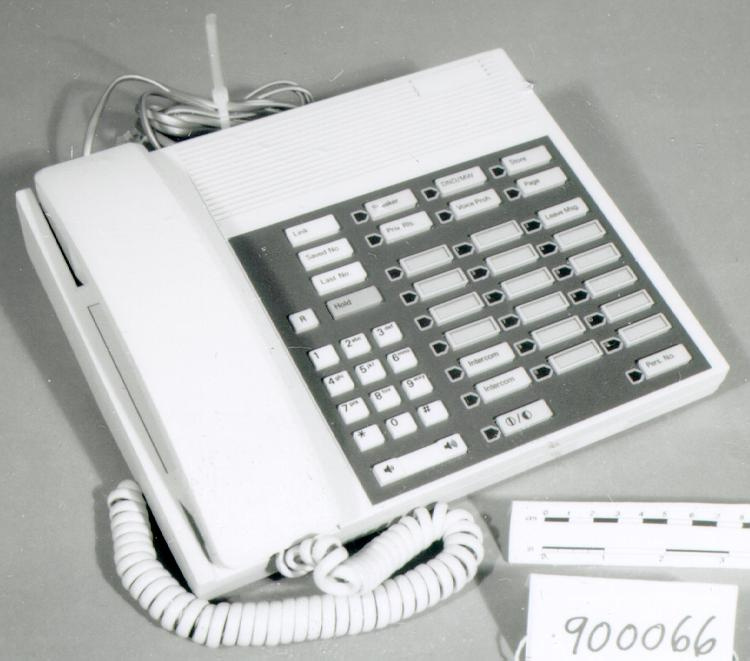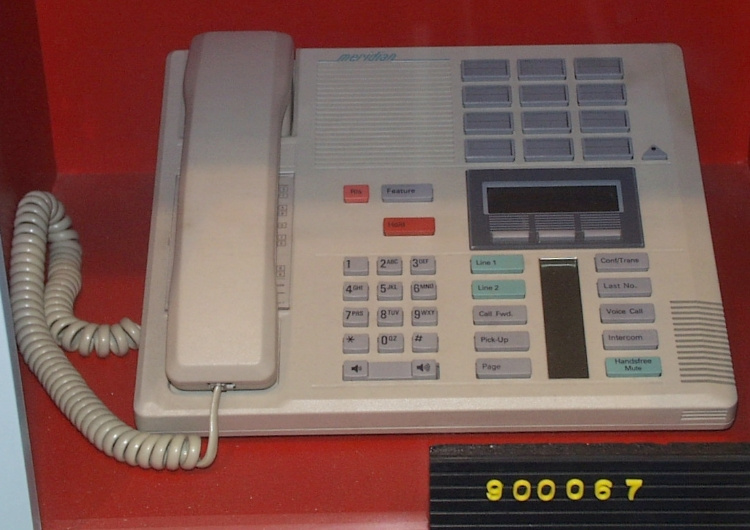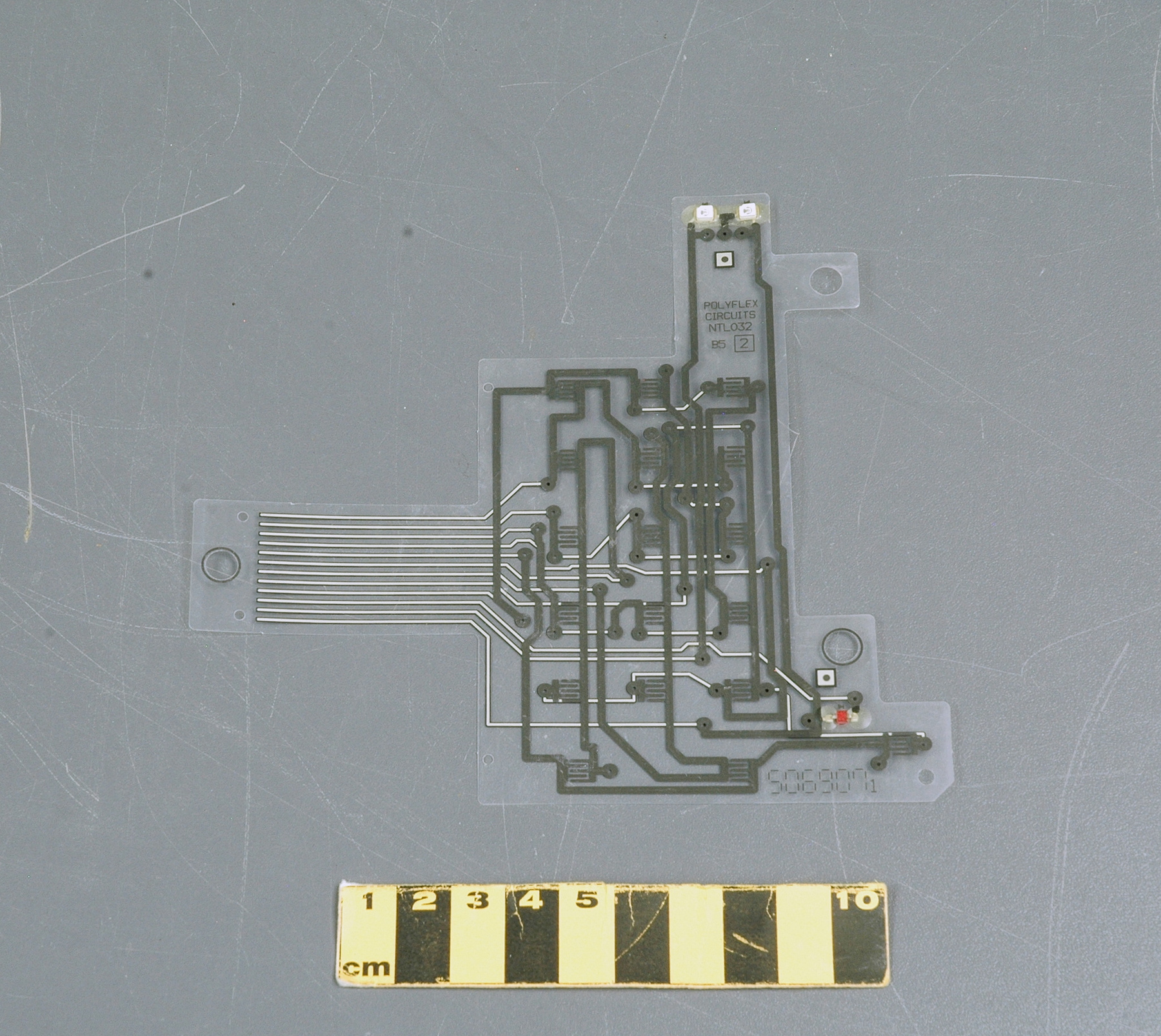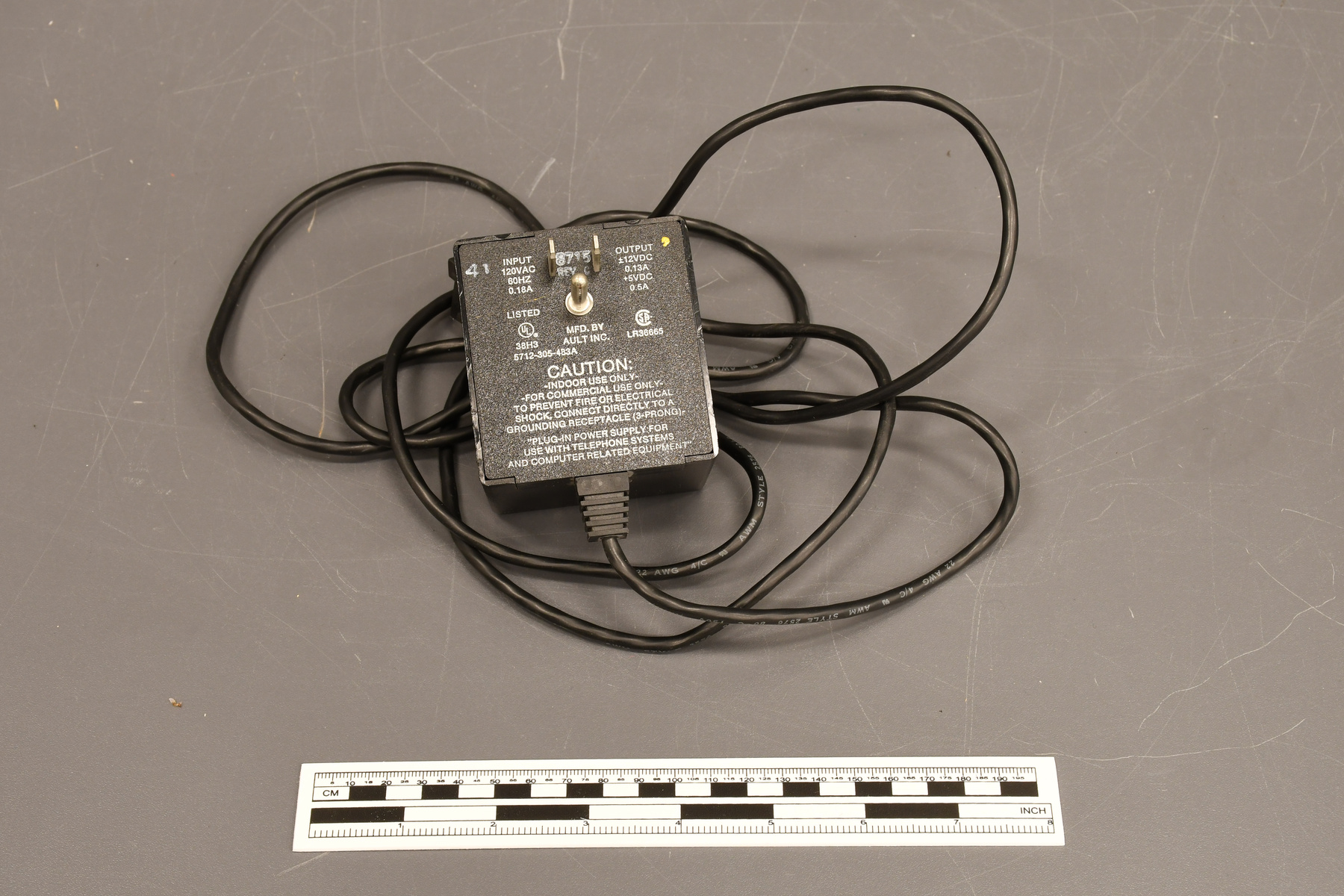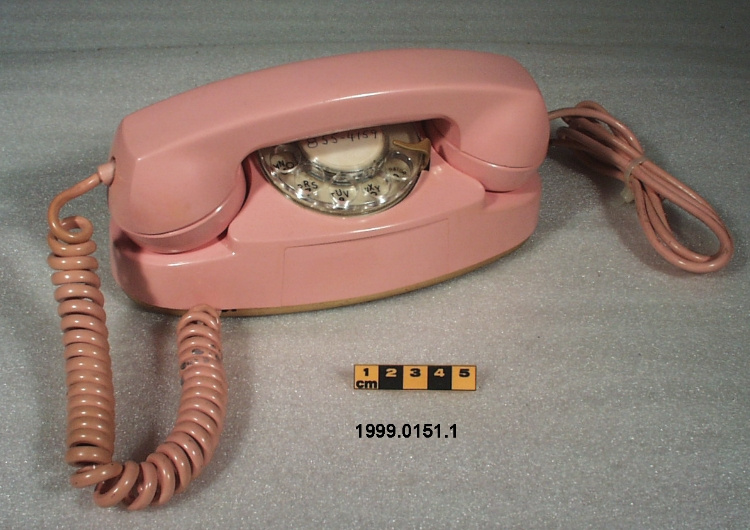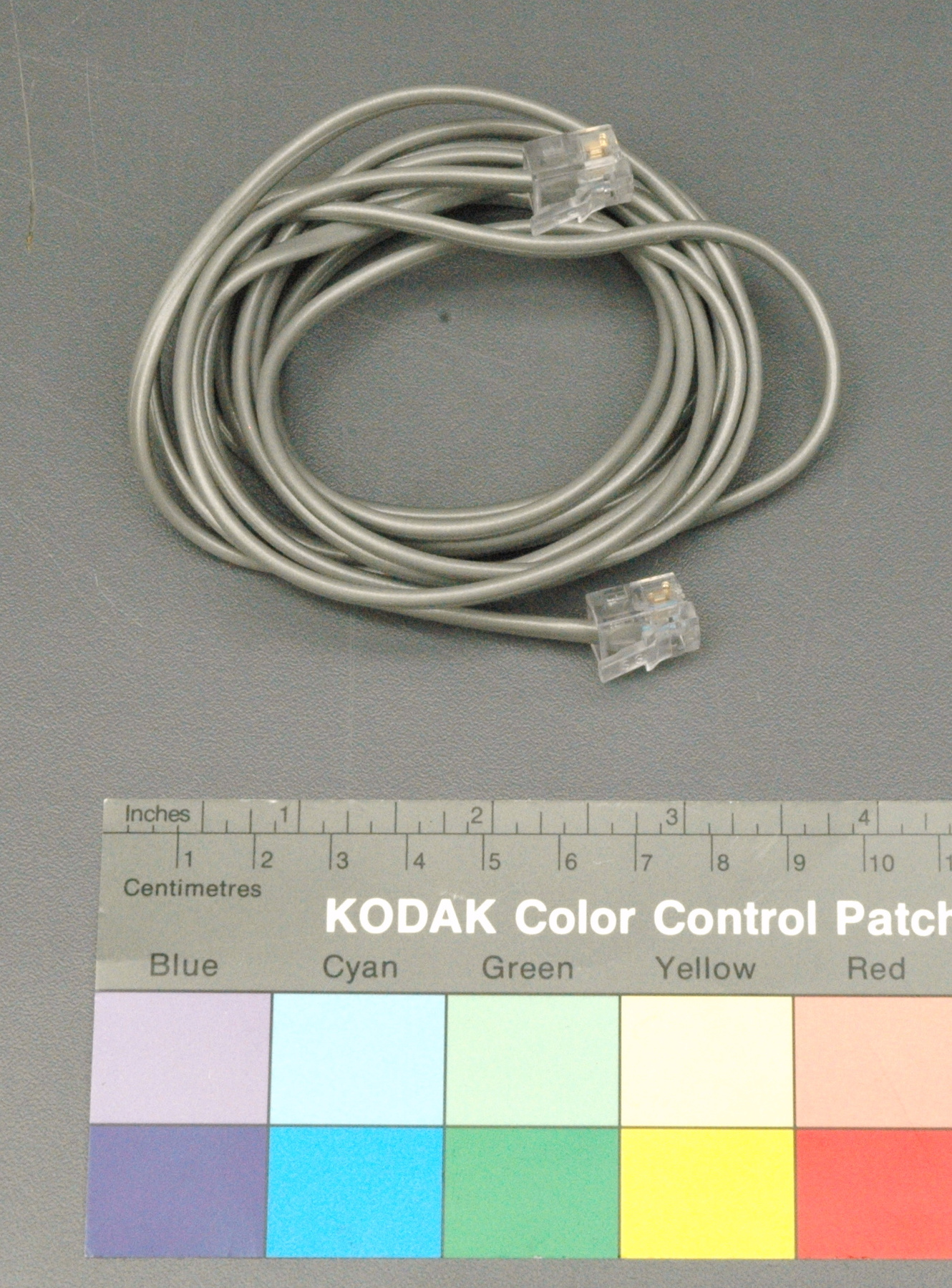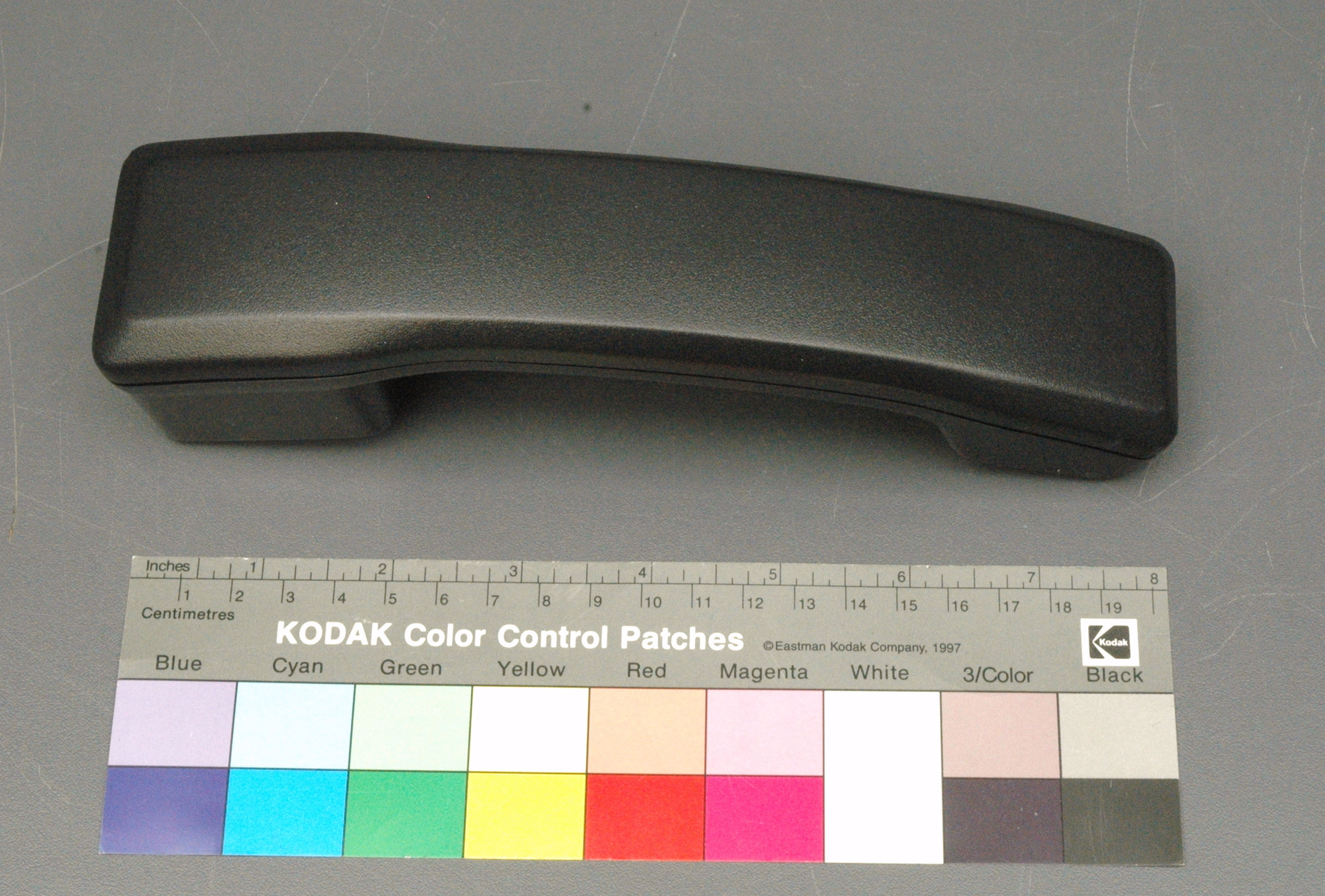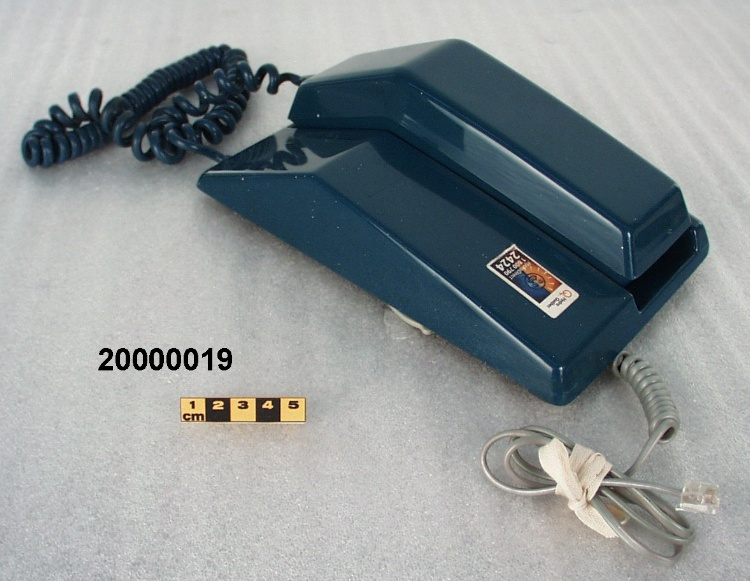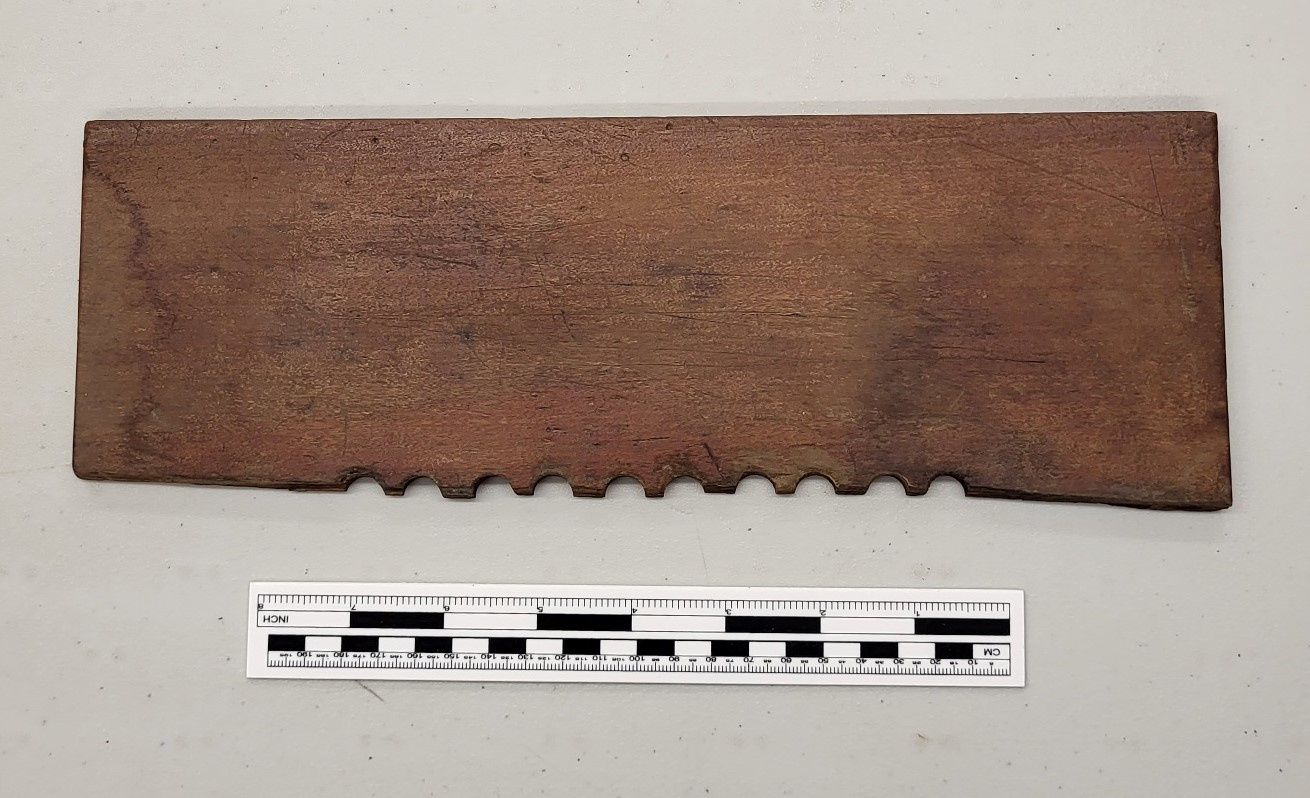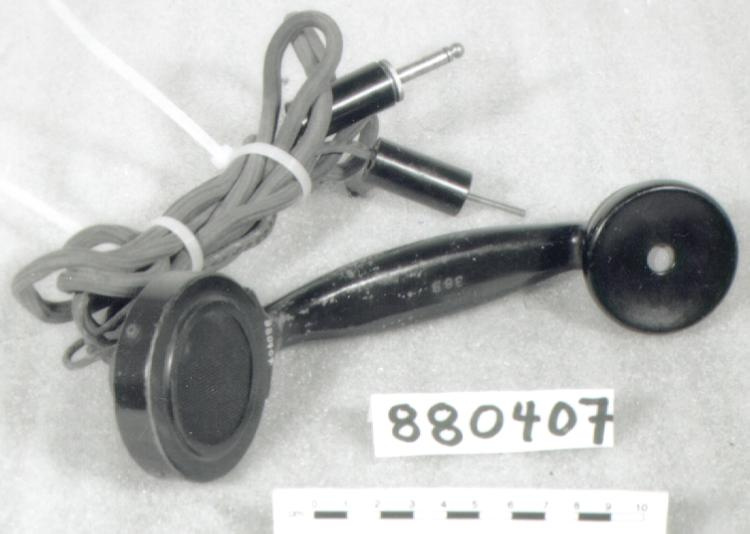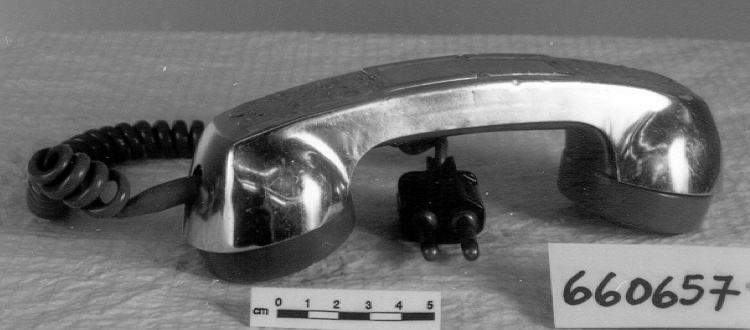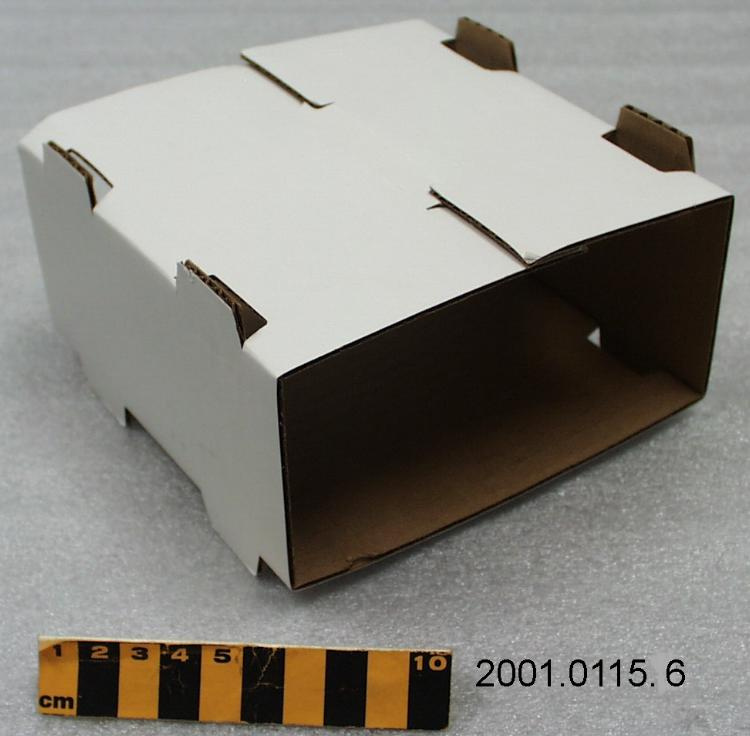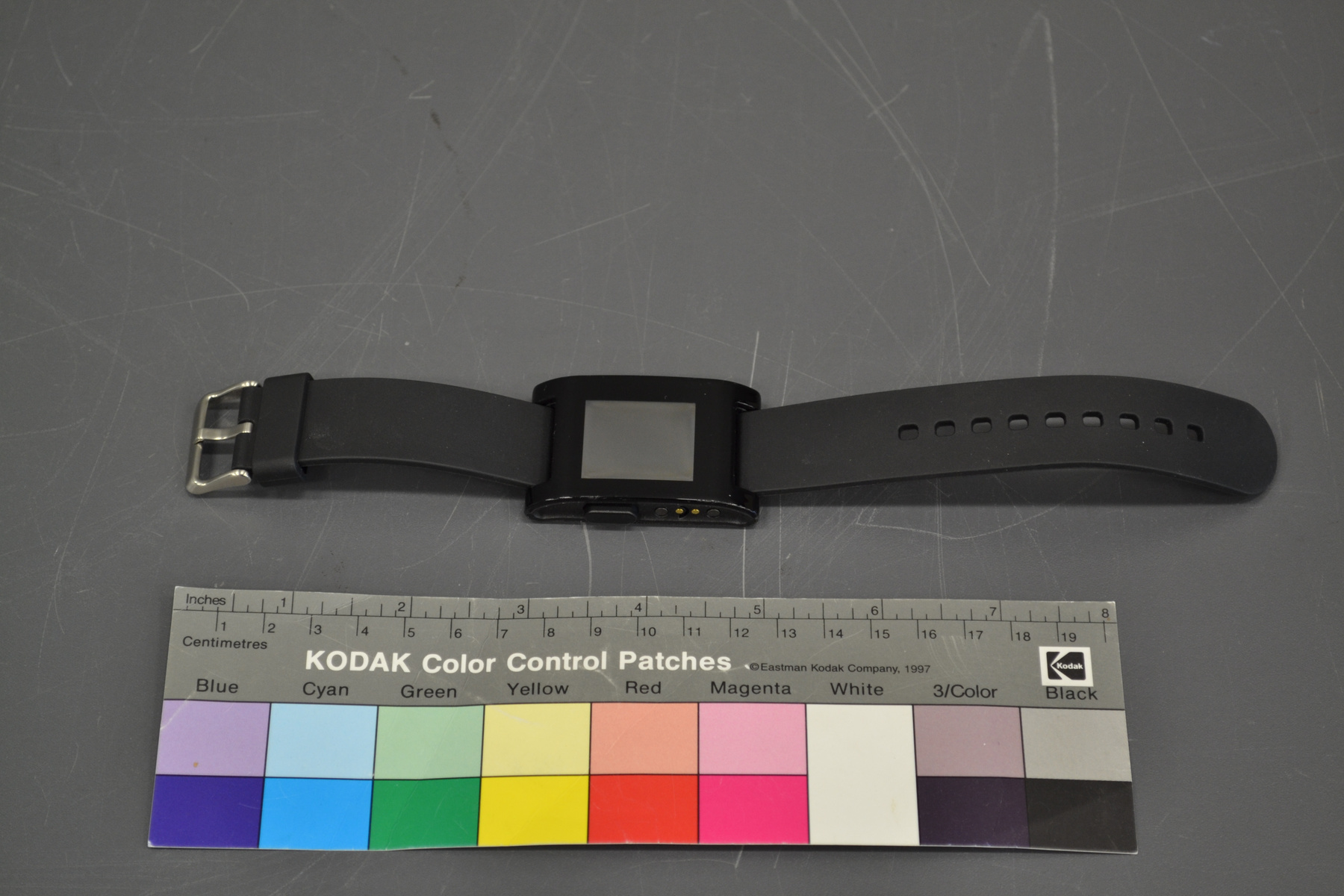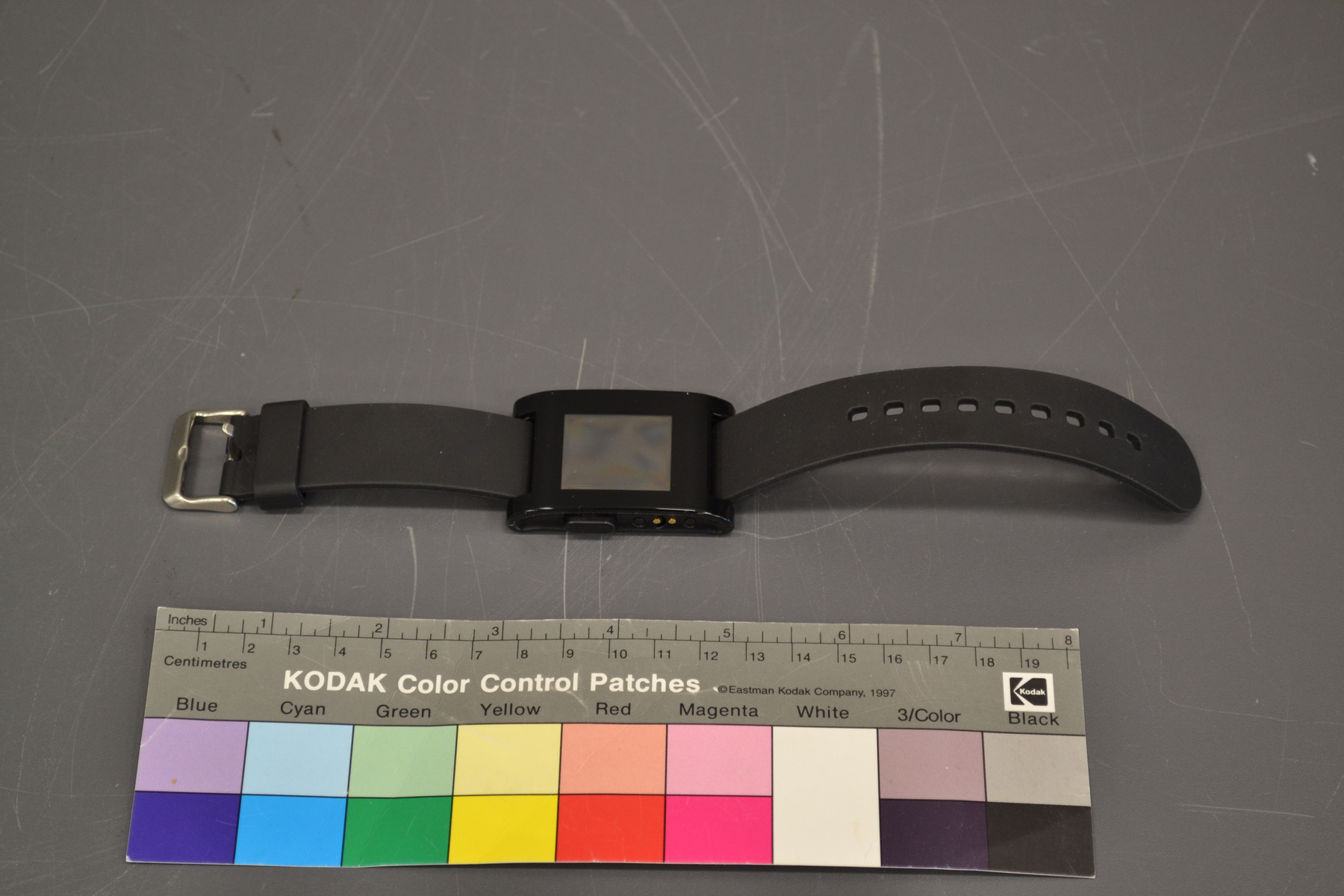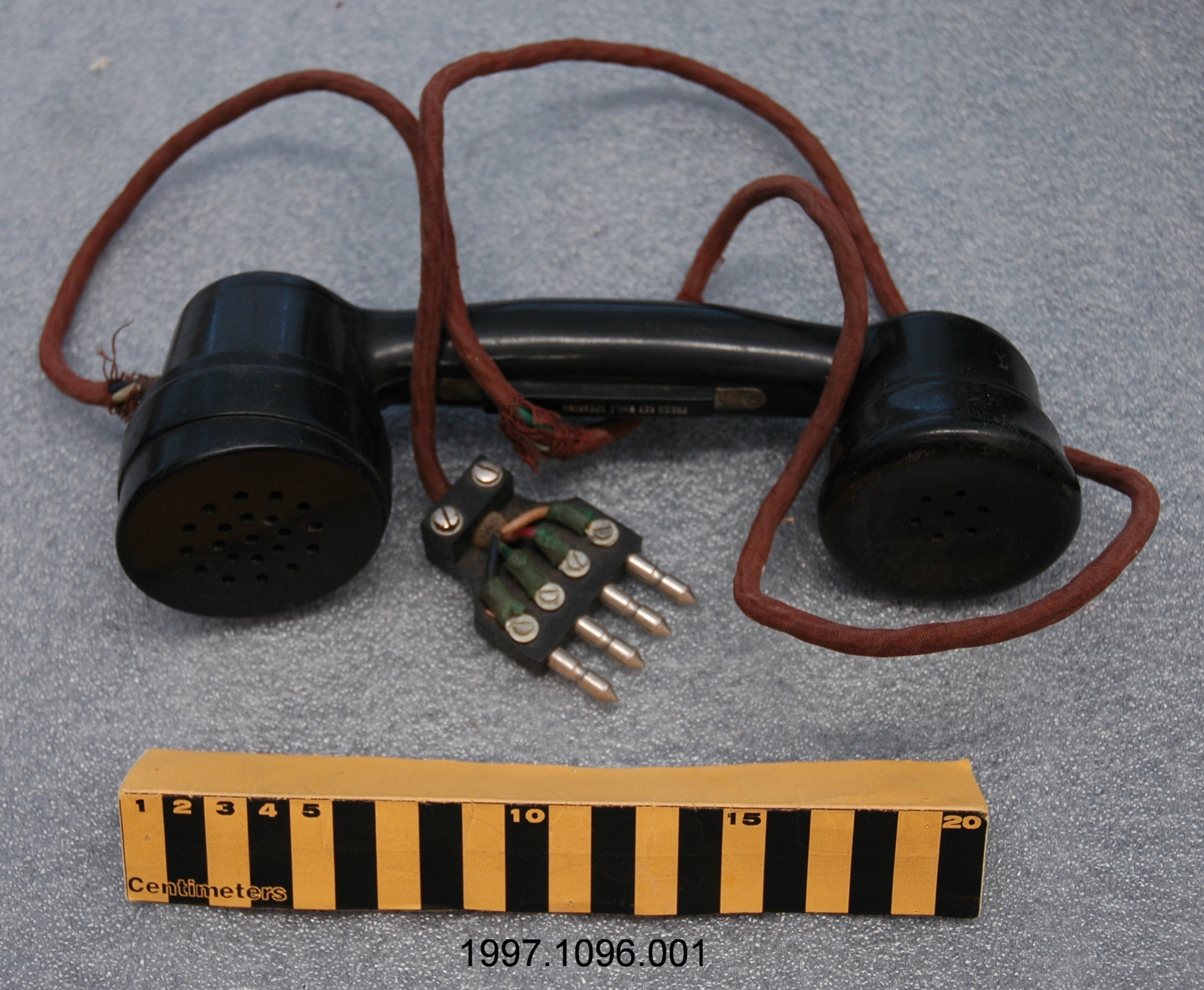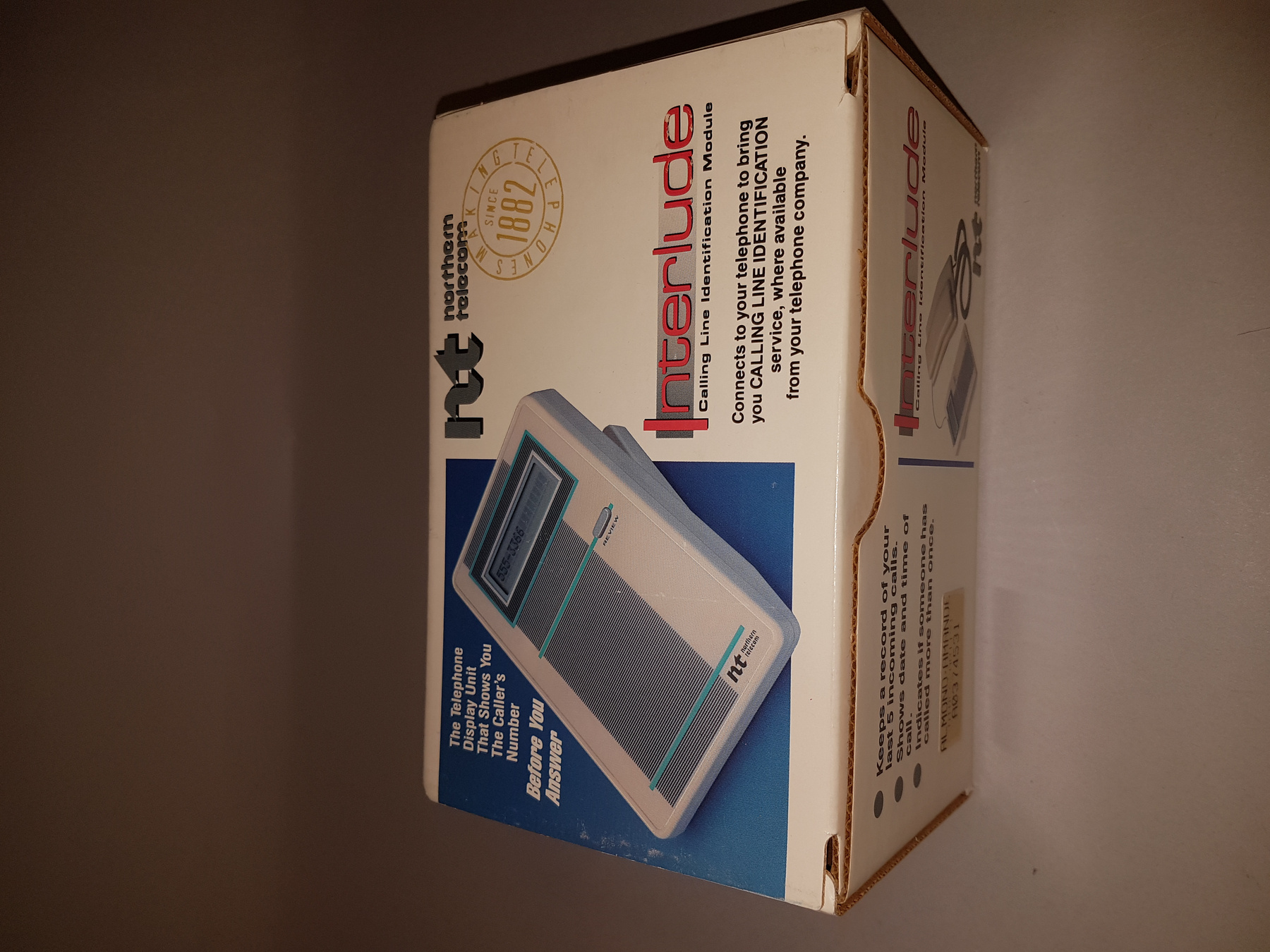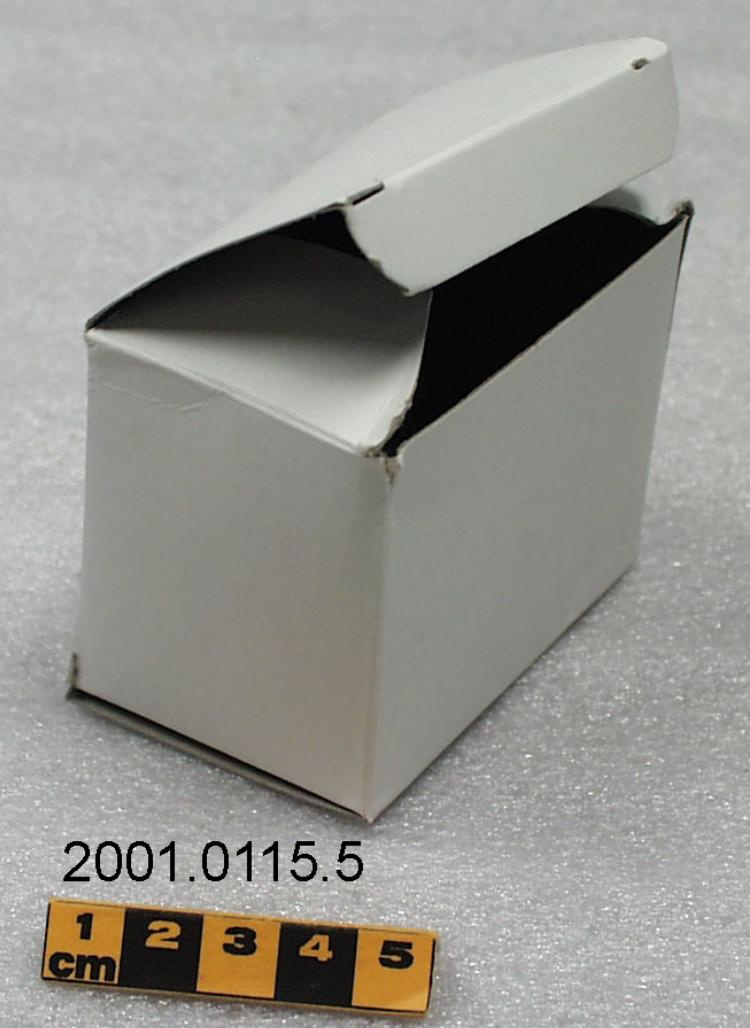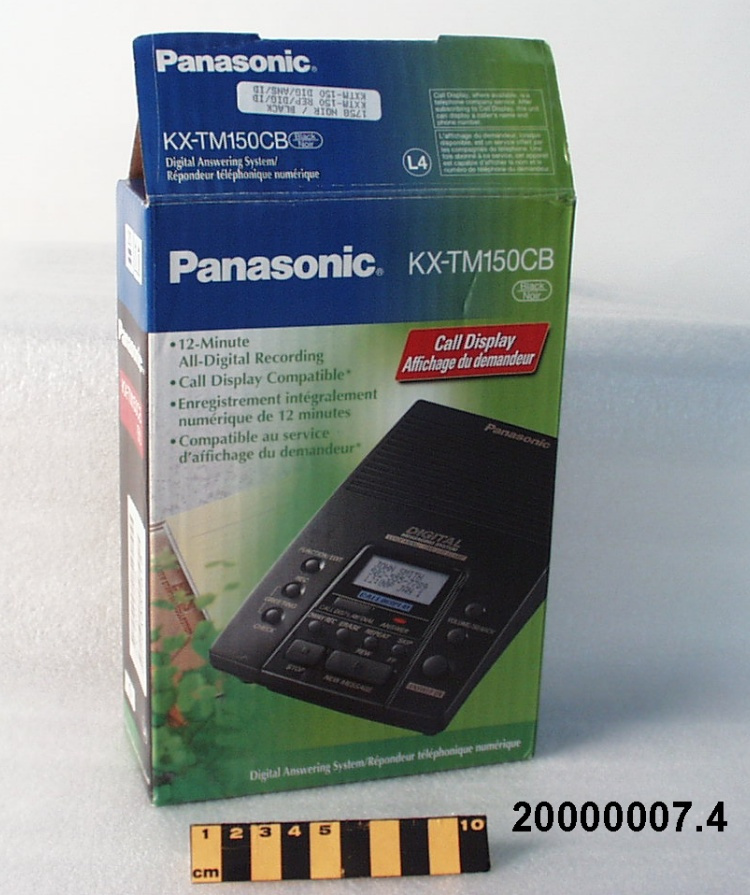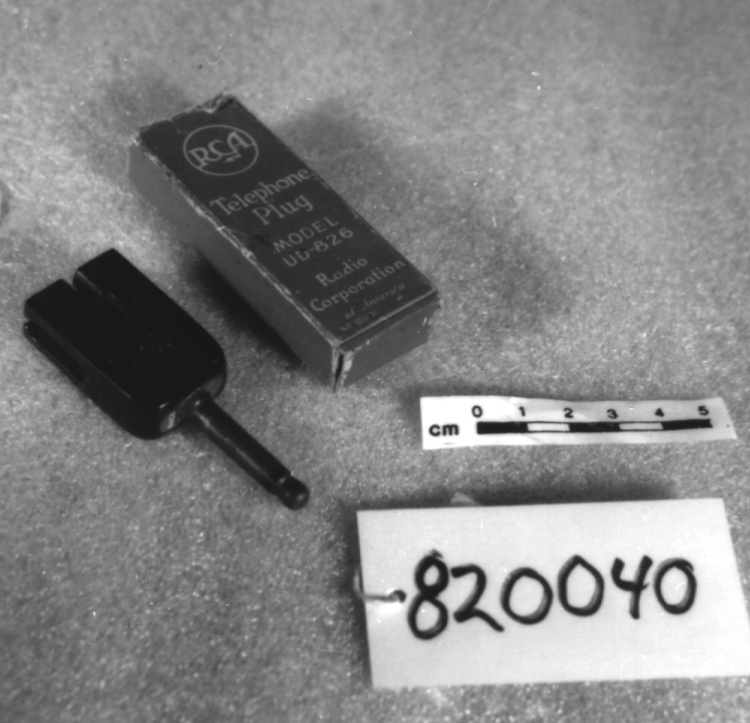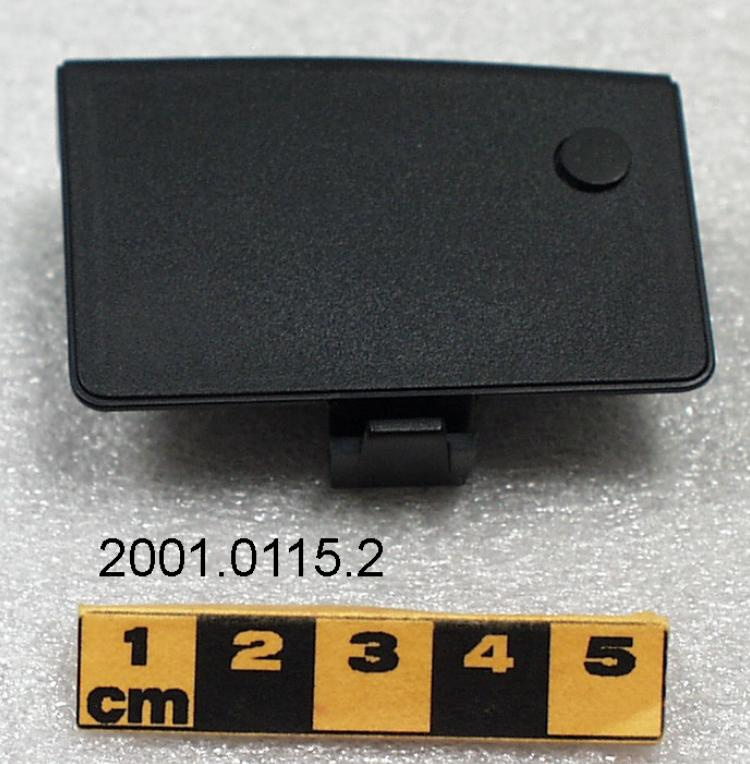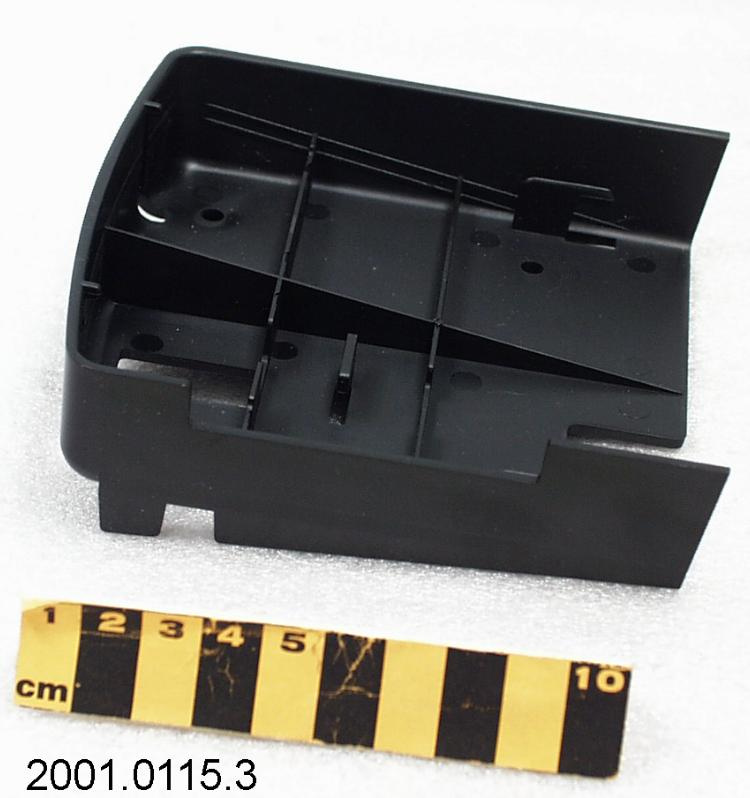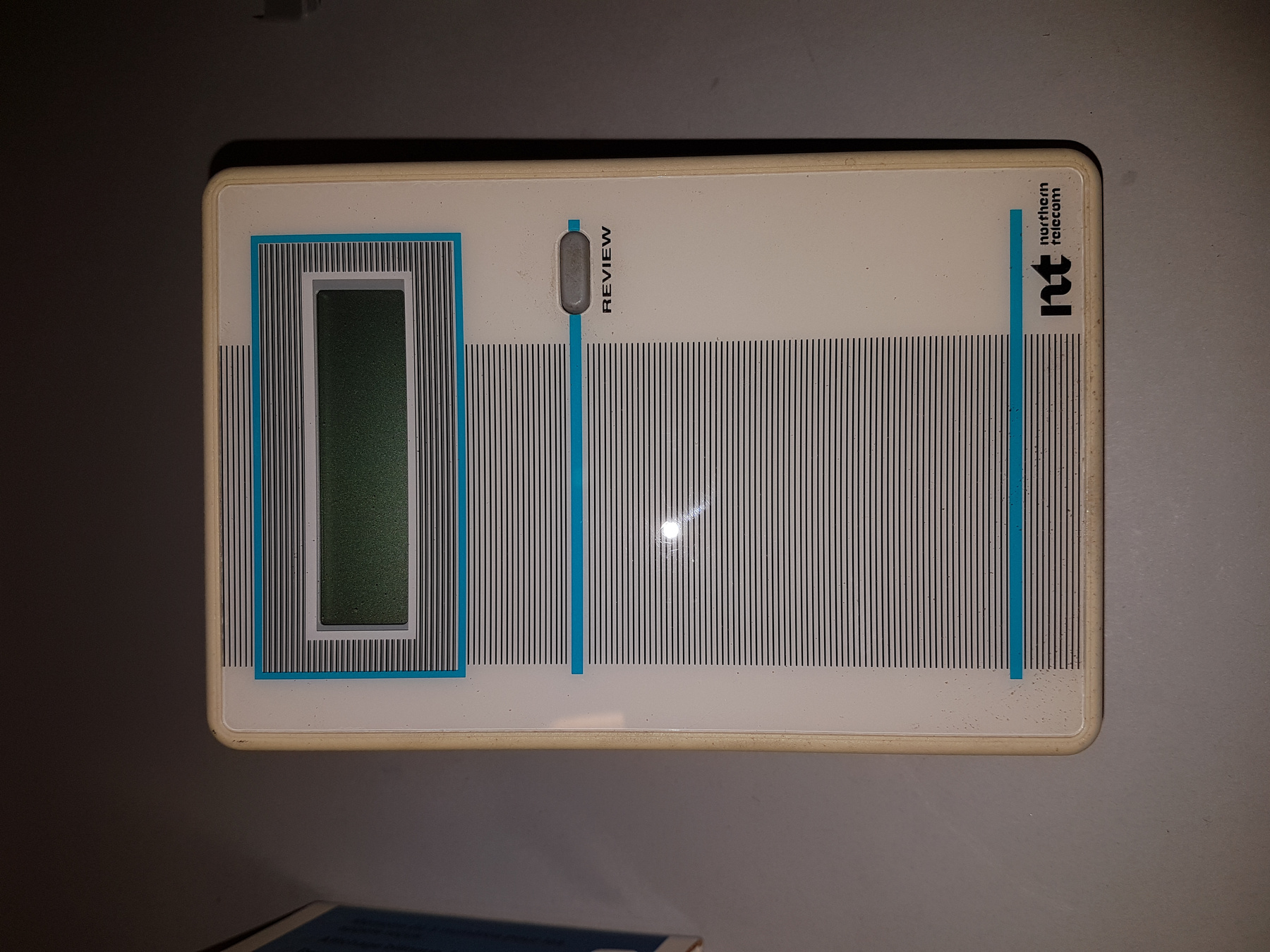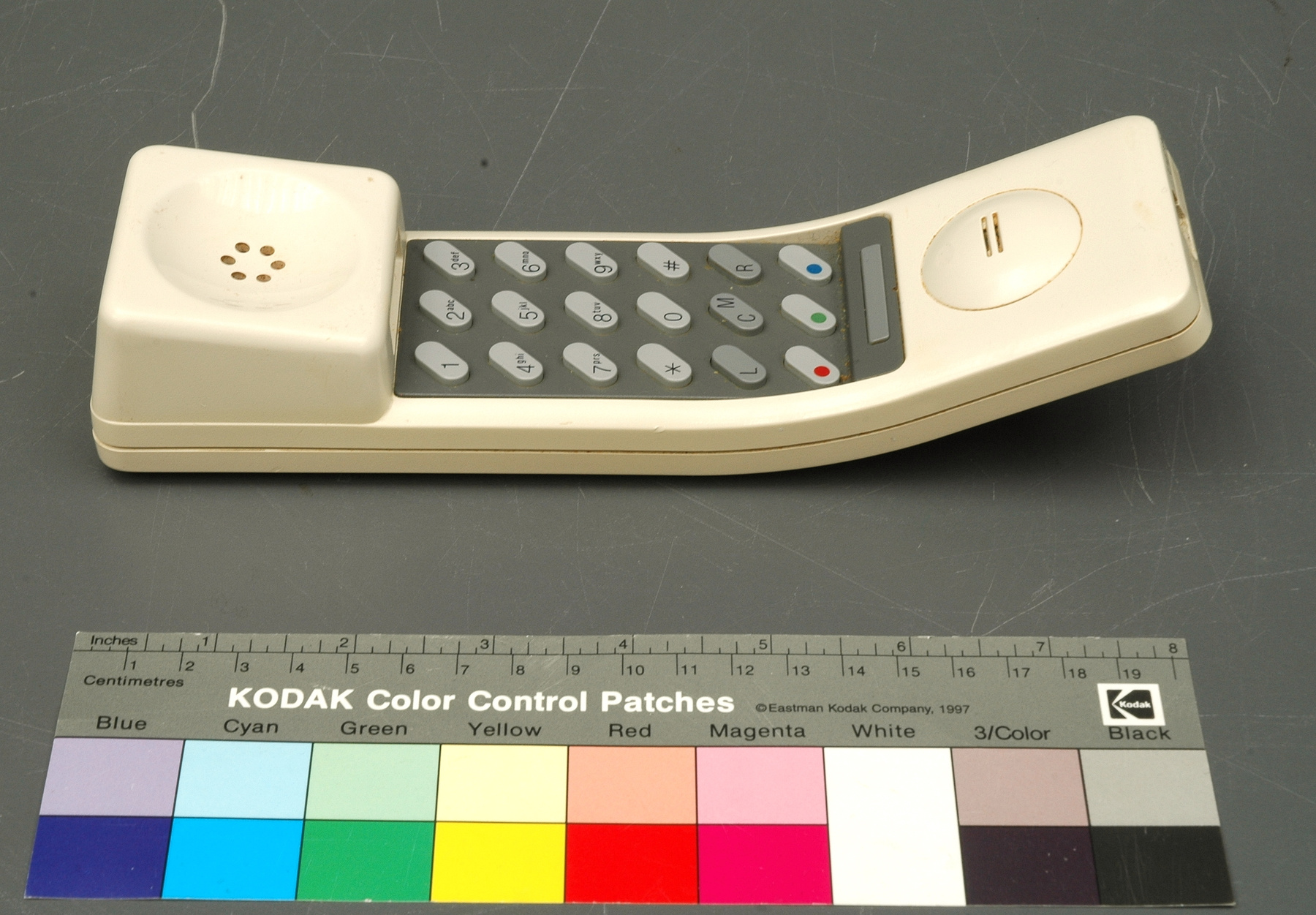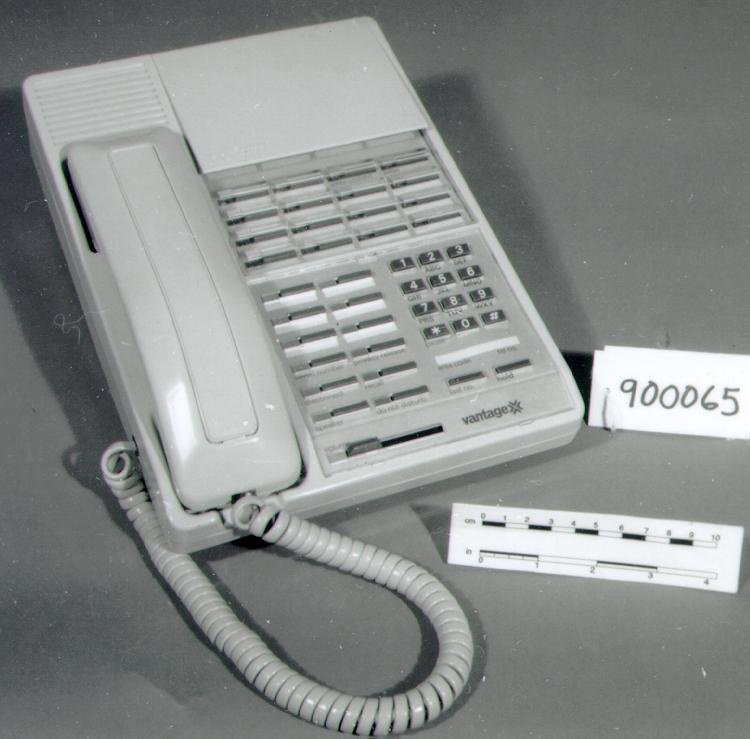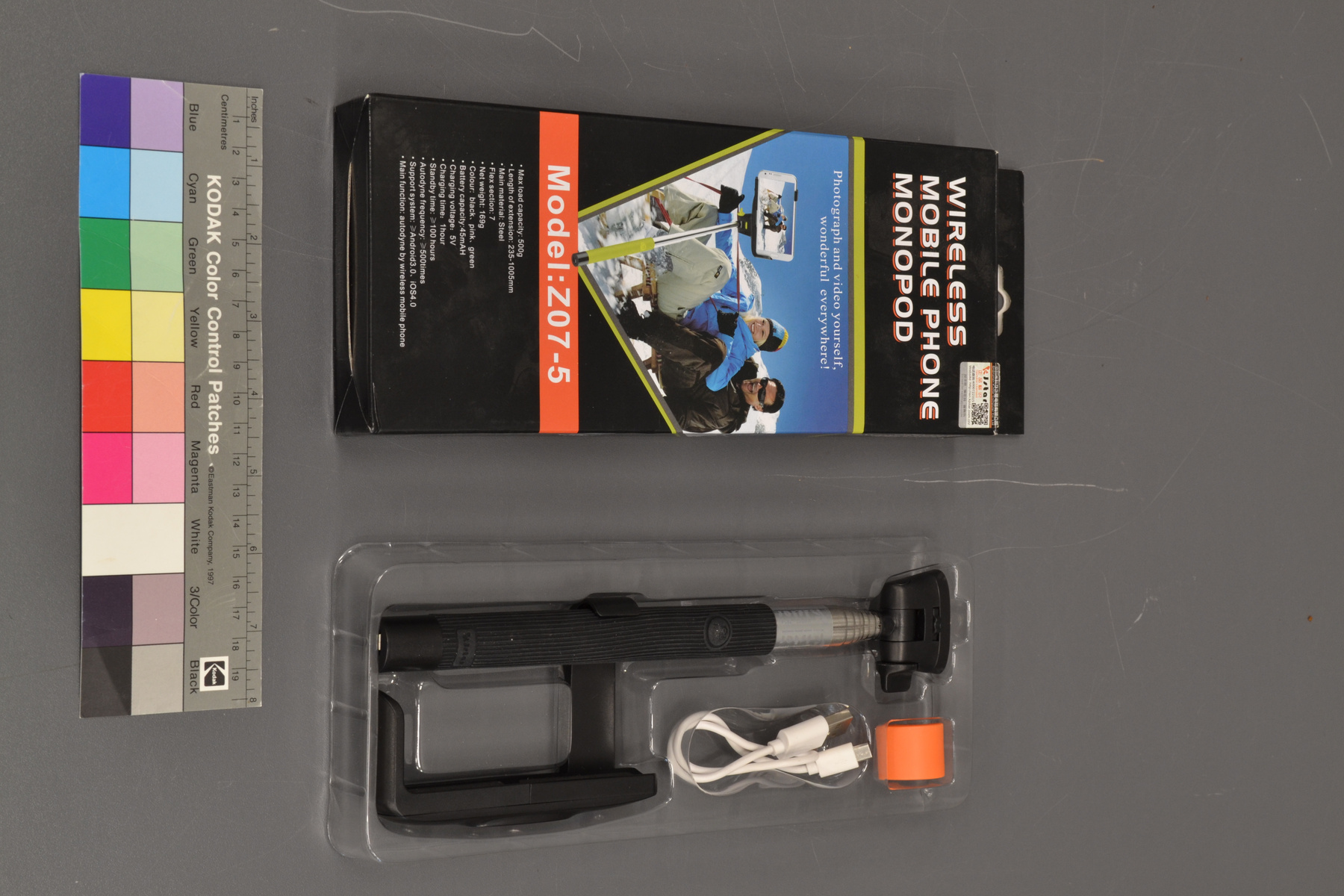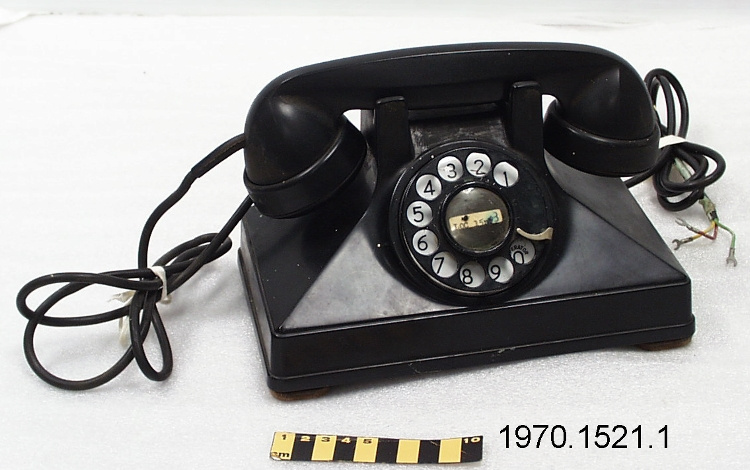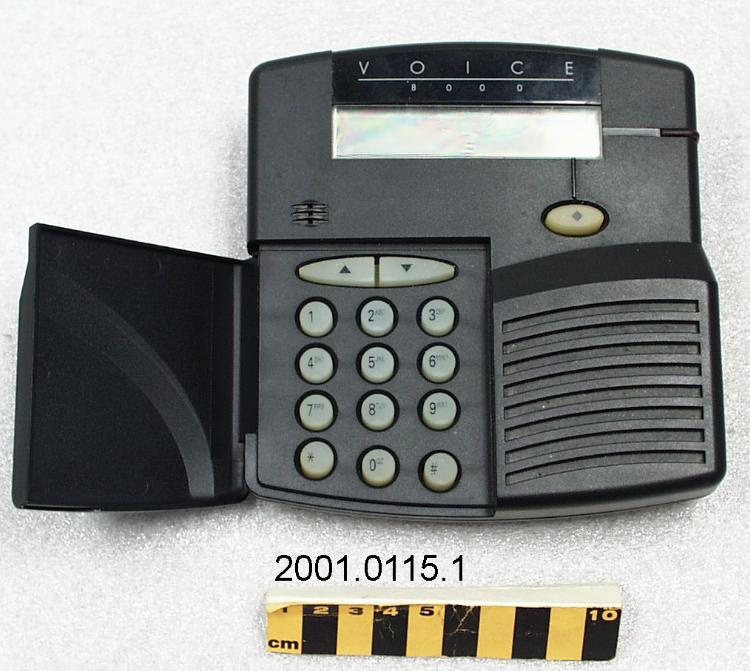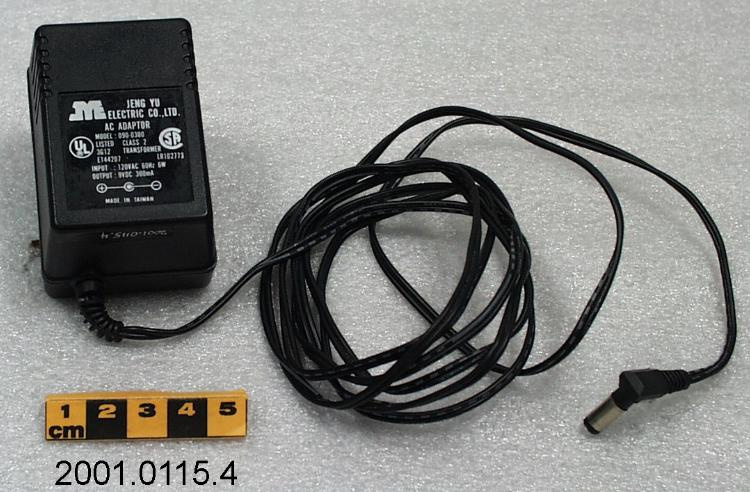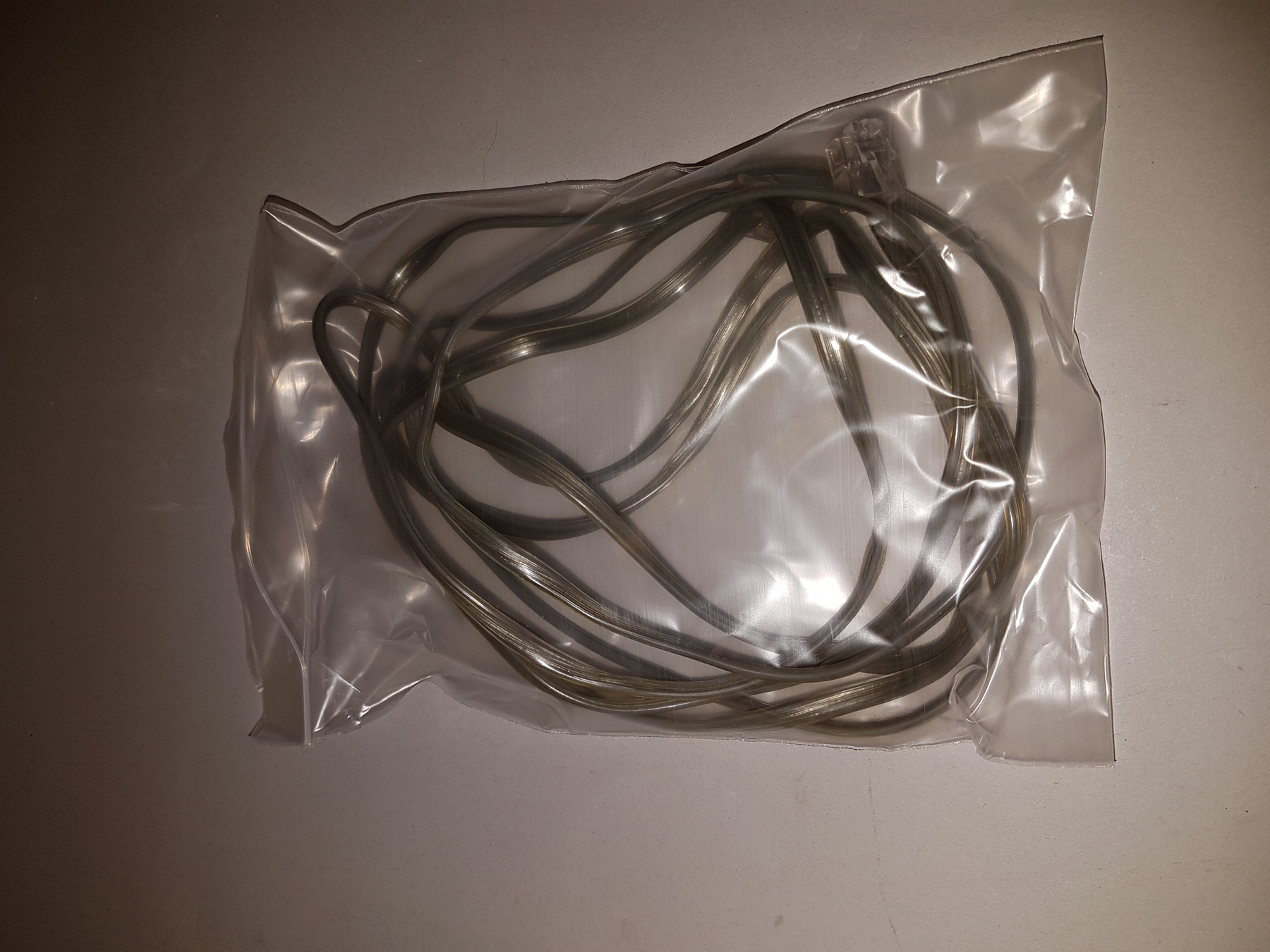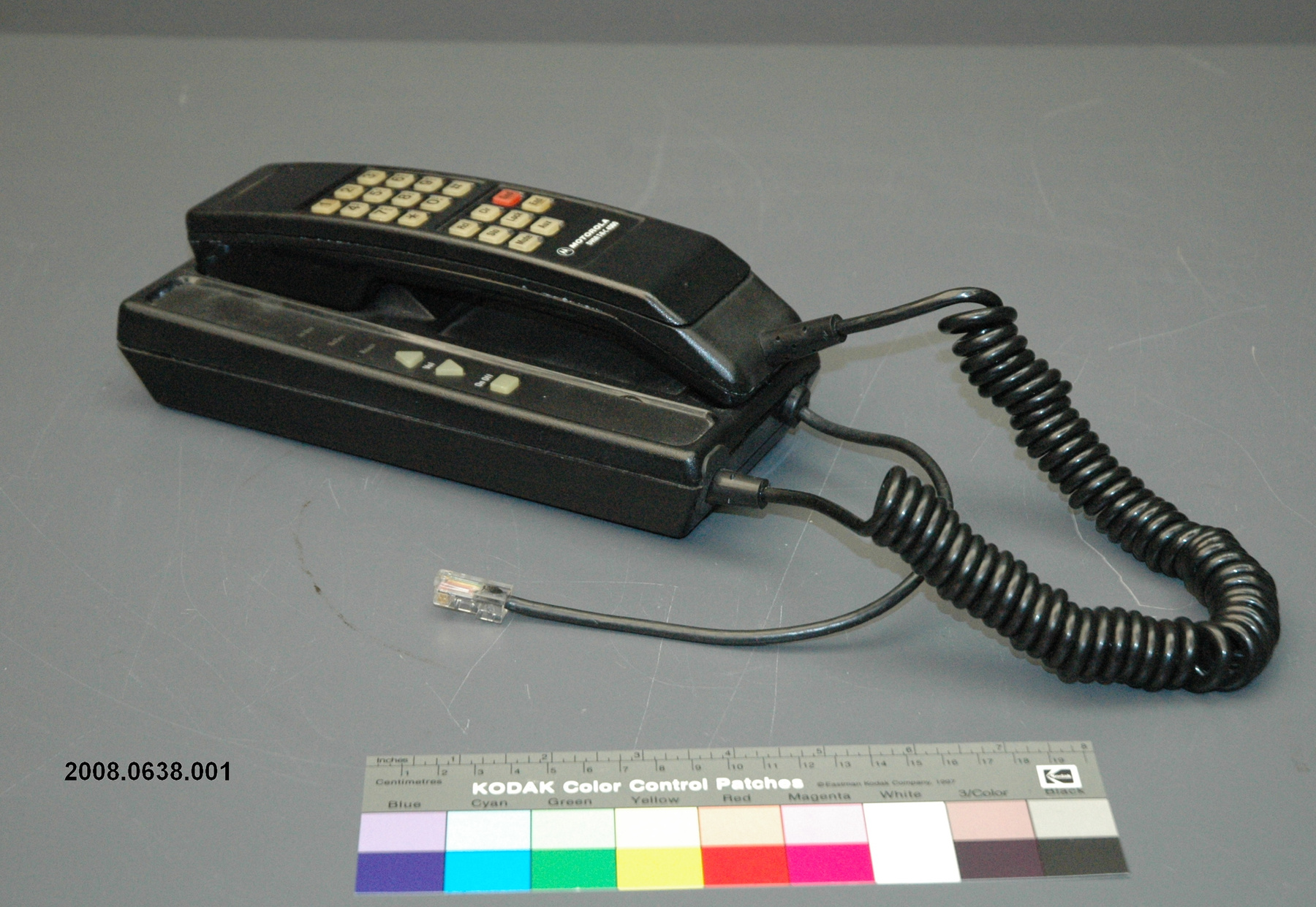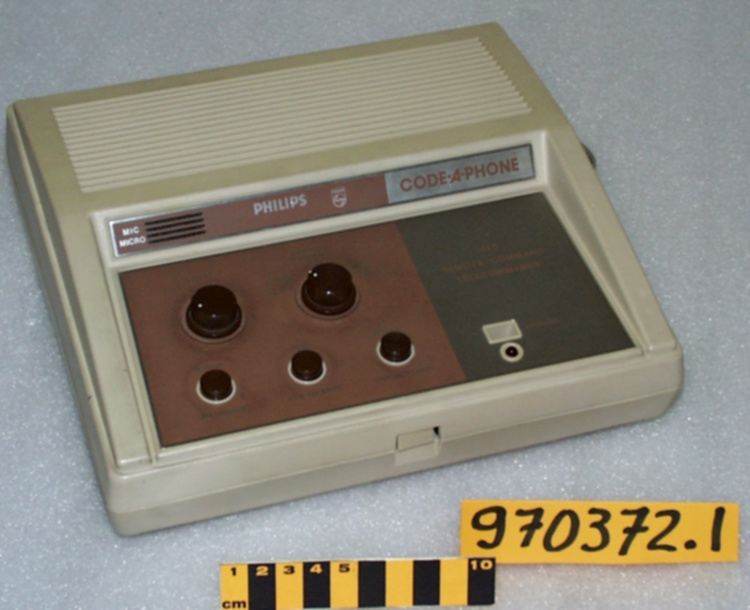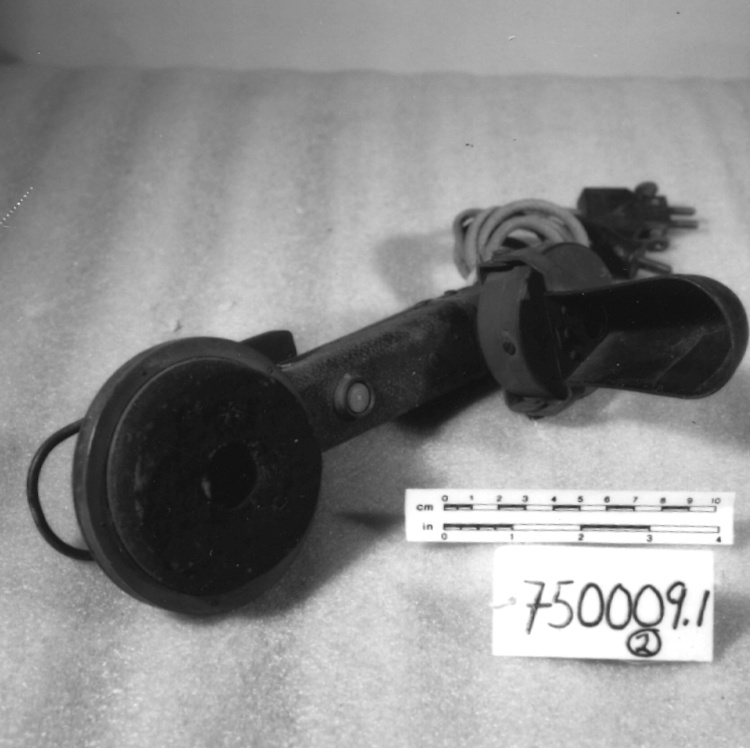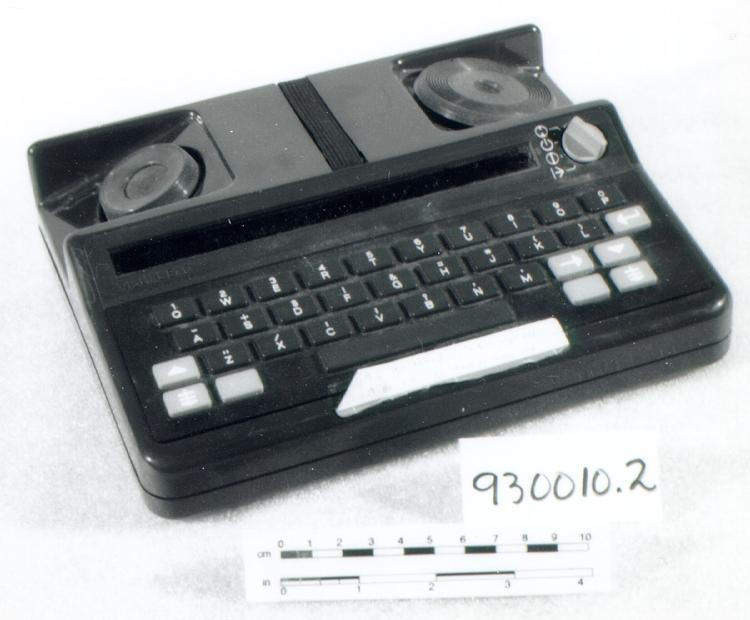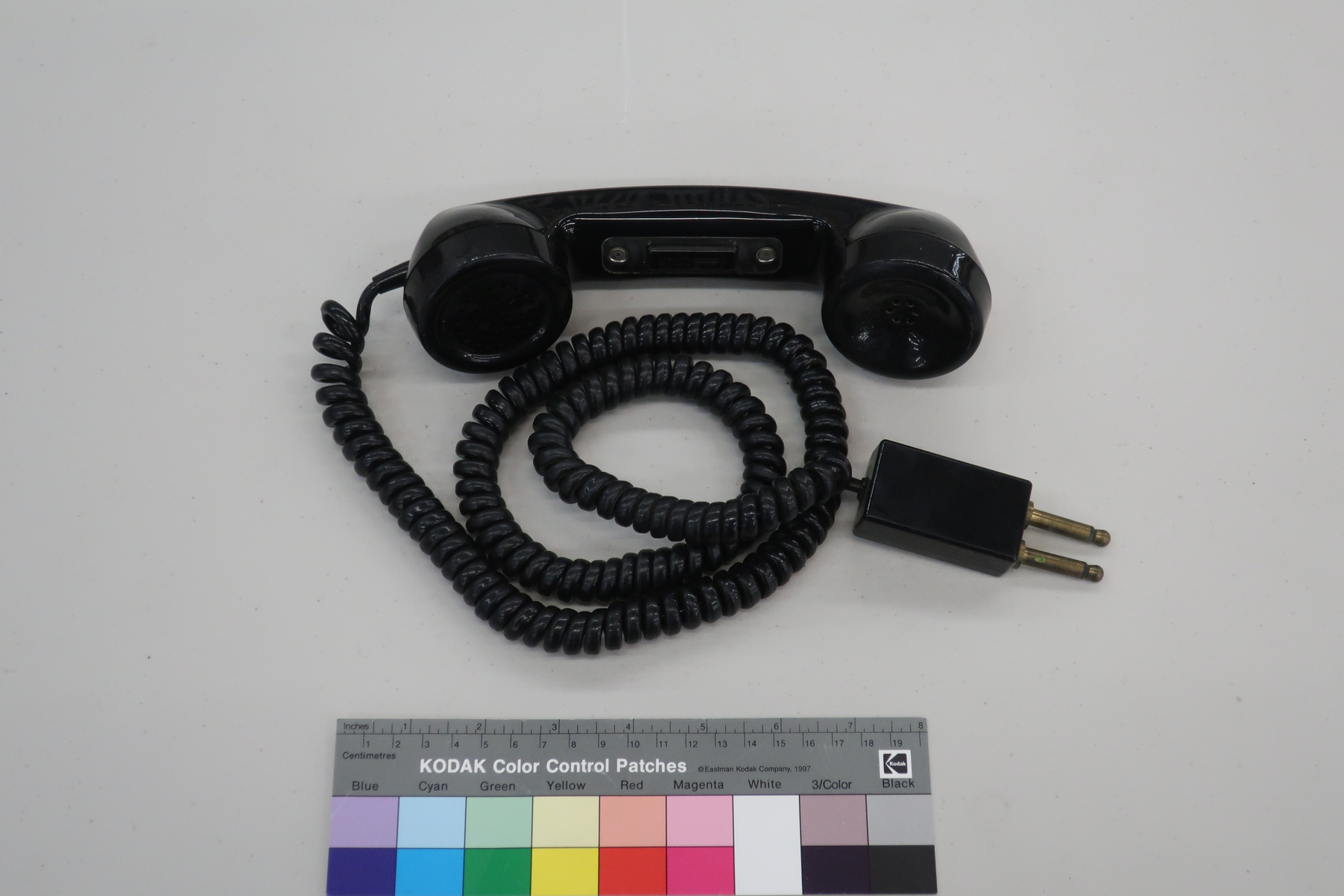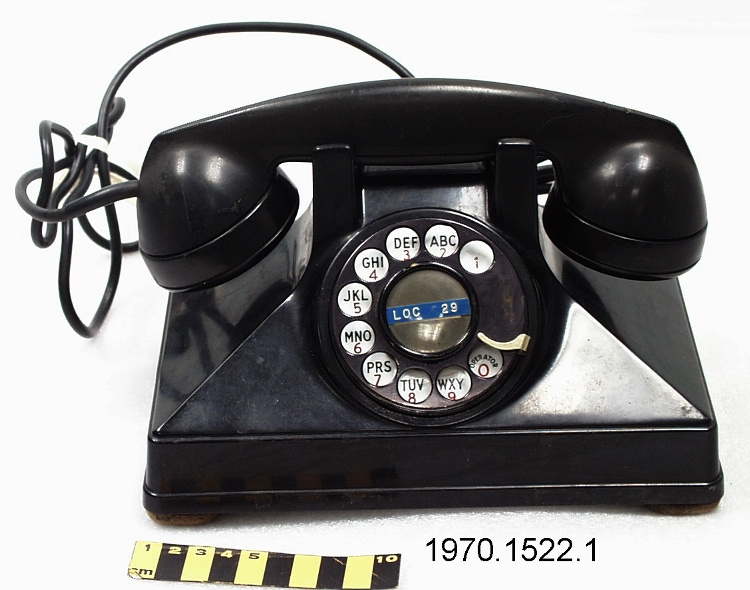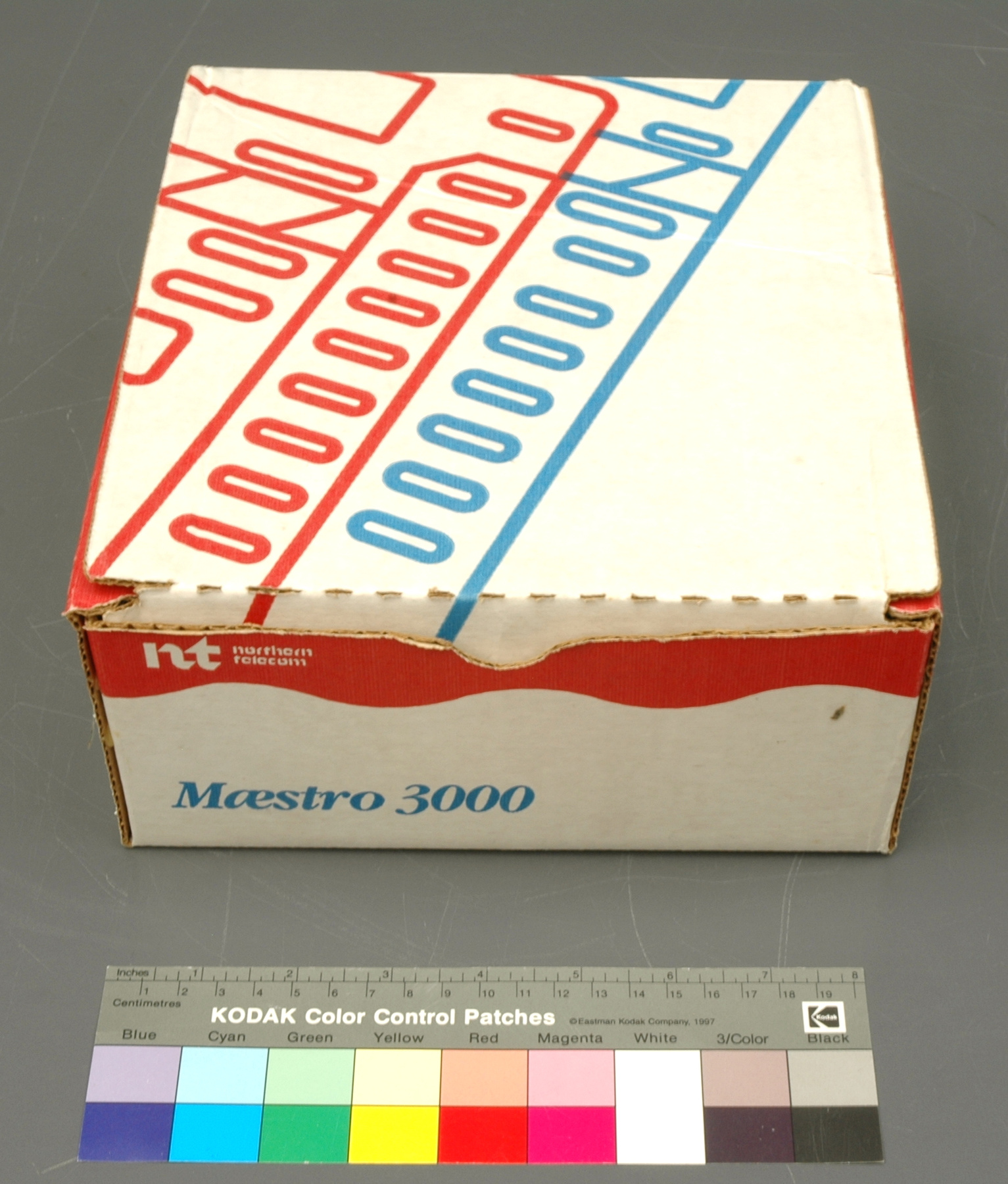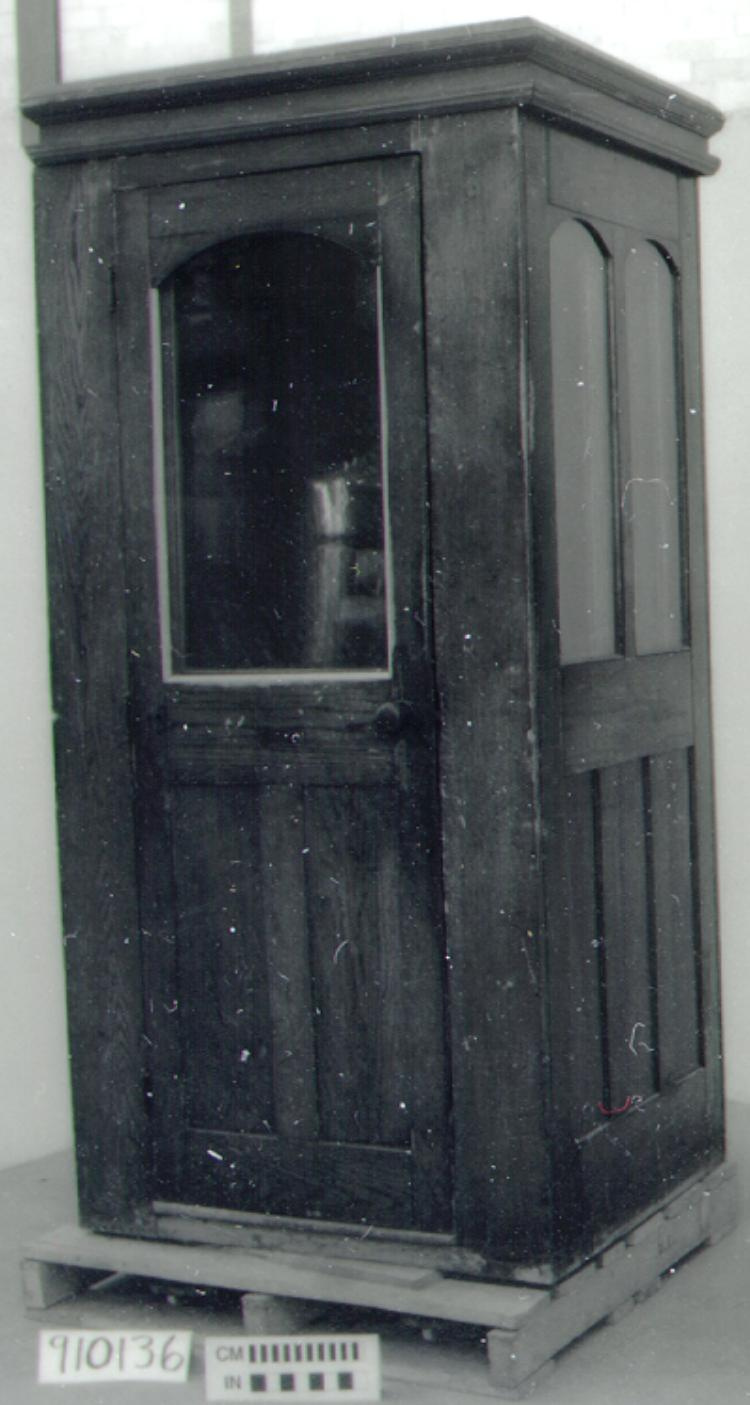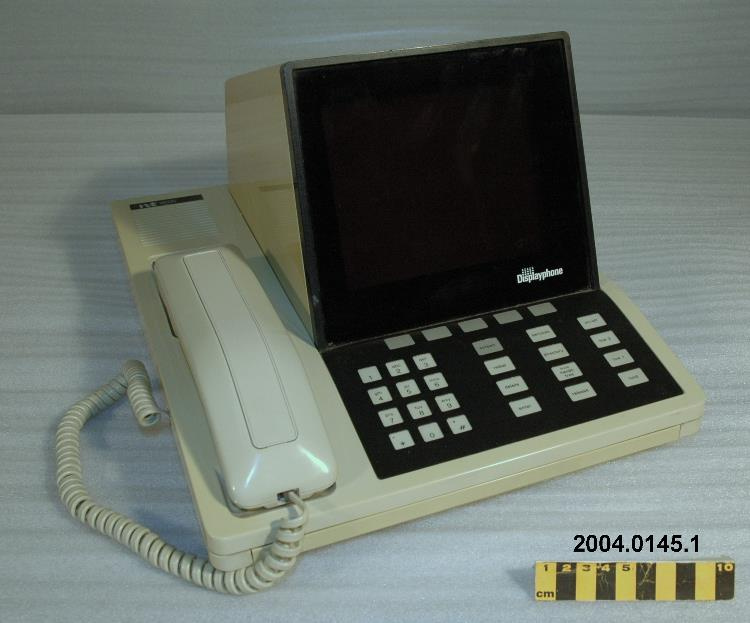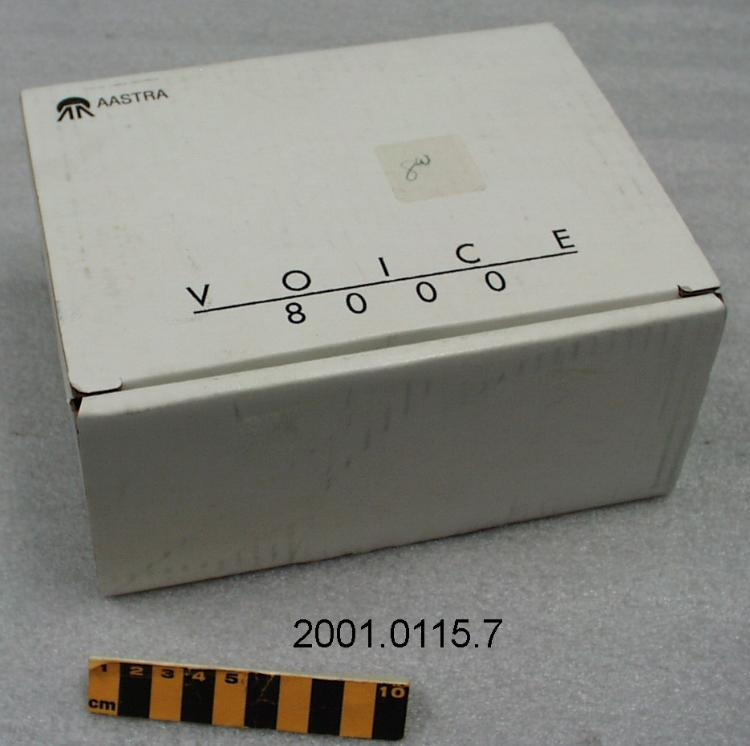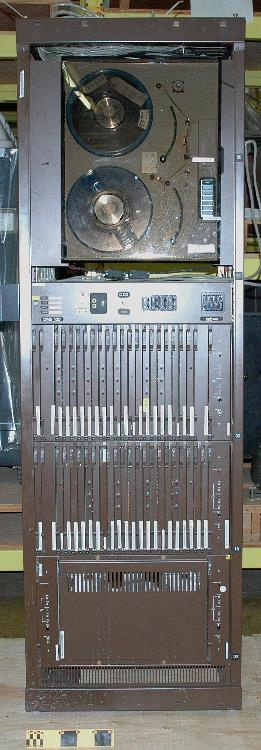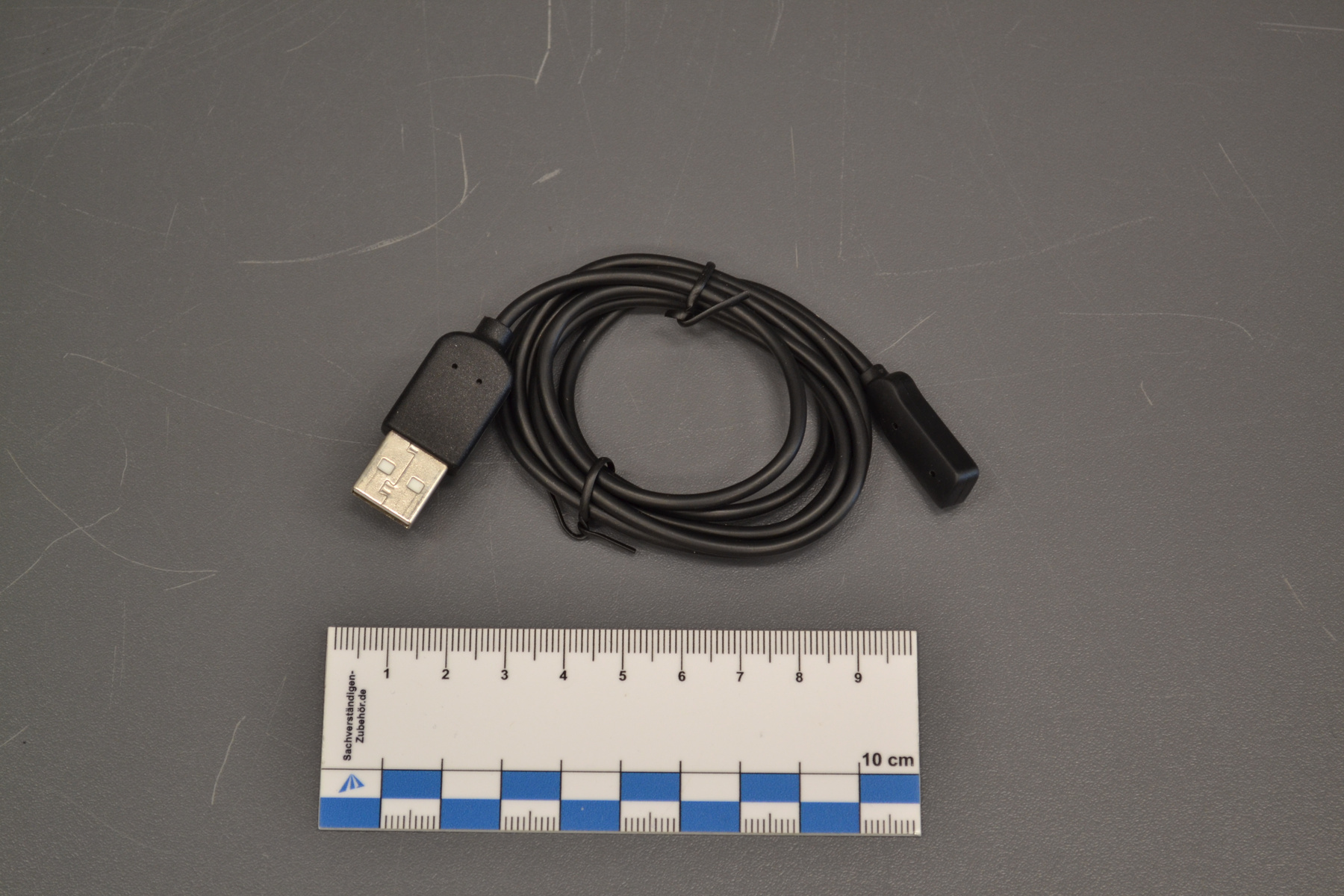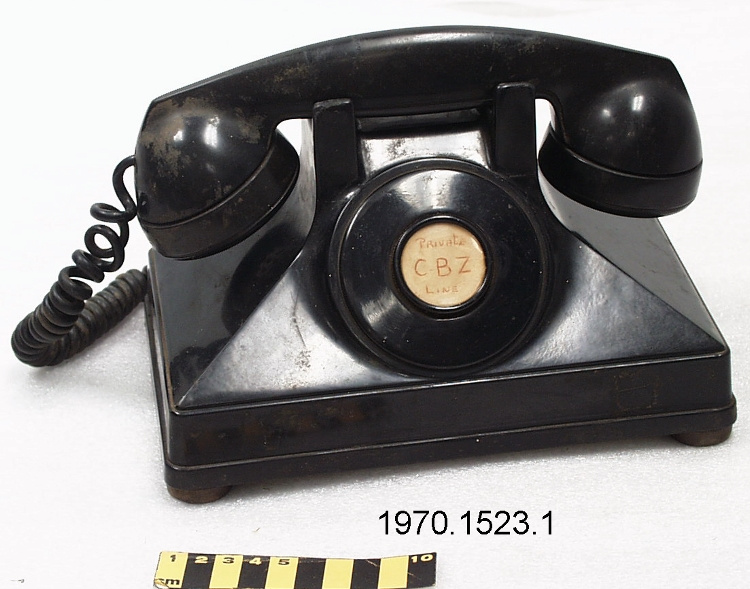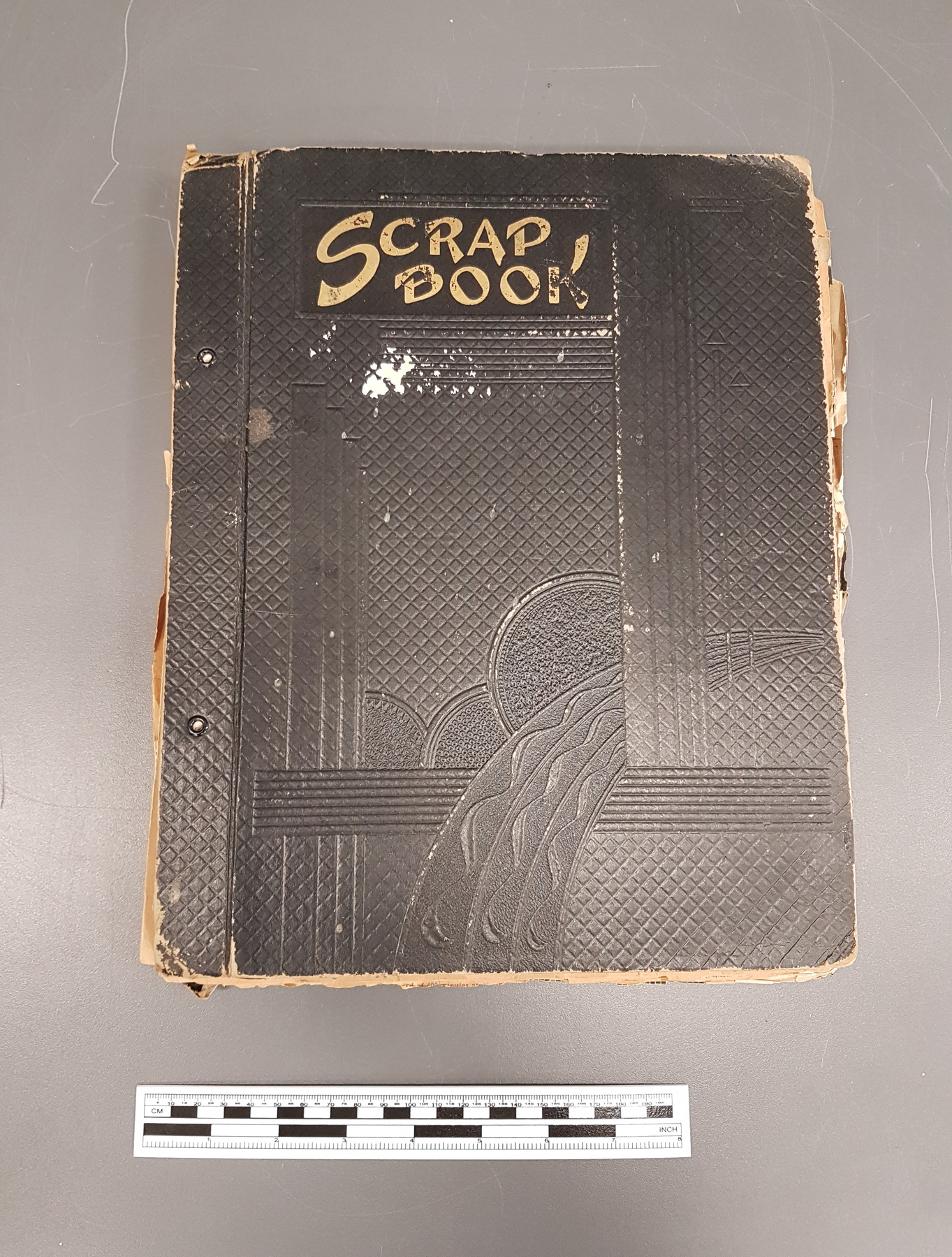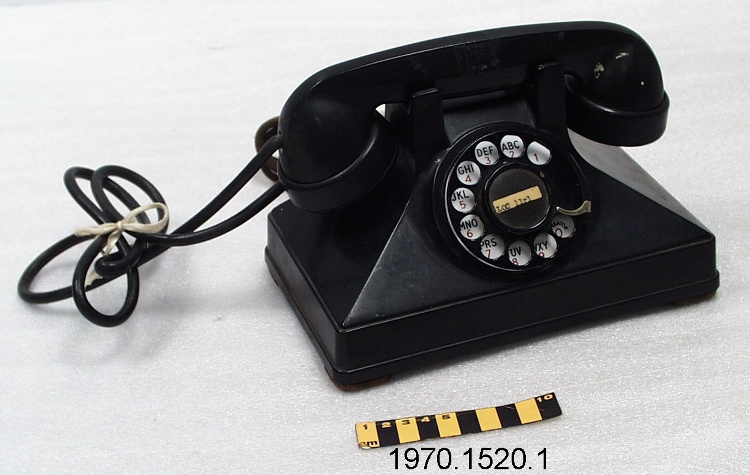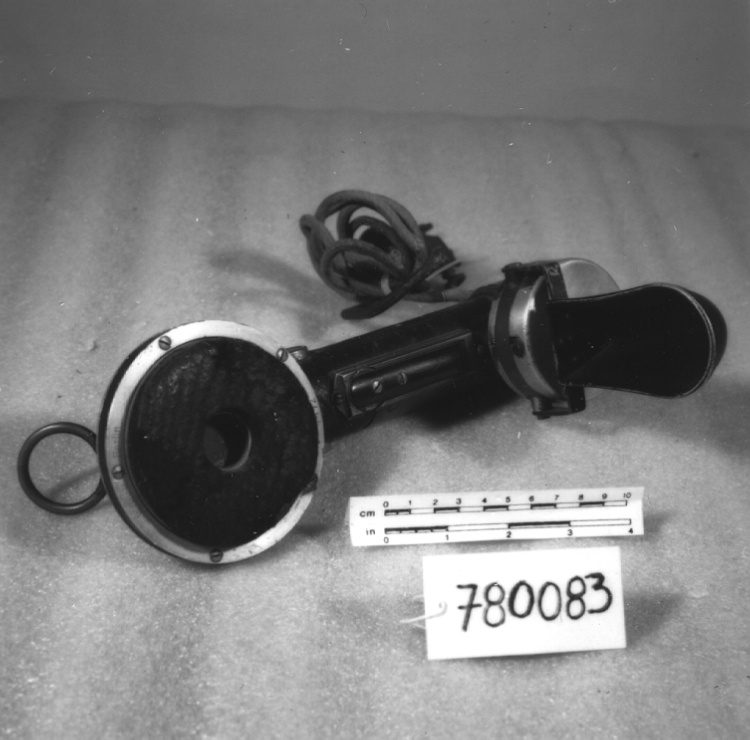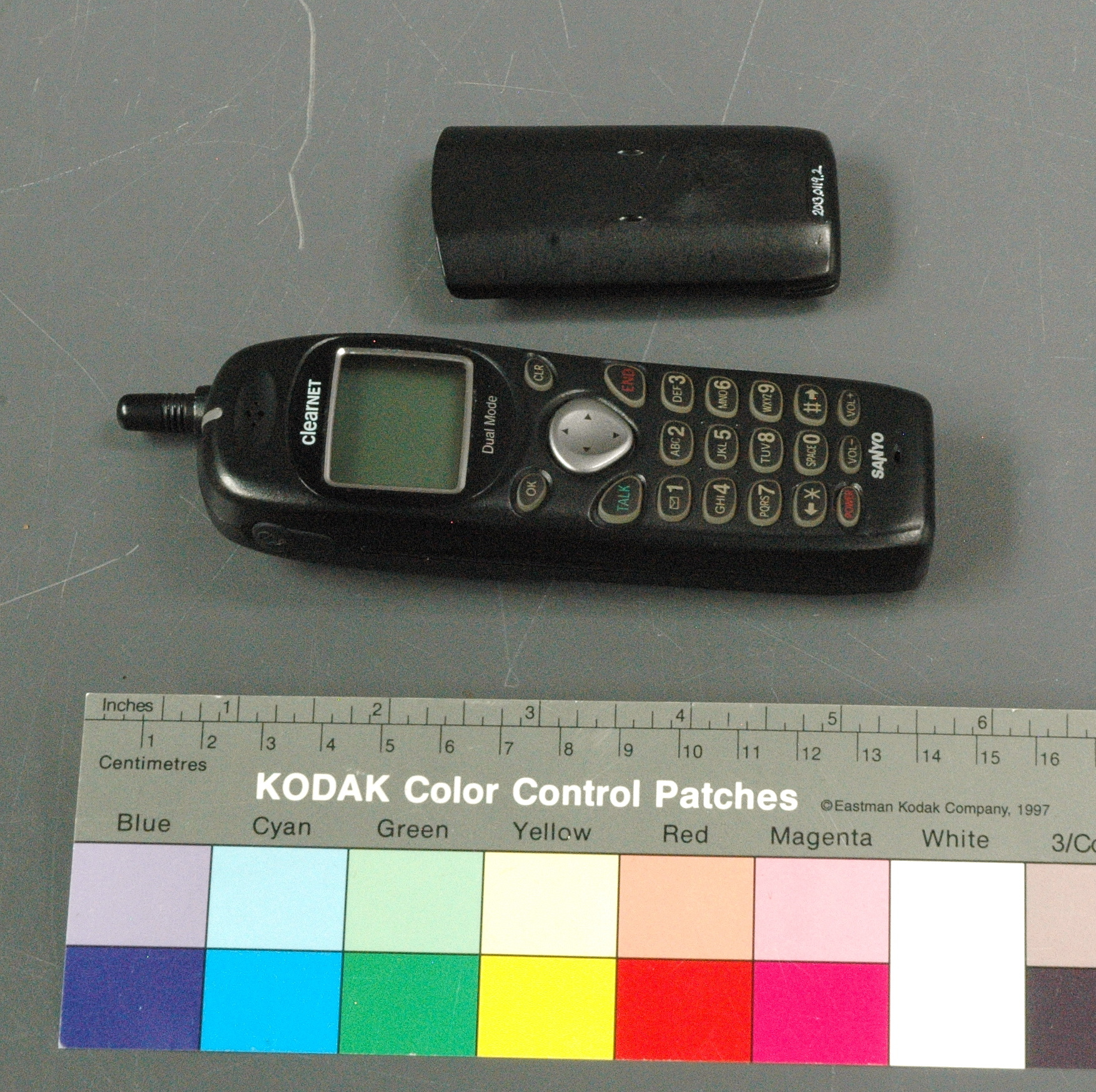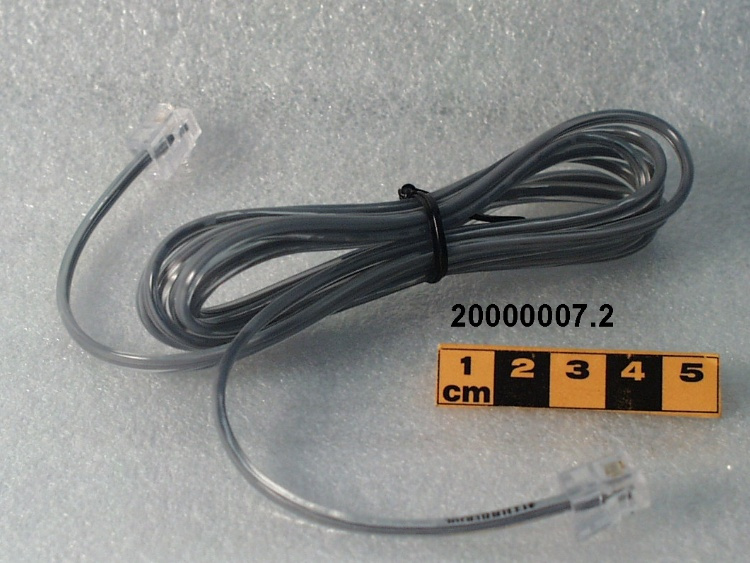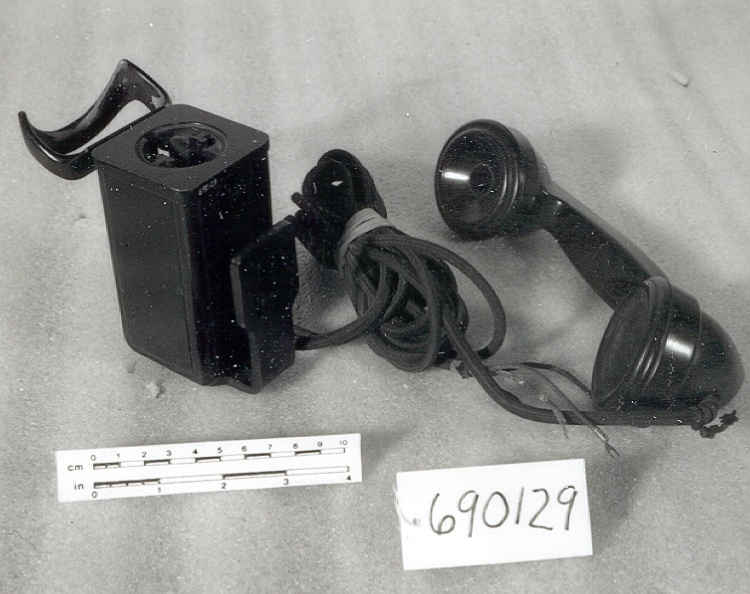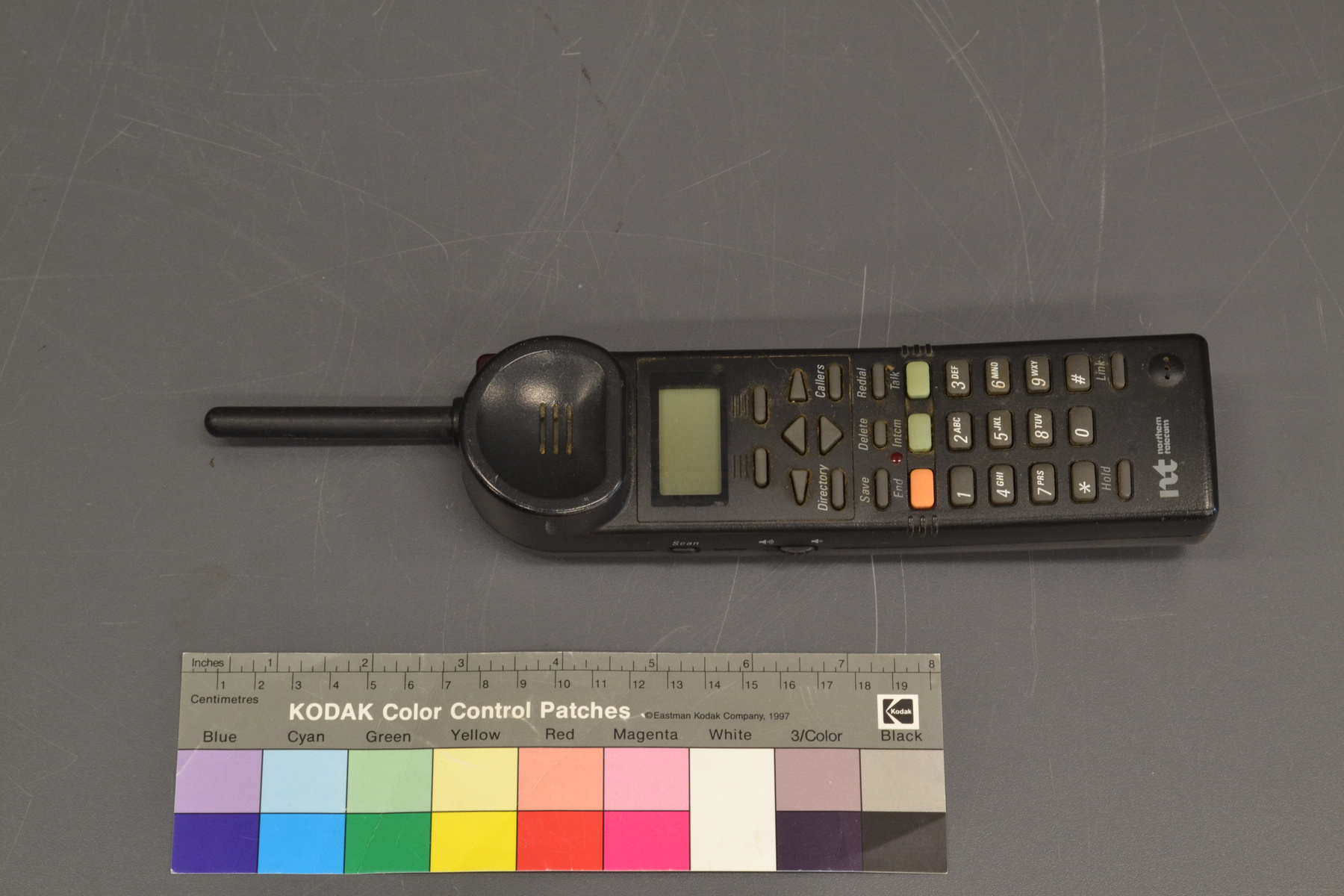Combiné téléphonique
Utiliser cette image
Puis-je réutiliser cette image sans autorisation? Oui
Les images sur le portail de la collection d’Ingenium ont la licence Creative Commons suivante :
Copyright Ingenium / CC BY-NC-ND (Attribution-NonCommercial 4.0 International (CC BY-NC 4.0)
ATTRIBUER CETTE IMAGE
Ingenium,
2018.0174.002
Permalien:
Ingenium diffuse cette image sous le cadre de licence Creative Commons et encourage son téléchargement et sa réutilisation à des fins non commerciales. Veuillez mentionner Ingenium et citer le numéro de l’artefact.
TÉLÉCHARGER L’IMAGEACHETER CETTE IMAGE
Cette image peut être utilisée gratuitement pour des fins non commerciales.
Pour un usage commercial, veuillez consulter nos frais de reproduction et communiquer avec nous pour acheter l’image.
- TYPE D’OBJET
- cordless/caller display
- DATE
- 1994
- NUMÉRO DE L’ARTEFACT
- 2018.0174.002
- FABRICANT
- Northern Telecom
- MODÈLE
- Nomad 6500
- EMPLACEMENT
- Unknown
Plus d’information
Renseignements généraux
- Nº de série
- 5
- Nº de partie
- 2
- Nombre total de parties
- 7
- Ou
- S/O
- Brevets
- S/O
- Description générale
- Synthetic casing and buttons with a metal power contacts. Extérieur synthétique avec boutons et contacte en métal.
Dimensions
Remarque : Cette information reflète la taille générale pour l’entreposage et ne représente pas nécessairement les véritables dimensions de l’objet.
- Longueur
- 27,0 cm
- Largeur
- 5,1 cm
- Hauteur
- 4,5 cm
- Épaisseur
- S/O
- Poids
- S/O
- Diamètre
- S/O
- Volume
- S/O
Lexique
- Groupe
- Communications
- Catégorie
- Téléphonie
- Sous-catégorie
- S/O
Fabricant
- Ou
- Northern Telecom
- Pays
- Inconnu
- État/province
- Inconnu
- Ville
- Inconnu
Contexte
- Pays
- Canada
- État/province
- Ontario
- Période
- ca. 1994
- Canada
-
Nortel developed this telephone in partnership with Sanyo. According to donor Bruce Tsuji, Nortel’s initial idea for this partnership was to use Sanyo’s existing cordless telephone technology in Nortel’s Vista casing, creating a cordless phone for the North American market. However, the project was assigned to Tsuji — project design manager of business and residential terminals for the Corporate Design Group —to redesign the telephone’s casing. Tsuji’s team proposed adding caller ID to the cordless phone. This change, along with using the Vista casing, required reworking of Sanyo’s cordless phone technology and developing new technology. Tsuji’s team worked with Steven Sparksmen, a Nortel employee based in Calgary, and Sanyo on the new technology. The cordless phone went to market in the autumn of 1994. According to the donor, the telephone was very well received, winning consumer electronic awards and selling “like hot cakes.” Nortel a développé ce téléphone en partenariat avec Sanyo. Selon le donateur Bruce Tsuji, l'idée initiale de Nortel pour ce partenariat était d'utiliser la technologie de téléphone sans-fil de Sanyo pour créer un téléphone sans-fil pour le marché nord-américain. Cependant, le projet a été assigné à Tsuji, le gestionnaire de la conception de projets. Son équipe a proposé d'incorporer l'identification de l'appelant pour le téléphone sans-fil. Ce changement exigeait le développement de nouvelles technologies sans-fil. L'équipe à Tsuji a travaillé avec Steven Sparksmen, un employé de Nortel basé à Calgary. Son équipe a aussi travaillé avec Sanyo sur cette nouvelle technologie. Ce téléphone sans-fil a été mis sur le marché en automne 1994. Selon le donateur, le téléphone a été très bien reçue et a gagné des prix des consommateurs. - Fonction
-
To receive and transmit telephone signals and to display caller information to the recipient. Recevoir et transmettre des signaux téléphoniques et affichés l'information de l'appeleur au récipient. - Technique
-
The Nomad 6500 was the first cordless phone with caller identification in the handset. While, in the early 1990s, standard telephones had caller identification, cordless telephones did not yet have this feature because of the difficulty in transmitting data between the base and handset. Data loss, acceptable when voice was the only thing being transmitted, made the transfer of telephone numbers impossible. To overcome this problem, Nortel and Sanyo built in error checking. The direction that the telephone was mounted-keypad facing out, rather than facing the base-changed so that the display would be visible when the handset was in the base. (This change was cheaper than putting caller identification screens in both the base and the handset.) The Nomad 6500 was produced before name delivery service, but developers predicted the service would soon be available, and designed the telephone accordingly. When it was released, users could program the telephone to recognize certain numbers and identify them with known contacts. The audio for the Nomad 6500 was tested in Ottawa, at Nortel’s anechoic chamber. The rest of the technology was tested in Calgary and Japan. Le modèle Nomad 6500 a été le premier téléphone sans-fil avec l'identification de l'appelant. Malgré, dans le début des années 1990, les téléphones réguliers avec l'identification à l'appelant, les téléphones sans-fil n'avaient pas encore cette caractéristique en raison de la difficulté de transmission de donnés entre la base et l'appareil téléphonique. L'audio pour le modèle Nomad 6500 a été testé à Ottawa, dans la chambre anéchoïque de Nortel. Le restede la technologie a été testé à Calgary et au Japon. La direction dans laquelle le téléphone était monté - clavier vers l'extérieur, plutôt que face à la base - a changé pour faire en sorte que l'affichage serait visible lorsque l'appareil téléphonique était dans la base. Cette option était moins chère que de mettre des écrans d'identification dans la base et dans l'appareil téléphonique. - Notes sur la région
-
Inconnu
Détails
- Marques
- Printed on the proper front of the handset: "Directory/ Callers/ Save/ Delete/ Redial/ End/ Intcm/ Talk/ Hold/ Link/ [logo] nt/ northern/ telecom"/ Printed on the proper right side: "Scan"/ Moulded in the synthetic of the casing on the proper back: "[logo] nt/ northern/ telecom"
- Manque
- Appears complete
- Fini
- Predominantly black textured synthetic casing with light grey printed markings, grey, green and orange buttons with white markings, red indicator lights, a white label on the bottom, and a grey LCD screen. Extérieur synthétique principalement noir avec marques imprimé en gris. Boutons gris, vert et orange avec marques blanches, lumières d'indicateur rouge et un étique blanc sur le dessous, avec un écran LCD gris.
- Décoration
- S/O
FAIRE RÉFÉRENCE À CET OBJET
Si vous souhaitez publier de l’information sur cet objet de collection, veuillez indiquer ce qui suit :
Northern Telecom, Combiné téléphonique, 1994, Numéro de l'artefact 2018.0174, Ingenium - Musées des sciences et de l'innovation du Canada, http://collection.ingeniumcanada.org/fr/id/2018.0174.002/
RÉTROACTION
Envoyer une question ou un commentaire sur cet artefact.
Plus comme ceci
